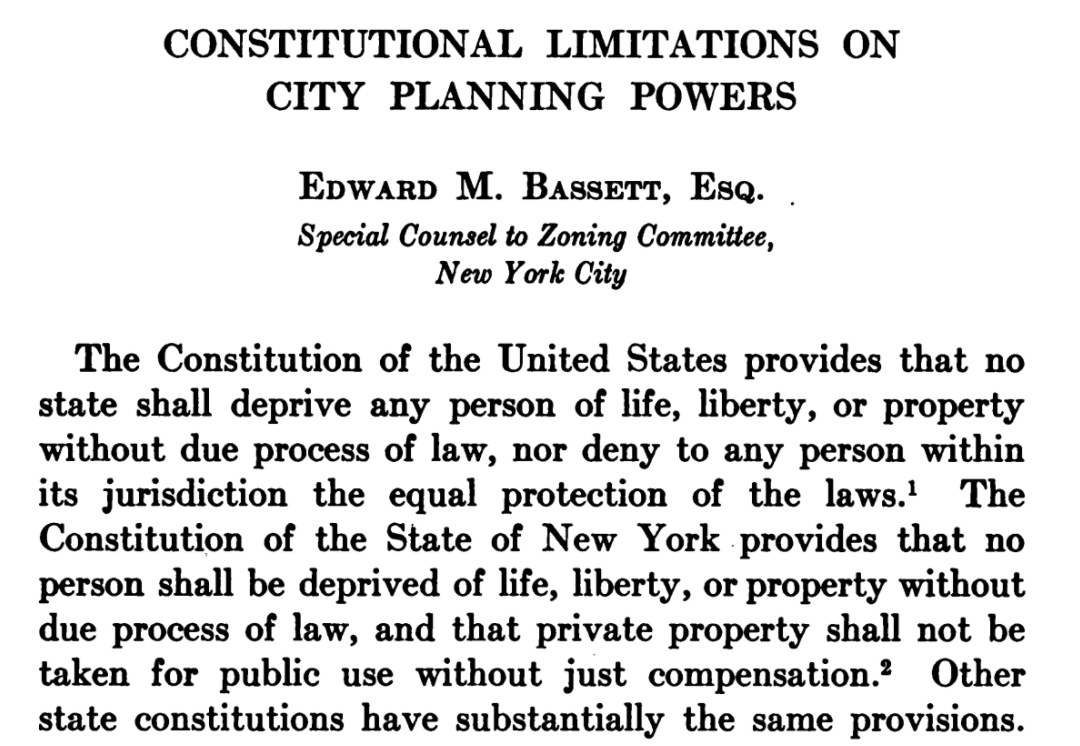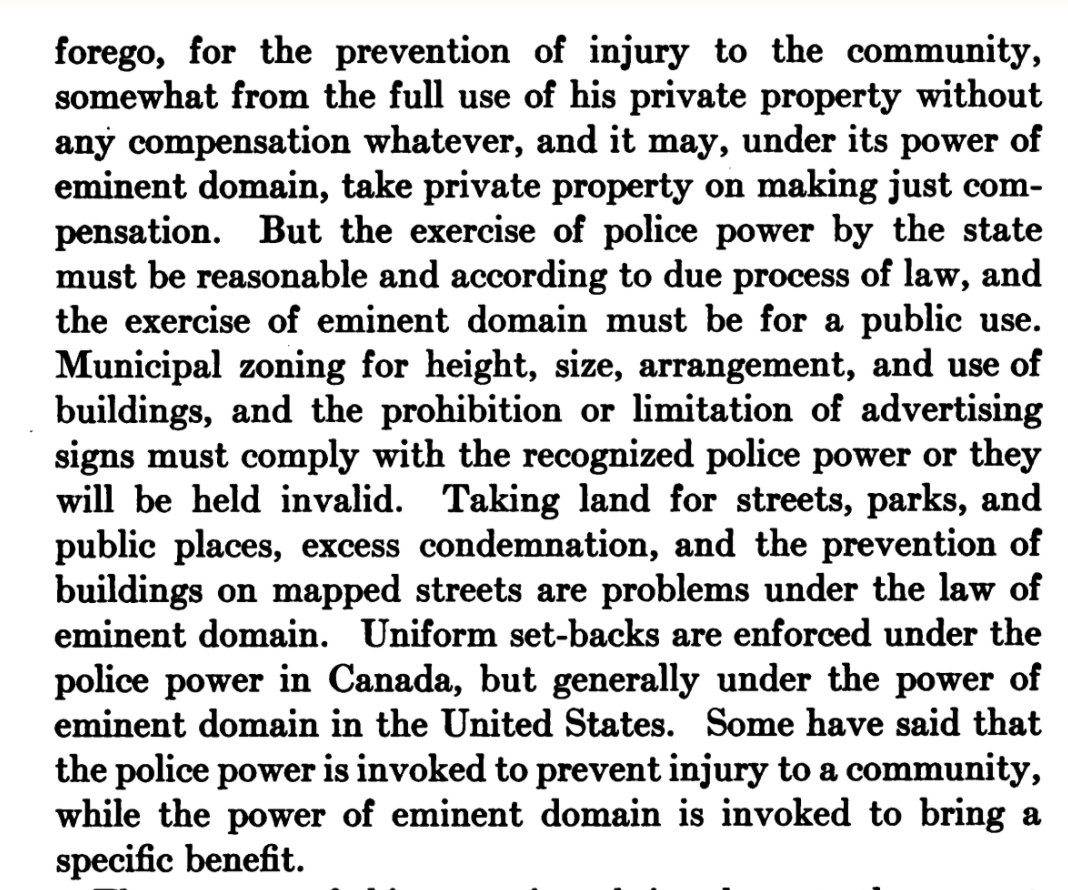There was some interest in my tweeting out the proceedings of the 1918 US City Planning conference after racial zoning was struck down. Was 1917 in Kansas City as exciting? Let& #39;s find out! https://babel.hathitrust.org/cgi/pt?id=hvd.li3hlp&view=1up&seq=1">https://babel.hathitrust.org/cgi/pt...
Thanks to @HarvardLibrary for preserving this, @hathitrust for sharing it, and @mnolangray for expressing interest in this topic.
For those who missed the 1918 conference, I recorded my impressions here https://twitter.com/LyleSollaYates/status/1201699450550411265">https://twitter.com/LyleSolla...
This was the personal possession of Theodora Kimball Hubbard, who consolidated the Landscape Architecture library at Harvard after taking over from her brother Fiske Kimball. She was also the first woman
@APA_Planning member https://en.wikipedia.org/wiki/Theodora_Kimball_Hubbard">https://en.wikipedia.org/wiki/Theo...
@APA_Planning member https://en.wikipedia.org/wiki/Theodora_Kimball_Hubbard">https://en.wikipedia.org/wiki/Theo...
Lots of big names are in Kansas City for this. We have Bettman, we have Purdy over and over, you know we have President Frederick Law Olmsted Jr, we have Bassett all the way from NYC, and the prolific John Nolen, a key figure of Silver& #39;s Racial Origins of Zoning.
Sadly no Harland Bartholomew presentation for this one, but I have high expectations for Nolen here. You can read Silver& #39;s take on him here: https://www.asu.edu/courses/aph294/total-readings/silver%20--%20racialoriginsofzoning.pdf">https://www.asu.edu/courses/a...
Just to get you situated, we are in Jim Crow Kansas City, MO, 1917, a place of tremendous wealth, beauty, innovation, car dependence, and discrimination. Bartholomew would later reference the Country Club District as his goal for all communities. https://interactive.wttw.com/ten/towns/more/country-club-district">https://interactive.wttw.com/ten/towns...
WWI is raging but we& #39;re not quite in it yet. Segregation including racial zoning is fully legal and widely practiced, Wilson is president, and a nasty flu is being reported in the UK and Austria. #January%E2%80%93March">https://en.wikipedia.org/wiki/1917_in_the_United_States #January%E2%80%93March">https://en.wikipedia.org/wiki/1917...
"Kansas City certainly is happy to have the honor of entertaining this Conference" says Mayor Edwards. He is not remembered today, but you can see a picture of him here https://www.pendergastkc.org/collection/10792/kcma-pc14-832/mayor-george-h-edwards">https://www.pendergastkc.org/collectio...
I think "municipal farm" is the current polite phrase for chain gang at this time for the "down and outs" "down in the gutter"
Wow he was brief. Refreshing! George Damon, engineer from LA, is up next to talk about "Interurban Passenger Terminals" which apparently is a big local issue in KC right now. He starts talking about regional planning, but there& #39;s no term for that yet. Maybe "greater city"?
Damon& #39;s talking about how cities develop around the street-car, eventually growing to a radius of five miles. He& #39;s talking about what Marchetti will describe in 1994, that people will use modern tech to commute about a half hour one way. This is 1917. https://www.citylab.com/transportation/2019/08/commute-time-city-size-transportation-urban-planning-history/597055/">https://www.citylab.com/transport...
I finally think I know what Damon is talking about. He& #39;s talking about the big downtown rail terminal where all the street-car lines meet, maybe heavy regional rail too, not clear yet
I finally googled "interurban". Apparently this was the future of transportation until Moses& #39;s Long Island Expressway. The basic tech was first demonstrated by Sprague in Richmond, VA, but spread across the world, and is still a thing in Europe and Japan. https://en.wikipedia.org/wiki/Interurban ">https://en.wikipedia.org/wiki/Inte...
Damon points to @NYCTSubway as an especially bad example of transfers between local and suburban trains. "every effort should be made to avoid such inconvenient transfers"
1917: Clustering jobs and housing around "express stations" is essential for "the ideal system of transportation" without changing of cars. Subsidized private vehicle storage mandates aren& #39;t even a possibility yet. Otherwise we& #39;re stuck with transfers.
Don& #39;t be like 1917 @cta , if you& #39;re going to do interurban rail service, don& #39;t make those lines compete for terminal space with the local lines. "this method will become more and more unsatisfactory"
What will make people ride rail? Congested streets and speedy, reliable, affordable rail service. This is understood in 1917.
Hey, Damon has some praise for @NYCTSubway . He argues that the original arrangement there of government organizing the effort and then bidding out the service to private contractors was a good model, "assisting private capital by public cooperation" https://en.wikipedia.org/wiki/Early_history_of_the_IRT_subway">https://en.wikipedia.org/wiki/Earl...
1917: @nycgov is a national model for excellence in rapid, high quality, economic infrastructure improvement.
Damon& #39;s going on to detail the plans for what I think will eventually be https://en.wikipedia.org/wiki/Union_Station_(Los_Angeles)">https://en.wikipedia.org/wiki/Unio... . He& #39;s excited. Looks like there& #39;s a whole book about this station.
Second up, we have another engineer, but this one is from sunny @CityofNewarkNJ , Martin Schreiber. #v=onepage&q=martin%20schreiber%20nj%20engineer&f=false">https://books.google.com/books?id=WaVPAQAAMAAJ&pg=PA483&lpg=PA483&dq=martin+schreiber+nj+engineer&source=bl&ots=RSVS3cDWoJ&sig=ACfU3U2ku1M4UfTT0wEDjT0wLdj42-5JsA&hl=en&sa=X&ved=2ahUKEwiGqc3-j4DpAhVslHIEHWDBBo8Q6AEwAHoECAkQAQ #v=onepage&q=martin%20schreiber%20nj%20engineer&f=false">https://books.google.com/books...
1917: @nycgov "probably has the greatest transportation system in the world", tough for Newark to compete against the best.
Schreiber is excited about the Newark Public Service Terminal built last year. It will be converted to bus service in the 30s and finally be demolished in 1981. https://en.wikipedia.org/wiki/Newark_Public_Service_Terminal">https://en.wikipedia.org/wiki/Newa...
1917: The advantages of integrating the transit services of NYC and Newark are obvious and inevitable: "wonderful", "privilege", "good fortune"
We& #39;re in discussion. R. P. Woods of KC is praising the efforts there to get rail service without raising taxes. All three speakers so far have expressed excitement about not spending public money on rail service. None have suggested this is risky, inequitable, or unsustainable.
Woods says that in the beginning, running interurban lines in mixed surface traffic helped promote the lines and the business districts they ran through, but now they& #39;re viewed as too slow. I think he has private automobiles in mind here driving the change.
I am amazed at the scale of interurban rail passenger service between @kcmo and surrounding cities in 1917. I had no idea.
Woods is indicating that as impressive as KC is, Indianapolis is a much more prominent center for interurban passenger rail
North Kansas City still exists today, but Kansas City has annexed everything around it, making it an enclave https://en.wikipedia.org/wiki/North_Kansas_City,_Missouri">https://en.wikipedia.org/wiki/Nort...
I& #39;ve made several attempts to get through the next talk about industrial terminals and it& #39;s just not happening. This is the part of the conference where I& #39;m outside eating a donut and complaining about how boring a speaker Hoover is.
Polite applause, now it& #39;s on to the good stuff. Nelson P. Lewis is a big deal, as far as I can tell he invented the way subdivision and street review works and he preached the gospel of the "City Efficient" led by engineers toward car nirvana. http://urbanplanning.library.cornell.edu/DOCS/lewis.htm ">https://urbanplanning.library.cornell.edu/DOCS/lewi...
Okay, how do we rebuild our cities for all these new cars? First, "traffic regulation". I think he means clearly marking where cars should go, clear signage, traffic signals, etc. All of this stuff is being made up at this time to run more cars through cities.
1917: We& #39;ve radically redesigned American city streets to make room for more private motor vehicles, "but the volume of traffic increases so rapidly that further steps soon become necessary": we& #39;re gonna need more roads and wider roads. But how?
There are two kinds of city streets we need to widen: streets that are congested now and streets that aren& #39;t congested now, but we expect to be in the future (this seems like all the streets to me)
There are so many wonderful ways to widen the street. Let& #39;s count! First, mow down the street trees, sidewalks, benches, all that junk. Gone, obvious, cheap. No brainer.
Second, slice into the private lots on one or both sides of the street. This is expensive, but you make a lot of "improvement" and "desired results" all at once. We can do it! Let& #39;s knock down some buildings!
Third, require new construction to be "set back" far enough to eventually allow more private cars through. It& #39;s cheap, but it& #39;ll take forever and look strange. Hey, these "set back" regulations seem good for private cars. Do you think they& #39;ll catch on?  https://abs.twimg.com/emoji/v2/... draggable="false" alt="🚘" title="Entgegenkommendes Auto" aria-label="Emoji: Entgegenkommendes Auto">
https://abs.twimg.com/emoji/v2/... draggable="false" alt="🚘" title="Entgegenkommendes Auto" aria-label="Emoji: Entgegenkommendes Auto"> https://abs.twimg.com/emoji/v2/... draggable="false" alt="🚘" title="Entgegenkommendes Auto" aria-label="Emoji: Entgegenkommendes Auto">
https://abs.twimg.com/emoji/v2/... draggable="false" alt="🚘" title="Entgegenkommendes Auto" aria-label="Emoji: Entgegenkommendes Auto"> https://abs.twimg.com/emoji/v2/... draggable="false" alt="🚘" title="Entgegenkommendes Auto" aria-label="Emoji: Entgegenkommendes Auto">
https://abs.twimg.com/emoji/v2/... draggable="false" alt="🚘" title="Entgegenkommendes Auto" aria-label="Emoji: Entgegenkommendes Auto">
Fourth, eliminate safe pedestrian space on the public street entirely and force property owners to make space for people walking in "arcades". This is expensive, but it could work if there was "effective control of the architectural treatment of the building fronts".  https://abs.twimg.com/emoji/v2/... draggable="false" alt="🚘" title="Entgegenkommendes Auto" aria-label="Emoji: Entgegenkommendes Auto">
https://abs.twimg.com/emoji/v2/... draggable="false" alt="🚘" title="Entgegenkommendes Auto" aria-label="Emoji: Entgegenkommendes Auto"> https://abs.twimg.com/emoji/v2/... draggable="false" alt="🚘" title="Entgegenkommendes Auto" aria-label="Emoji: Entgegenkommendes Auto">
https://abs.twimg.com/emoji/v2/... draggable="false" alt="🚘" title="Entgegenkommendes Auto" aria-label="Emoji: Entgegenkommendes Auto"> https://abs.twimg.com/emoji/v2/... draggable="false" alt="🚘" title="Entgegenkommendes Auto" aria-label="Emoji: Entgegenkommendes Auto">
https://abs.twimg.com/emoji/v2/... draggable="false" alt="🚘" title="Entgegenkommendes Auto" aria-label="Emoji: Entgegenkommendes Auto">
Now we turn to the mysterious future, "impossible to predict", so how can we avoid "future congestion" when we don& #39;t know where it will strike? We have two different options to solve all of our problems. This feels like a sales pitch.
First, obviously, we can just overbuild streets so that whenever drivers decide to show up, there will be plenty of space ready for them. Presumably also free candy and foot rubs. No indication of cost here, maybe it& #39;s free? Maybe all that sidewalk we& #39;re not building covers it?
Second, what if we established "set-back lines" where people aren& #39;t allowed to build on their own property, so the city can come and buy it later to make more space for cars when the drivers show up? What a notion.  https://abs.twimg.com/emoji/v2/... draggable="false" alt="🚘" title="Entgegenkommendes Auto" aria-label="Emoji: Entgegenkommendes Auto">
https://abs.twimg.com/emoji/v2/... draggable="false" alt="🚘" title="Entgegenkommendes Auto" aria-label="Emoji: Entgegenkommendes Auto"> https://abs.twimg.com/emoji/v2/... draggable="false" alt="🚘" title="Entgegenkommendes Auto" aria-label="Emoji: Entgegenkommendes Auto">
https://abs.twimg.com/emoji/v2/... draggable="false" alt="🚘" title="Entgegenkommendes Auto" aria-label="Emoji: Entgegenkommendes Auto"> https://abs.twimg.com/emoji/v2/... draggable="false" alt="🚘" title="Entgegenkommendes Auto" aria-label="Emoji: Entgegenkommendes Auto">
https://abs.twimg.com/emoji/v2/... draggable="false" alt="🚘" title="Entgegenkommendes Auto" aria-label="Emoji: Entgegenkommendes Auto">
Lewis& #39;s first example is his own NYC, where he has been working to widen Fifth Avenue and many other streets across Manhattan to make more space for private cars at enormous private cost with "some opposition"
Here& #39;s Fifth Avenue the next year. You can see it& #39;s working as intended. https://en.wikipedia.org/wiki/Fifth_Avenue">https://en.wikipedia.org/wiki/Fift...
Lewis shares several much more expensive examples from NYC costing many millions. The City used to assess nearby property owners a third of the cost until the state banned that, presumably since many owners were being assessed to have their property purchased from them.
Lewis expresses enthusiasm for @PhiladelphiaGov & #39;s Delaware Avenue ( https://en.wikipedia.org/wiki/Columbus_Boulevard_(Philadelphia)">https://en.wikipedia.org/wiki/Colu... today), a widening project that has taken over 25 years and "no estimate can be given of its total costs". This "improvement" is "perhaps the most important" of "a number of instances"
Another less expensive example from Philadelphia is the widening of Oxford Avenue through the Fox Chase neighborhood, from 50 to 70 feet. https://en.wikipedia.org/wiki/Fox_Chase,_Philadelphia">https://en.wikipedia.org/wiki/Fox_...
Chicago has many new and widened streets planned. Lewis calls out West 12th ( now https://en.wikipedia.org/wiki/Roosevelt_Road">https://en.wikipedia.org/wiki/Roos... ) and Michigan Avenue https://en.wikipedia.org/wiki/Michigan_Avenue_(Chicago)">https://en.wikipedia.org/wiki/Mich... , which will cost many millions.
Boston is also highlighted for its efforts to widen streets for the new private cars, at Pleasant Street and Avery Street. I suspect that both were later torn up and replaced by interstate highway "improvements" through downtown Boston, since both are narrow stubs today.
Philadelphia offers "the best examples in this country" of slowly widening streets through setback requirements and attrition, most famously at Chestnut https://en.wikipedia.org/wiki/Chestnut_Street_(Philadelphia)">https://en.wikipedia.org/wiki/Ches... and also Frankford Avenue
Again Philadelphia is the only example for wiping out the sidewalk entirely and replacing it with an arcade at 15th Street, though Paris& #39;s Rue de Rivoli gets a shout-out. https://www.loc.gov/resource/hhh.pa1083.photos?st=gallery">https://www.loc.gov/resource/...
Turning to widening roads where congestion might eventually be expected, NYC& #39;s Queens Boulevard is an "excellent illustration" 200 feet wide, "generous width" "for those of the future". Again, no cost estimate given. Maybe free? https://en.wikipedia.org/wiki/Queens_Boulevard">https://en.wikipedia.org/wiki/Quee...
Philadelphia offers another example on Moyamensing Avenue southwest of Broad, though even that is already seeing congestion in 1917, but much more is expected with the drastic planned widening of Penrose Avenue from 50 to 248 feet
Sadly it may be "difficult to convince the public" of building "streets of this exceptional width years in advance of their actual need" "by those possessed of vision". Happily we have a backup plan for widenings where drivers may wish to go in the future.
For situations where the public won& #39;t support unneeded street widenings, Liverpool in the UK offers the solution, requiring buildings to be set back far from the street "without any compensation to the owners of the property".  https://abs.twimg.com/emoji/v2/... draggable="false" alt="🚘" title="Entgegenkommendes Auto" aria-label="Emoji: Entgegenkommendes Auto">
https://abs.twimg.com/emoji/v2/... draggable="false" alt="🚘" title="Entgegenkommendes Auto" aria-label="Emoji: Entgegenkommendes Auto"> https://abs.twimg.com/emoji/v2/... draggable="false" alt="🚘" title="Entgegenkommendes Auto" aria-label="Emoji: Entgegenkommendes Auto">
https://abs.twimg.com/emoji/v2/... draggable="false" alt="🚘" title="Entgegenkommendes Auto" aria-label="Emoji: Entgegenkommendes Auto"> https://abs.twimg.com/emoji/v2/... draggable="false" alt="🚘" title="Entgegenkommendes Auto" aria-label="Emoji: Entgegenkommendes Auto">
https://abs.twimg.com/emoji/v2/... draggable="false" alt="🚘" title="Entgegenkommendes Auto" aria-label="Emoji: Entgegenkommendes Auto">
Very few examples of this in the United States at this time, but Winchester MA is an early leader. NYC is seeking legislation to follow Winchester& #39;s vision.
Lewis sees two advantages of mandated building setbacks: they can protect buildings burdened by time-limited setback covenants "to prevent a radical change in the character of the neighborhood" forever, and "it would be possible" to build narrower roads at first.
Again @PhiladelphiaGov is a leader, passing a "Flexible Street Ordinance" in 1915 requiring a "progressive development of streets" to make space for more private cars.
Lewis wraps it up by emphasizing the costs of delay, pointing to London& #39;s "Strand-to-Holborn improvement", (I think he means Kingsway https://en.wikipedia.org/wiki/Kingsway,_London">https://en.wikipedia.org/wiki/King... ) as "much-needed" and bearing "enormous cost" since it was not quickly built. Clearly an influential presentation.
So many engineers today! There really should be a limit. Next up is Kansas City engineer Curtis Hill to talk about how to make space for more private motor vehicles on public land with "Traffic Ways"
Hill defines a "Traffic Way" (not a term I& #39;m familiar with) as a "main thoroughfare for the heavy traffic"..."the principal routes of business transportation"
There was an interesting old map of @KCMO included here, but this reproduction only keeps a small slice unfortunately.
Apparently the map shows Hill& #39;s plan for traffic ways and boulevards to serve industrial and commuter traffic on separate streets. He gives examples of existing traffic ways in KC.
Hill would be upset to learn his primary example, Grand Avenue, has since been renamed Grand Boulevard to completely confuse things. https://en.wikipedia.org/wiki/Grand_Boulevard_(Kansas_City,_Missouri)">https://en.wikipedia.org/wiki/Gran...
"order out of chaos" "without destructiveness" and Hill is out. I don& #39;t think his plan for "traffic ways" happens, but I may be mistaken. It may have gone forward under a different brand, or been replaced by urban interstate highways.
Outstanding, the next speaker Dunn is not an engineer, he& #39;s a parks guy. He& #39;s here to talk about the need to make room for "both a traffic way and a pleasure drive" in cities. He made a plan along these lines for @cityofokc in 1910 http://www.imaginativeamerica.com/2008/11/oklahoma-citys-1910-plan-for-grand-boulevard-by-wh-dunn/">https://www.imaginativeamerica.com/2008/11/o...
The parkway provides "beauty and value of a fine park scheme" , while the traffic way provides a "valuable traffic artery", so "both arteries should be provided". No indication of cost yet. Maybe free?
1917: @KCMOParks has taken "undesirable lands" in "valleys and depressions" and has made them into "beautiful parks" that must now be converted into "traffic ways". Thanks for the hard work though I guess.
Dunn points to a series of parks, and explains how each will need two roads running though it, one for pleasure driving and one for heavy industrial traffic since running only one large road through city parks "would be detrimental"
I& #39;m realizing there& #39;s a lot about parks and park planning I never appreciated before  https://abs.twimg.com/emoji/v2/... draggable="false" alt="🚘" title="Entgegenkommendes Auto" aria-label="Emoji: Entgegenkommendes Auto">
https://abs.twimg.com/emoji/v2/... draggable="false" alt="🚘" title="Entgegenkommendes Auto" aria-label="Emoji: Entgegenkommendes Auto"> https://abs.twimg.com/emoji/v2/... draggable="false" alt="🚘" title="Entgegenkommendes Auto" aria-label="Emoji: Entgegenkommendes Auto">
https://abs.twimg.com/emoji/v2/... draggable="false" alt="🚘" title="Entgegenkommendes Auto" aria-label="Emoji: Entgegenkommendes Auto"> https://abs.twimg.com/emoji/v2/... draggable="false" alt="🚘" title="Entgegenkommendes Auto" aria-label="Emoji: Entgegenkommendes Auto">
https://abs.twimg.com/emoji/v2/... draggable="false" alt="🚘" title="Entgegenkommendes Auto" aria-label="Emoji: Entgegenkommendes Auto">
Dunn points to roads in Chicago and New York City reserved for "pleasure vehicles" which sounds dirty but I assume is not.
We& #39;re in discussion. Andrew Crawford, lawyer of Philadelphia, has a lot to say about parks and cars. I think he& #39;s saying that cars and trucks should in some way move through parks differently but "you should favor the truck driver" over wealthy pleasure drivers in park land.
Hey, Arthur Comey is here, he& #39;ll be faculty at @Harvard later. He immediately disagrees with Crawford, noting the "killing everybody" aspect of fast moving trucks and private cars. http://urbanplanning.library.cornell.edu/DOCS/comey_12.htm">https://urbanplanning.library.cornell.edu/DOCS/come...
He goes on to explain that there is such a thing as a road being too wide (blasphemy in this room) and gives the failed "parkway" plan in St. Louis over 350 feet wide as an example of bad practice, preferring many streets no more than 80 feet wide.
A wild Harland Bartholomew appears! He agrees, less wide streets are better because property values.
Leavitt, the famous landscape architect is here and says "snap and pop and go" several times. I think he argues for some congestion but not too much, but don& #39;t get too much or you& #39;ll get like NYC and very occasionally miss a ferry. https://en.wikipedia.org/wiki/Charles_Wellford_Leavitt">https://en.wikipedia.org/wiki/Char...
Dealey from Dallas asks Lewis if congestion can harm property values. Lewis talks for a long time and eventually says "freedom of movement is better" but doesn& #39;t actually answer the question.
1917 Comey is picking a fight with @JeffSpeckFAICP here, offering no evidence.
John P. Fox is attempting to invent congestion studies in NYC. Step one: tell the chauffeur to drive you somewhere.
I messed up the thread, you can continue reading here https://twitter.com/LyleSollaYates/status/1261785836473012226?s=20">https://twitter.com/LyleSolla...
Last time at the 1917 City Planning Conference, George Dealey was talking about how smaller cities can embrace urban planning. I& #39;ll resume here so people can see the context up top. https://twitter.com/LyleSollaYates/status/1262125423938461697?s=20">https://twitter.com/LyleSolla...
Starting back at page 128 here https://babel.hathitrust.org/cgi/pt?id=hvd.li3hlp&view=1up&seq=146">https://babel.hathitrust.org/cgi/pt... , Dealey is going to be focusing on Sherman, TX, comparing it to Washington DC and named for "another great man" but this probably isn& #39;t the Sherman you& #39;re looking for. https://en.wikipedia.org/wiki/Sidney_Sherman">https://en.wikipedia.org/wiki/Sidn...
At this time @ShermanTexas is a thriving rail suburb of Dallas, with an active interurban line. In 1930, it will win infamy with the Sherman Riot, a grisly lynching and the destruction of the African American business district by white rioters. #Sherman_Riot_of_1930">https://en.wikipedia.org/wiki/Sherman,_Texas #Sherman_Riot_of_1930">https://en.wikipedia.org/wiki/Sher...
According to Sherman& #39;s website, there is no historic marker for the time in 1930 their courthouse was burned to illegally murder one American citizen and a huge area of businesses were destroyed https://www.ci.sherman.tx.us/304/Historical-Markers">https://www.ci.sherman.tx.us/304/Histo...
This was covered nationally and inspired a series of copycat lynchings in the region https://tshaonline.org/handbook/online/articles/jcs06">https://tshaonline.org/handbook/...
But that& #39;s all in the future. In 1917, Dealey is optimistic. Reformers in Sherman have visited Dallas and want to bring back the innovations they saw there. Dealey believes reform requires a small number of devoted people, and argues reform creates its own publicity, people talk.
1917 Texas: Maybe Grand Rapids is paradise? "the workmen are thoroughly satisfied"..."attractive house, comfortable, with his vine and fig tree"
Dealey loves a big claim. Not much substance here, but his style is very engaging, I expect he was a hit at the conferences. He ends with Indiana jokes introducing the next speaker. "Indiana is some state, you cannot get around that"
All right, what can the states do? Mr. Schaaf of Indiana will explain with his "little talk". Google thinks he may be an architect who designed many attractive buildings on a Kessler plan in Fort Wayne, IN https://en.wikipedia.org/wiki/Southwood_Park_Historic_District">https://en.wikipedia.org/wiki/Sout...
We start with a Great Man theory of urban policy, and the great man in Indiana is Kansas City& #39;s own J. C. Nichols, father of the incredibly influential Country Club District there and racial covenant enthusiast. #Racial_covenants_under_the_Guise_of_HOAs">https://en.wikipedia.org/wiki/J._C._Nichols #Racial_covenants_under_the_Guise_of_HOAs">https://en.wikipedia.org/wiki/J._C...
I& #39;m trying to track down this world changing address. I see a write up on it here, it looks like it was focused on all of the engineering and legal innovations at the Country Club District, "regulations and restrictions" #v=onepage&q=national%20association%20of%20real%20estate%20exchanges%201912&f=false">https://books.google.com/books?id=H6VIAAAAYAAJ&pg=PA229&lpg=PA229&dq=national+association+of+real+estate+exchanges+1912&source=bl&ots=DtcggUPbQZ&sig=ACfU3U2vDIzLIMHTHK3sRo5_FMD19PI__g&hl=en&sa=X&ved=2ahUKEwji28Xx18rpAhUZoHIEHTHuDBEQ6AEwCnoECAkQAQ #v=onepage&q=national%20association%20of%20real%20estate%20exchanges%201912&f=false">https://books.google.com/books...
Took me a while, I see it posted for free here. This will probably be a separate thread. Apparently it was a big deal. https://play.google.com/store/books/details/J_C_Nichols_Real_Estate_Subdivisions?id=A3tIY3xTPxwC">https://play.google.com/store/boo...
Back to Schaaf& #39;s talk in KC, he& #39;s praising another great man, president Lee Ninde of the Indiana State Association of Real Estate Men and his presidential state tour by "automobile" not rail, appealing to the "imagination of the people"
Most of the Indiana automobile tour went well, with local notables meeting and escorting them along, until it rained at the end and they had to board a train, which could still run in the rain, tracks didn& #39;t get muddy.
Okay, so what are our heros telling these local notables? Short, "snappy" talks on real estate professionals and city planning, "technical" but still under five minutes. They also discussed their legislative agenda.
The publicity for this tour was inescapable in the state "thus the information got directly into the hands of the people who would have charge of the bill in the Legislature."
The bill these Real Estate Men want to pass will force the creation of many local Planning Commissions, and they will form a committee of each community& #39;s mayor, chamber of commerce rep, and real estate board rep to tell them "what to do", but the bill died in the House.
Not the sweeping victory they wanted, but it& #39;s built up the organization and raised awareness and understanding of their policy desires.
Next is Thomas Ingersoll from what we call @nardotrealtor today. I can& #39;t find any info about him at all, but I can tell you that the term "realtor" was coined by these people just one year earlier. #Trademark">https://en.wikipedia.org/wiki/National_Association_of_Realtors #Trademark">https://en.wikipedia.org/wiki/Nati...
More name dropping. Secretary Shurtleff (who I see wrote a book on planning with Olmsted Jr https://www.scribd.com/document/194696413/Carrying-Out-the-City-Plan-by-Flavel-Shurtleff">https://www.scribd.com/document/... ) got the real estate men excited about developing new areas "along right lines"
The real estate men are working on a "city or town planning legislative bill" that they think will "initiate the movement in many localities for better planning", "an unselfish service"
Next up (wow those real estate men don& #39;t talk long), we have Thomas Adams, town planning advisor to Canada& #39;s federal government, here to talk about plan development. He had a lot of success in his planning career already, starting at Letchworth https://www.pc.gc.ca/en/culture/clmhc-hsmbc/res/doc/information-backgrounder/thomas-adams">https://www.pc.gc.ca/en/cultur...
Surprisingly poetic and kind tribute to the racial harmony and commitment to human improvement to be found in the United States by this Canadian visitor. He seems sincere to me. Also he clearly thinks of German as a race.
Adams is singing a very different song here, and he states it plainly. "securing healthy conditions of life for our people" "conserving life" "better living conditions".
Adams argues here that food prices are high because the roads are bad. This is also a challenge for industry.
Adams agrees with Dealey& #39;s idea of capping city size by population, arguing for new cities with green space in between, noting this is Ebenezer Howard& #39;s plan and mentioning Letchworth, where Adams worked. https://en.wikipedia.org/wiki/Garden_city_movement">https://en.wikipedia.org/wiki/Gard...
No way to do that without changing taxes to be based on use instead of absolute value (grr) and instituting zoning, "not in the least fantastic"
1917: Should we just give poor people money if we want to solve poverty? "questionable" whether it would lead to "any improvement in conditions". Better to improve housing quality and public health now and "indirectly increase the earning power"..."not in the form of actual cash"
Wow, shots fired here. The "poorest citizen" in KC should enjoy the same "healthful social and civic environment" as the wealthy all-white residents of Nichols& #39; Country Club District. He buttered this crowd up a lot, but this is cutting.
Adams is running through how he thinks planning should happen, which is three phases: survey, plan, and scheme. Survey is fact finding, it& #39;s just the start, not the whole thing. He suggests this is sometimes not clear in Canada.
Adams thinks the plan should be sliced up according to the four goals of planning: health first, then convenience, efficiency, and amenity. This 1917 focus on human health in cities is radical compared to the auto-centric planning of today.
In 1917 planners haven& #39;t all given up the vision of providing beauty in public space to all regardless of wealth, race, or status.
No surprise to see Paris& #39;s Rue de Rivoli used again as an example of best practice in the United States for the "Mudtonians", but Berlin& #39;s Unter den Linden is here too, it was spectacular at this time. https://en.wikipedia.org/wiki/Unter_den_Linden">https://en.wikipedia.org/wiki/Unte...
Adams goes on to praise the autocratic design control of Edinburgh circa 1820, since destroyed by "the railways" and "the power of the individual property owner". I think he& #39;s specifically talking about Charlotte Square there, a UNESCO world heritage site https://en.wikipedia.org/wiki/Charlotte_Square">https://en.wikipedia.org/wiki/Char...
Absolutely vicious to the Philadelphia and DC plans here, "little better" than cities "without a plan". Adams argues that government spending is the only reason that DC works at all (I think he might be right here)
Adams has some unkind words for @CityofPR here too https://en.wikipedia.org/wiki/Prince_Rupert,_British_Columbia">https://en.wikipedia.org/wiki/Prin... : tens of thousands spent, but "no better than other places" with "houses on stilts", "unsanitary dwellings", and "too wide streets and lanes"
Nichols, on the other hand, is extremely impressive, able to achieve what all the might of Kansas City was "powerless to accomplish", much better than the many "Philistines and anarchists" of this sad real estate world.
Okay, by "scheme" I think Adams meant land use regulations like zoning and building code. Instead of wide roads and short buildings across the board, he thinks they should relate, with wider roads having taller buildings to help pay for them and prevent "crowded conditions"
Adams does support regulating the number of homes in an area to prevent "overcrowding" of residential areas. He& #39;d like to see taxes and public spending on infrastructure be sensitive to the area, not a "hard and fast rule", presumably still in an egalitarian way.
Adams is arguing that land use regulations should not require compensating the landowner as long as they have a strong grounding in protecting and promoting public health and that laws should reflect that.
To conclude, Adams argues that planning requires strong federal and state support and coordination (remember that he& #39;s a federal guy) as well as local and "between adjacent municipalities". This is a really different vision than what we have in the US today.
Next up is J. Horace McFarland of Harrisburg, PA, gardener, true believer in the City Beautiful and an early conservationist who worked to preserve @YosemiteNPS and @NiagaraFallsUSA , here to speak on "the relation of city planning to business." https://en.wikipedia.org/wiki/J._Horace_McFarland">https://en.wikipedia.org/wiki/J._H...
Lots of war talk to start. McFarland argues City Planning is part of the war effort because it is efficiency, to "cause one dollar to do the work of two dollars or more", "national conservation"
Finally we get to insulting the audience. I think McFarland is humorously comparing the audience to another group criticized in the press for their civic efforts. He has still not started his talk. It& #39;s been almost two pages. What is happening.
A little harsh on @SaltLakeCityUT here
1917: Sidewalks should be wide enough for people to walk on them. Also vehicular lanes should be "eight or nine feet". Ten to twelve is more common today, with dubious safety benefits and clearer dangers from speeding.
1917: Public streets aren& #39;t designed for private vehicle storage, nor should they be, a "vexatious" problem, "unfair and improper".
1917: Failing to provide affordable homes for working people can create problems, including "health, good order, and patriotism"
While discussing the importance of "city re-planning" in the style of London, McFarland gets excited about the private real estate fortunes created by parks spending in Kansas City.
McFarland has been traveling the nation, drumming up support for local land use regulations, noting "We are going to have city planning because all the people believe we need it"
Next up is local lawyer Henry Ashley to talk at us about zoning. He starts by sharing his fears. https://babel.hathitrust.org/cgi/pt?id=hvd.li3hlp&view=1up&seq=186">https://babel.hathitrust.org/cgi/pt... page 186
Ashley isn& #39;t considered notable today, but I believe this is his entry on @FindaGrave https://www.findagrave.com/memorial/92509037/henry-d-ashley">https://www.findagrave.com/memorial/...
As a Virginian I appreciate Ashley& #39;s civics here: "from the people below there is no danger"
Ashley& #39;s stated interest in zoning is "to get rid of the skyscraper fanatacism" and the "blackmailer" wishing to build "a large flat" endangering "the continuity of our residence districts". Scary stuff here.
Ha, and Ashley& #39;s out. Okay. Purdy, you& #39;re up. Naturally he starts by reminding the audience they have heard him speak many times and he is boring.
I& #39;m realizing Purdy needs some explanation. We forget him today, he has no wikipedia article, but he is a legend among reformers in 1917. I first learned of him from Mason Gaffney& #39;s excellent article on NYC& #39;s progressive property tax reforms https://economics.ucr.edu/papers/papers01/01-01.pdf">https://economics.ucr.edu/papers/pa...
Purdy serves as President of the Board of Taxes and Assessment in NYC, where he revolutionized real estate valuation following the brilliant Cleveland model, and wrote the book on real estate assessment. https://babel.hathitrust.org/cgi/pt?id=mdp.39015077888140&view=1up&seq=5">https://babel.hathitrust.org/cgi/pt...
Much of what we love about NYC today was financed on the back of Purdy& #39;s work, from the subway, to the parks, to the libraries, and it became an international center for best practices in civic innovations to rival Cleveland. Robert Moses who?
Purdy sees zoning as another great calling, like land value assessment and taxation, that can make the world a better place. Racial zoning is still legal at this time but I suspect he has NYC& #39;s more race-neutral zoning in mind.
Purdy explains what he means. He doesn& #39;t explicitly say he& #39;s not talking about racial or ethnic segregation, but he does focus on "height, bulk, and use of buildings". He does say "character" here but I don& #39;t think this is code for racial antipathy yet. Zoning can change.
Purdy thinks about land use regulations from the perspective of an assessor, and notes his record of achievement in that "secret, arbitrary" field.
In explaining his support for regulating land use to secure "light and air" he tells a story of a winter in Rome, where light was heat and heat was money. This was a time when that money paid for wood to burn. Modern heating and lighting were not available.
Purdy is explaining the process of rolling out zoning in NYC with as little detail and color as possible. "One man" almost killed it late in the process arguing it would harm the tax base when land values were already declining.
At this hearing, Purdy, surrounded by wealthy real estate men familiar with "restrictive covenants in the deeds which they gave to purchasers, not to decrease the value of the thing they had to sell, but to protect the buyer and enhance the value" argued zoning does this too.
1917: Elevators have ruined cities: "danger...height...excessive height...danger...excessive height...danger...height". Repetition tells the tale.
Purdy lays out a horror story of skyscrapers in NYC: "For a while all went well and everyone appeared to be happy" but then too many people built homes "and the rents fell" and "there is no more light and air to steal"  https://abs.twimg.com/emoji/v2/... draggable="false" alt="👻" title="Geist" aria-label="Emoji: Geist">
https://abs.twimg.com/emoji/v2/... draggable="false" alt="👻" title="Geist" aria-label="Emoji: Geist">
I think this is the original "don& #39;t make NYC like NYC" argument now heard all across North America driving heights down and rents up.
1917: "That man is dead now." It was the lack of zoning that killed him. It ruined his investment and killed him.
Back on heights (Purdy talks foreveeeer!), Purdy acknowledges the precedent in London of protecting "ancient lights" on page 195, noting the advantages of siting tall buildings next to rivers and parks where access to "light and air" is protected.
Purdy has a ranking in his head of the best and worst buildings in New York at this time. I really want to know what building he& #39;s talking about here. "monstrosity"
Purdy has been traveling city to city across America warning of the tall buildings in New York City and how they drive down rents and have slow elevators and cast shadows and calling for them to be banned "while yet there is time".
Purdy ends with a nice big plate of Georgism, "coldly and heartlessly" explaining that land value is produced by the services of government, and regulations should conserve that land value to deliver a better life for all.
Purdy& #39;s finally gone. Here& #39;s Charles Henry Cheney from "San Francisco", a small town somewhere out west to talk about "what little recent progress" is happening with planning in California. Starting page 201
We still remember Cheney today, unlike many other speakers here. He organized the first planning conference in CA in 1914, he served as president of @AIANational (what is up with your seal AIA?)
http://pcad.lib.washington.edu/person/739/ ">https://pcad.lib.washington.edu/person/73...
http://pcad.lib.washington.edu/person/739/ ">https://pcad.lib.washington.edu/person/73...
He was a key innovator on "homeowner associations, deed covenants and architectural controls" and worked on plans for Portland, OR, Fresno, CA, and Spokane, WA. Another source says he produced plans for Berkeley, Palo Alto, and Long Beach http://historicfresno.org/bio/cheney.htm ">https://historicfresno.org/bio/chene...
Cheney shares some of the procedural details of how urban planning was mandated by the state of California in 1915, noting that localities had regulatory authority over parcels outside their borders. https://babel.hathitrust.org/cgi/pt?id=hvd.li3hlp&view=1up&seq=201&q1=Purdy">https://babel.hathitrust.org/cgi/pt...
A little puffed up over the 1916 Zoning Ordinance in @CityofBerkeley here
This is news to me. @LACity got its zoning done in 1909? Possibly referring to this case https://en.wikipedia.org/wiki/Hadacheck_v._Sebastian">https://en.wikipedia.org/wiki/Hada... ?
Cheney is detailing the 1915 process in Berkeley to develop single family zoning, "the ultimate segregation...must be the thing", "an amplification of the Minneapolis method"
Along with single family zoning, the idea of banning homes from industrial areas appears to originate in Berkeley. This is very strange to me coming from Charlottesville, as industrial zoning is often the only zone there that will allow more affordable housing types.
I haven& #39;t focused on Berkeley up to this point because this isn& #39;t comprehensive zoning in the style that Harland Bartholomew will establish in St. Louis. Here each zone must be petitioned for, so it& #39;s a piecemeal process.
The first single family zoning district in the world covered duplexes, a school, and apartment buildings. No location description here sadly.
The second petition offers some clarity on the need for all of this new regulation, detailing "Japanese tenants...who operated laundries...one Chinese laundry...with consequent lowering of rents.
District 4 applied for zoning to allow single family and duplexes "flats" but were rejected because they had no duplexes yet so should never allow them "rather than to encourage" them.
District 5 was intended to protect a new church, producing "stormy meetings". I& #39;m not clear why they were stormy. Maybe the residents wanted to ban churches?
District 6 was a large area with many restrictive private covenants already in place to ban apartments and business (likely with racial restrictions also) with only five lots diverging from "its home character" so "several adjoining blocks" are recommended to be added.
District 7 is about encouraging a new manufacturing business "afraid to proceed...on account of the zone ordinance"
District 8 is all about fear of the "negro dance hall" that alarmed a residential area and petitioned for a ban on all businesses including dance halls of all races and religions. This was rejected because they had no apartments and should therefore ban them, which was granted.
Cheney is exultant. "zoning for single family residences is not only essential but in demand and ready to be fought for...Every city...has got to come to it...this great principle of protecting the home against the intrusion of the less desirable and floating renter class"
Turning to @sfgov , we see many problems: "steep hill tops...intrusions...misfit uses of building". Turning to @cwclub we find that wealthy residence areas face 66 "intrusions" "wrongfully invaded"
Who is harming the collection of high rents in 1917 San Francisco? It& #39;s the usual villains: shops, laundries, stables, garages, and other dangers showing a "great necessity for districting". Ban them.
In 1916 San Francisco allowed a hospital treating Tuberculosis patients within city borders, causing a tragic loss of rents. Zoning could have prevented this public health nightmare from ever happening near the property of wealthy landowners.
Cheney includes a letter from the city assessor of Oakland, CA, who notes that taxes are based on the "best and highest use" of a property, but single family home owners prefer paying less.
Cheney shares the text of the California zoning enabling legislation, which explicitly allows single family zoning
Cheney clarifies why these restrictions are needed: the "ultimate problem of taking care of the homeowner, because we believe he is the mainstay of our citizenship" and ends with an appeal to the attorneys present to legally defend and enforce these ideas.
Next up is Richard B. Watrous from DC to talk about regulating building heights in the Capital City. He& #39;s going to read from a book now.
I& #39;m having difficulty finding much information about Watrous. His organization (headed by McFarland) is remembered for advocacy work to create @NatlParkService and he appears to have worked in food policy https://en.wikipedia.org/wiki/American_Civic_Association">https://en.wikipedia.org/wiki/Amer...
Interesting, in 1917 @washingtondc the height regulations are complicated, and the Washington Monument is not mentioned. It& #39;s all about street widths, a flat 80 foot cap on "residence streets" or street width plus twenty or whether you& #39;re next to a "public building"
Why ban nine or ten story buildings in the nation& #39;s capital? "aesthetic standpoint...fine recognition of the aesthetic...beautiful...fine effect...straight lines...most pleasing to the eye"
Watrous has a scary story about height regulations gone wrong through the spooky magic of corners. I Street was allowed greater height, but "quite destroyed" the "beautiful vista" over Lafayette Square to the White House which intersected. I& #39;m not sure if the hotel stands today.
1917: The nation& #39;s Capital is under assault by a terrifying opponent: sweet corner shops. "a residence has its lower floor...torn out and given way to a little store...the effect of which is immediately disastrous to the value of the adjacent property". Only zoning will save us.
Similarly there is a constant threat of Congress noticing that elevators exist and granting exceptions as needed for government buildings: "that building now stands out conspicuously"  https://abs.twimg.com/emoji/v2/... draggable="false" alt="👻" title="Geist" aria-label="Emoji: Geist">
https://abs.twimg.com/emoji/v2/... draggable="false" alt="👻" title="Geist" aria-label="Emoji: Geist">
Next on page 199 is the great Ed Bassett, NYC lawyer, one of the stars of this twitter feed, a key figure in saving exclusionary zoning in the Euclid case, father of the Capital Improvement Plan. He wants to to talk about the Constitution. https://babel.hathitrust.org/cgi/pt?id=hvd.li3hlp&view=1up&seq=217">https://babel.hathitrust.org/cgi/pt...
In 1922 he& #39;ll write this spooky story for you https://twitter.com/LyleSollaYates/status/1229097838270963718?s=20">https://twitter.com/LyleSolla...
But back in 1917 Bassett is charting out the two legal legs that planning regulations stand on: eminent domain (expensive but straightforward) and the police power (complicated but free)
Extremely interesting that in 1917 a setback restriction is considered eminent domain. The main reason Nelson Lewis pushed them was to avoid paying money to land owners until a public use was identified. https://twitter.com/LyleSollaYates/status/1254472260175515649?s=20">https://twitter.com/LyleSolla...

 Read on Twitter
Read on Twitter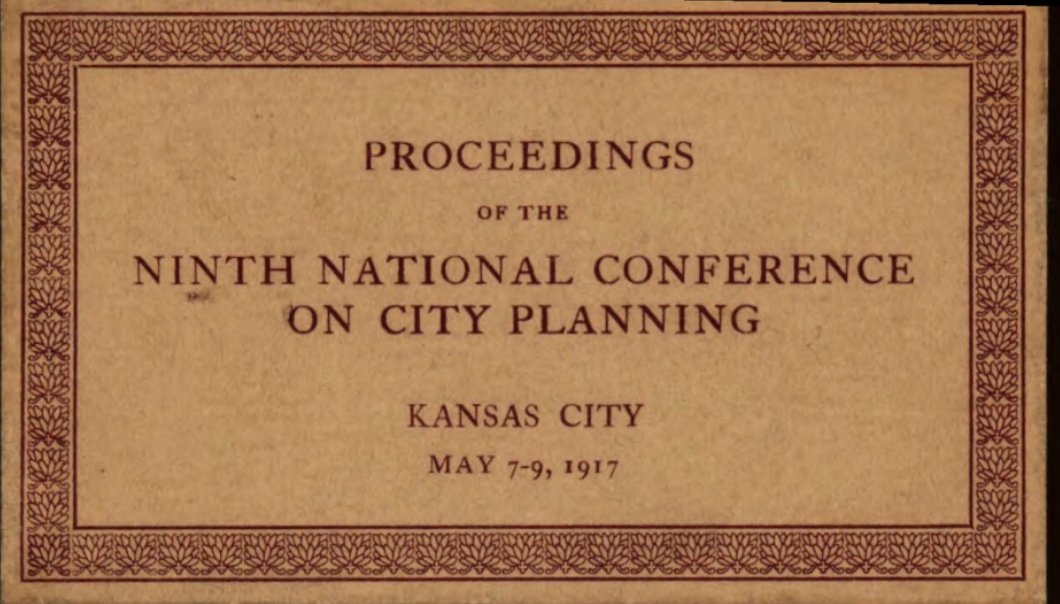
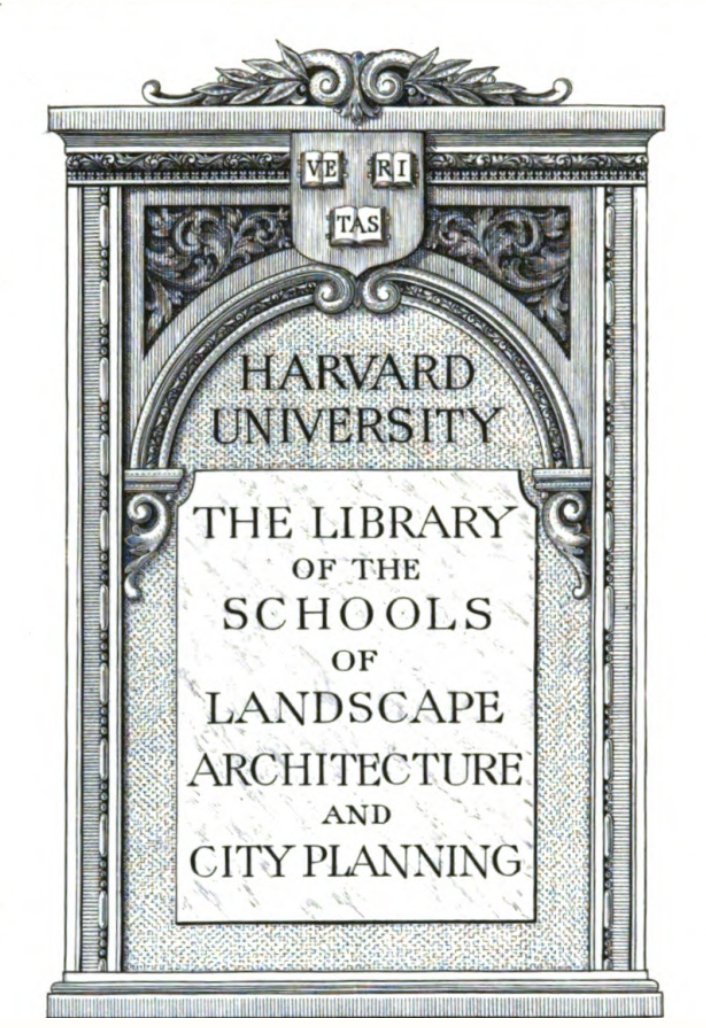
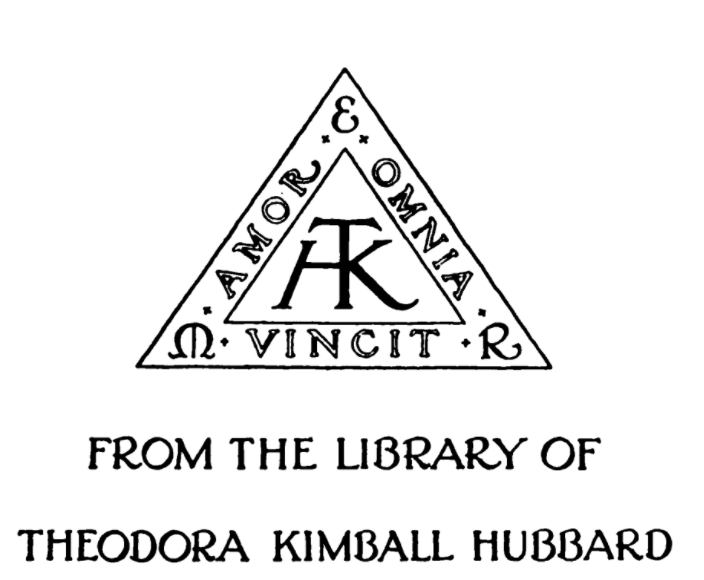
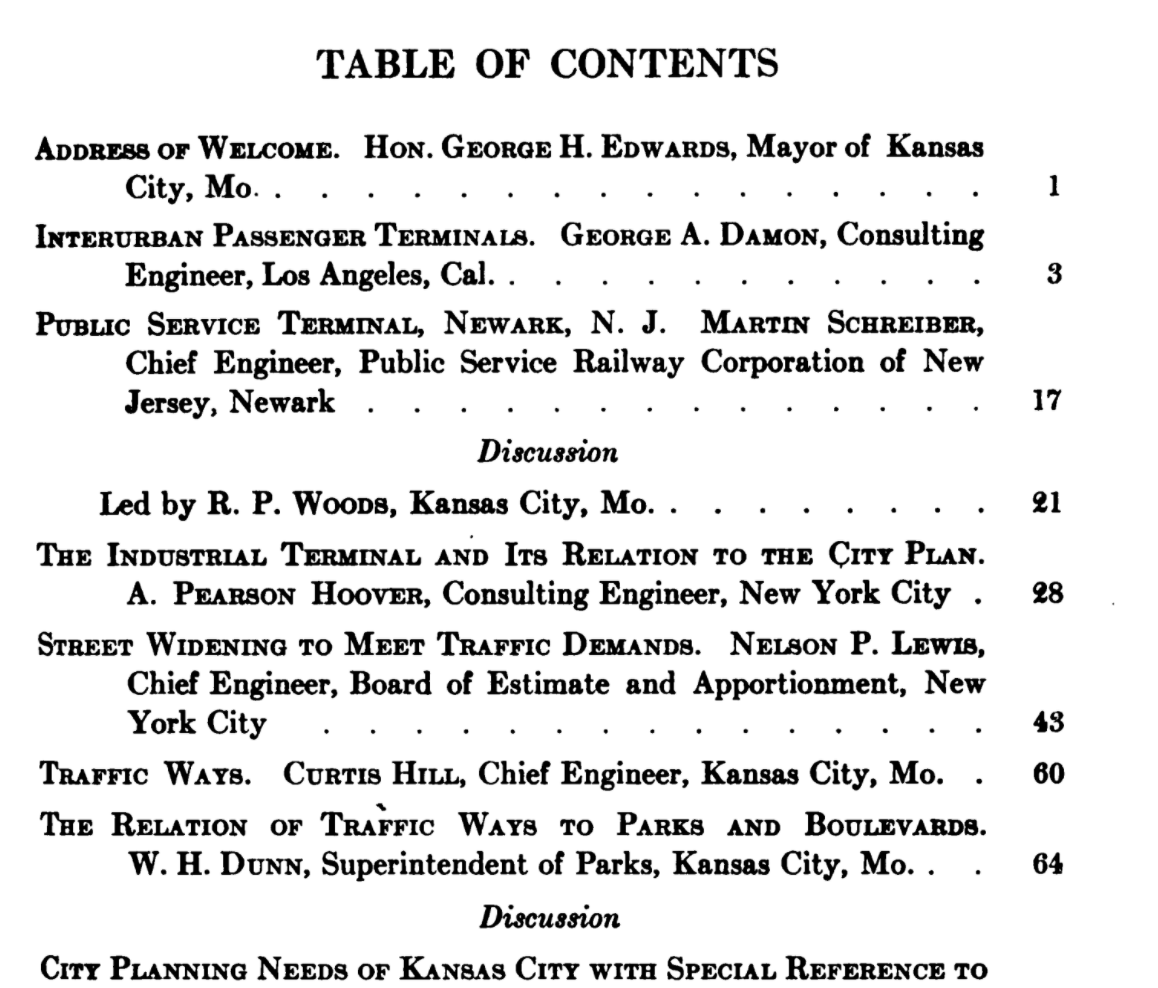
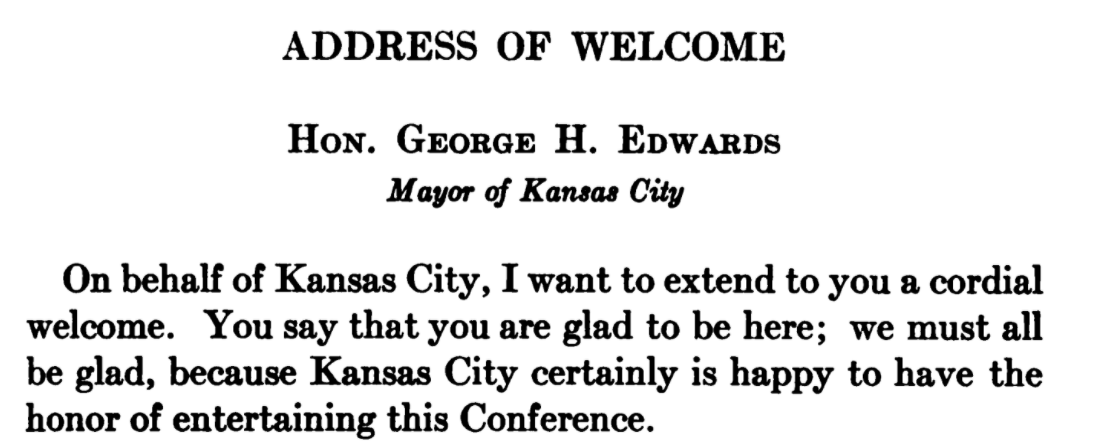

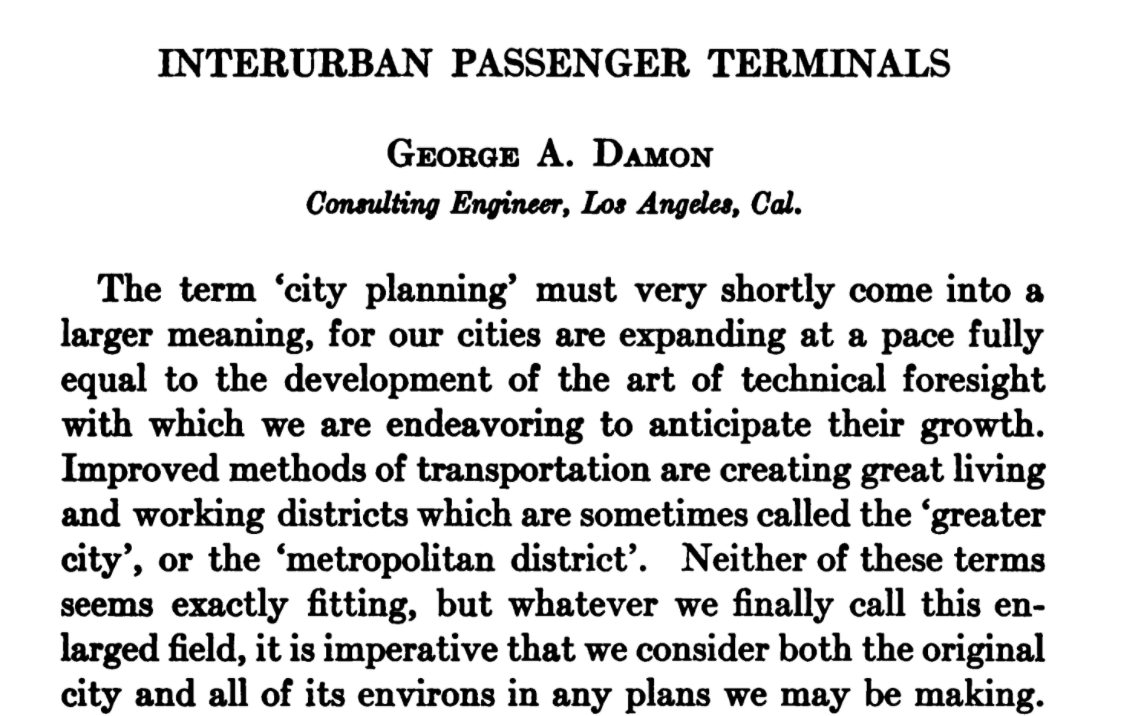





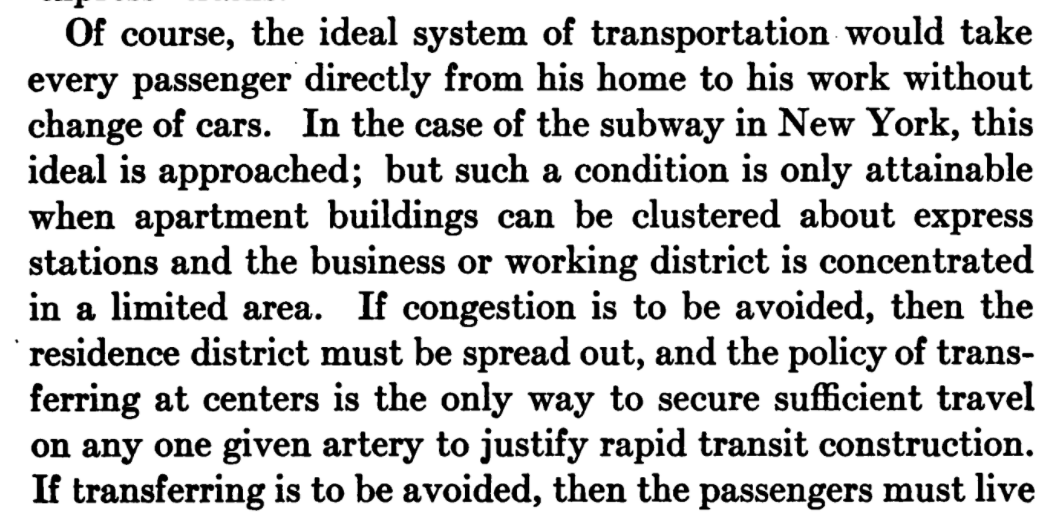



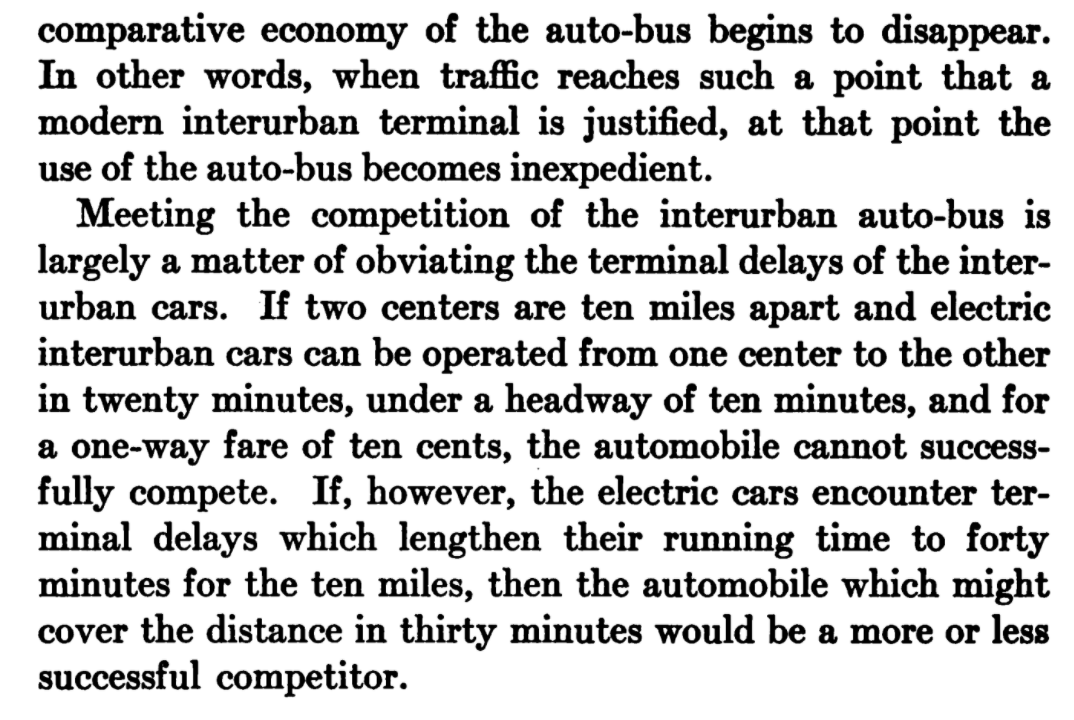
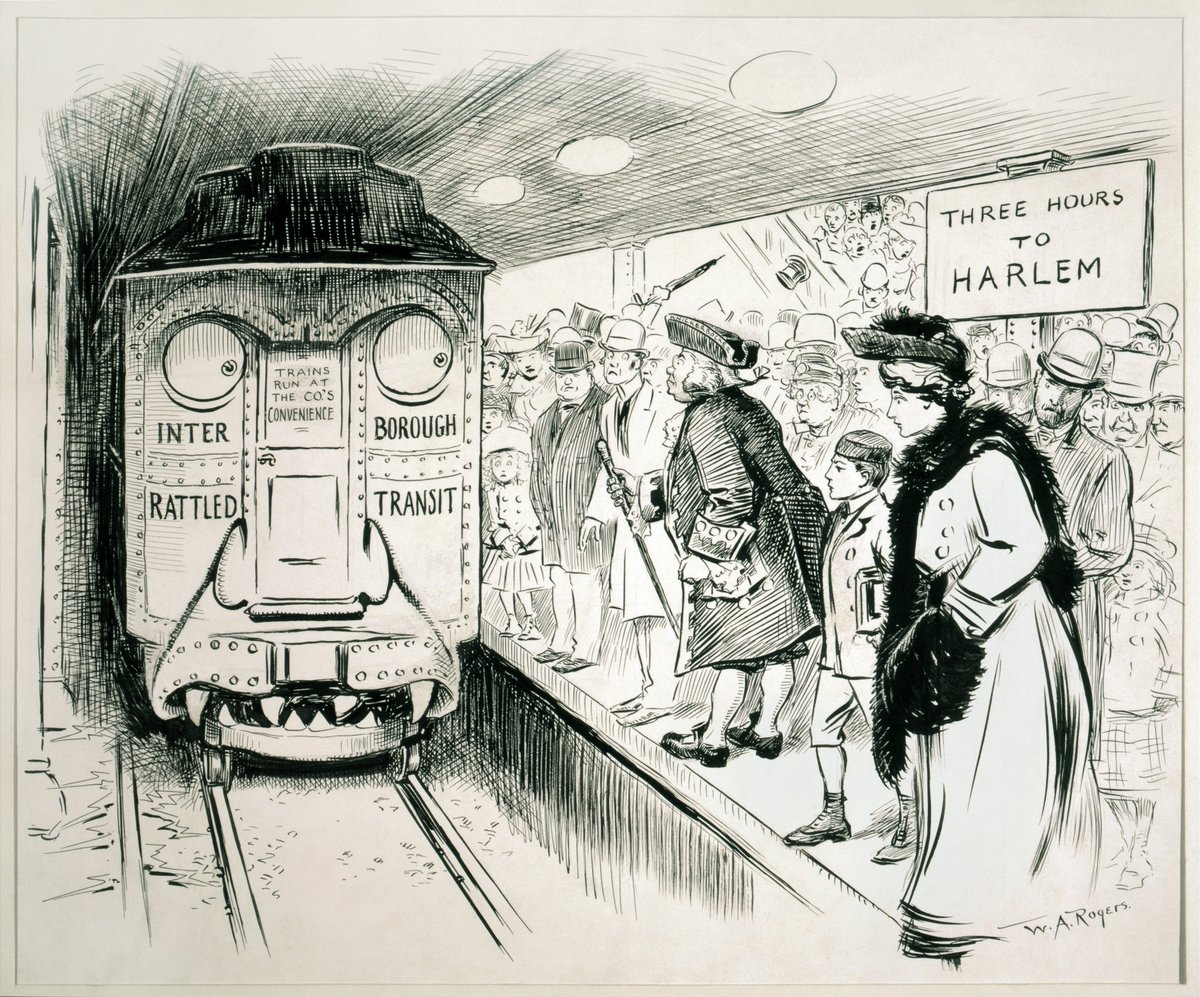

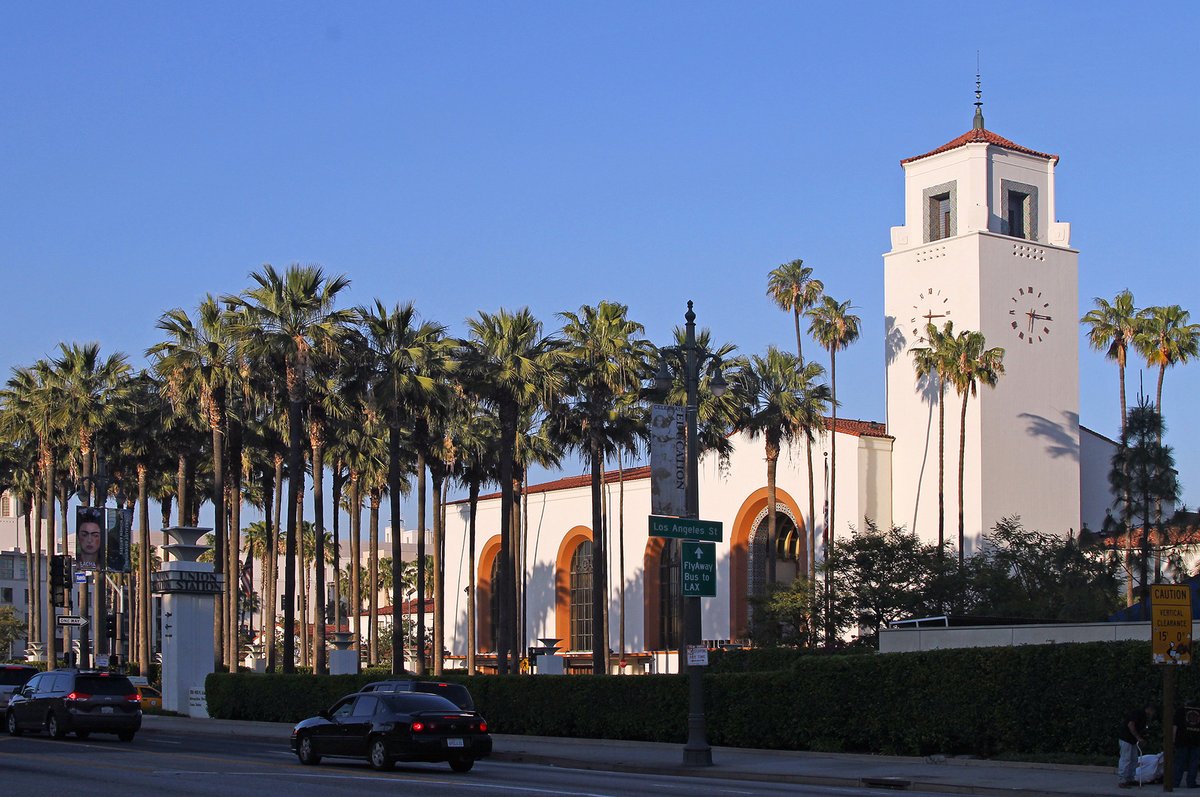
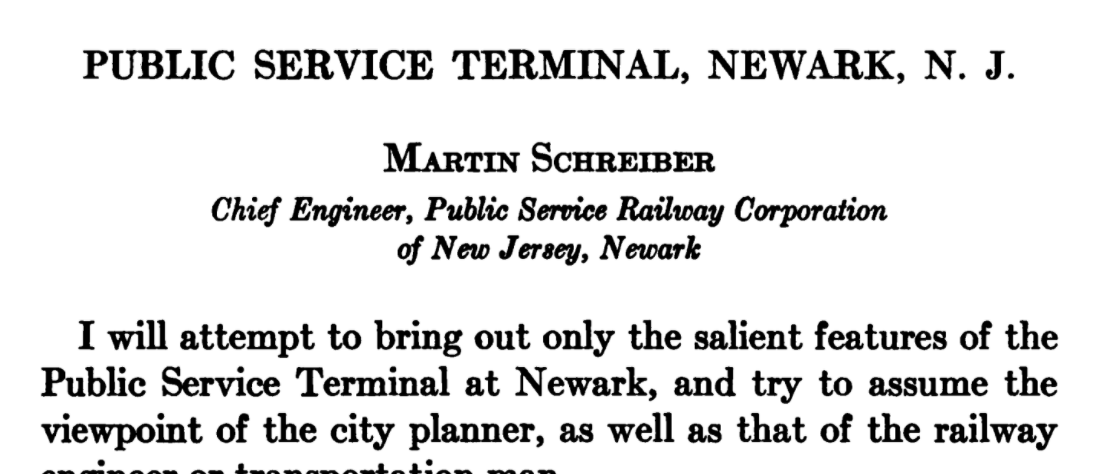
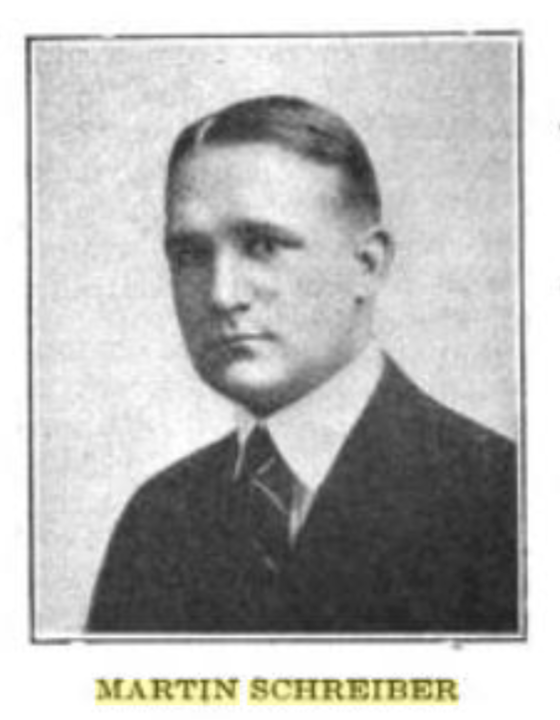


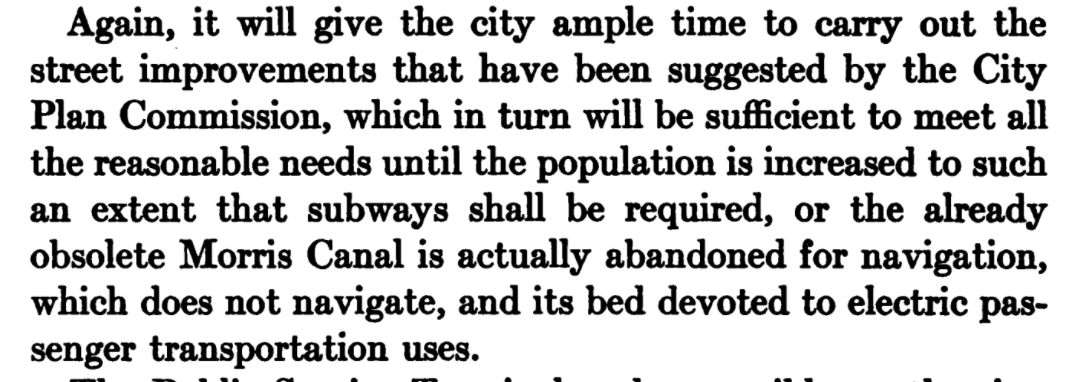
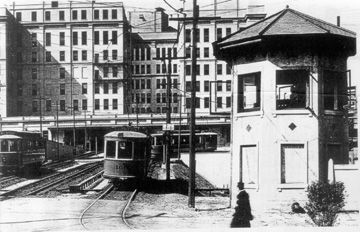


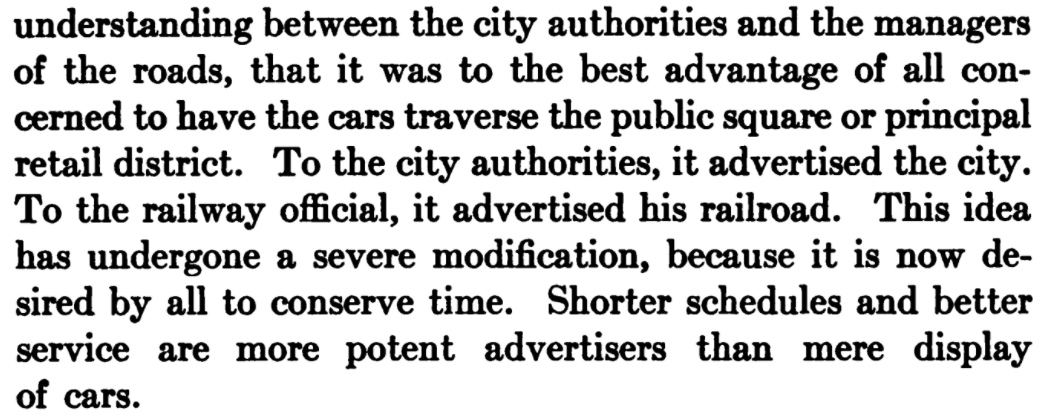
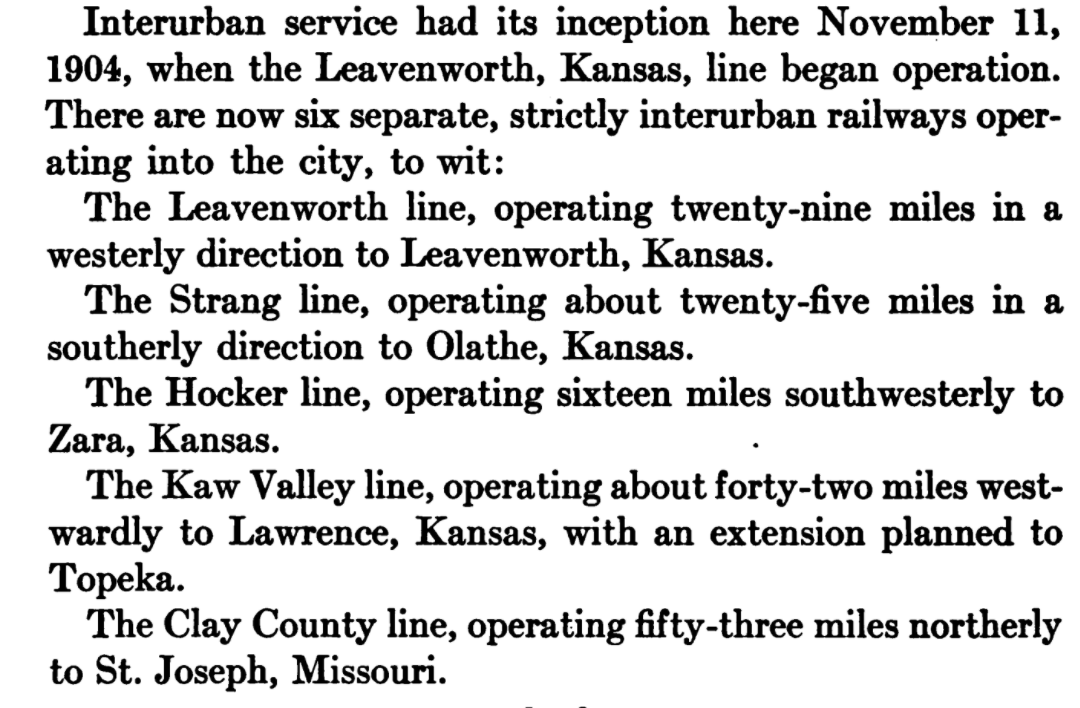




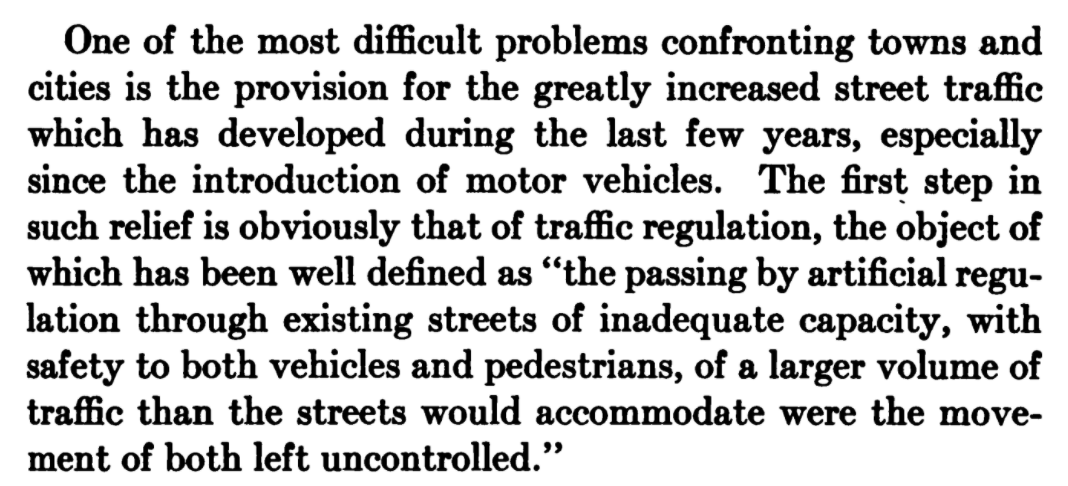


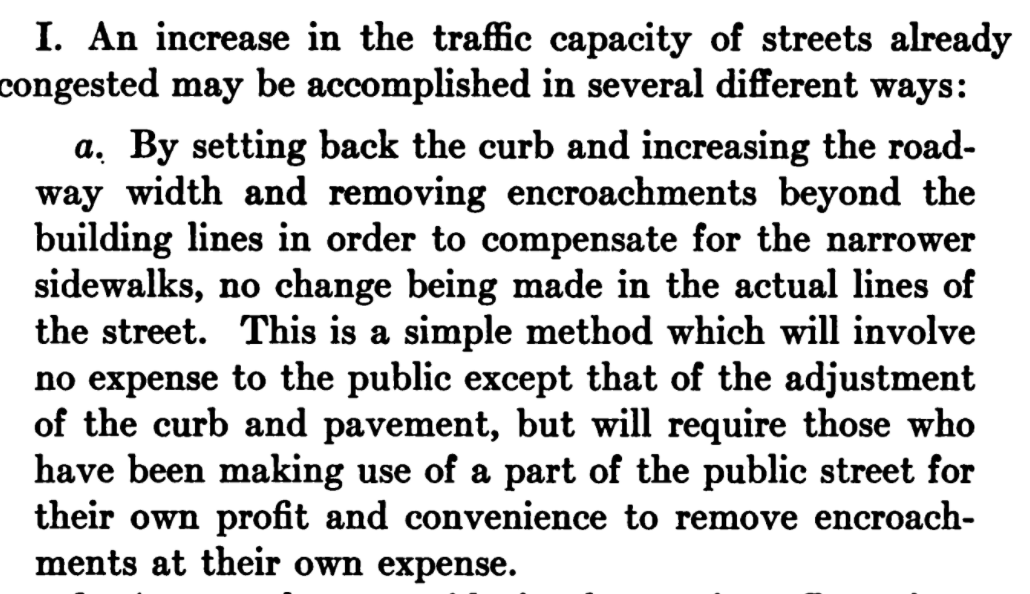

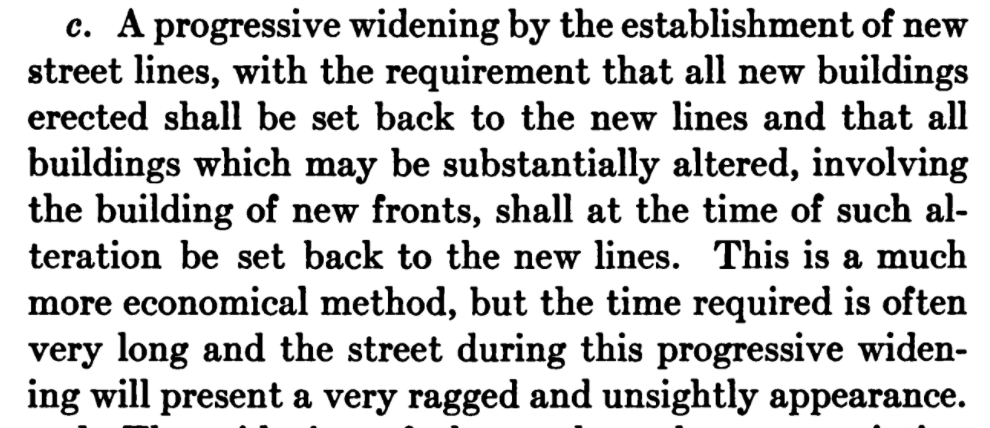 https://abs.twimg.com/emoji/v2/... draggable="false" alt="🚘" title="Entgegenkommendes Auto" aria-label="Emoji: Entgegenkommendes Auto">https://abs.twimg.com/emoji/v2/... draggable="false" alt="🚘" title="Entgegenkommendes Auto" aria-label="Emoji: Entgegenkommendes Auto">" title="Third, require new construction to be "set back" far enough to eventually allow more private cars through. It& #39;s cheap, but it& #39;ll take forever and look strange. Hey, these "set back" regulations seem good for private cars. Do you think they& #39;ll catch on? https://abs.twimg.com/emoji/v2/... draggable="false" alt="🚘" title="Entgegenkommendes Auto" aria-label="Emoji: Entgegenkommendes Auto">https://abs.twimg.com/emoji/v2/... draggable="false" alt="🚘" title="Entgegenkommendes Auto" aria-label="Emoji: Entgegenkommendes Auto">https://abs.twimg.com/emoji/v2/... draggable="false" alt="🚘" title="Entgegenkommendes Auto" aria-label="Emoji: Entgegenkommendes Auto">" class="img-responsive" style="max-width:100%;"/>
https://abs.twimg.com/emoji/v2/... draggable="false" alt="🚘" title="Entgegenkommendes Auto" aria-label="Emoji: Entgegenkommendes Auto">https://abs.twimg.com/emoji/v2/... draggable="false" alt="🚘" title="Entgegenkommendes Auto" aria-label="Emoji: Entgegenkommendes Auto">" title="Third, require new construction to be "set back" far enough to eventually allow more private cars through. It& #39;s cheap, but it& #39;ll take forever and look strange. Hey, these "set back" regulations seem good for private cars. Do you think they& #39;ll catch on? https://abs.twimg.com/emoji/v2/... draggable="false" alt="🚘" title="Entgegenkommendes Auto" aria-label="Emoji: Entgegenkommendes Auto">https://abs.twimg.com/emoji/v2/... draggable="false" alt="🚘" title="Entgegenkommendes Auto" aria-label="Emoji: Entgegenkommendes Auto">https://abs.twimg.com/emoji/v2/... draggable="false" alt="🚘" title="Entgegenkommendes Auto" aria-label="Emoji: Entgegenkommendes Auto">" class="img-responsive" style="max-width:100%;"/>
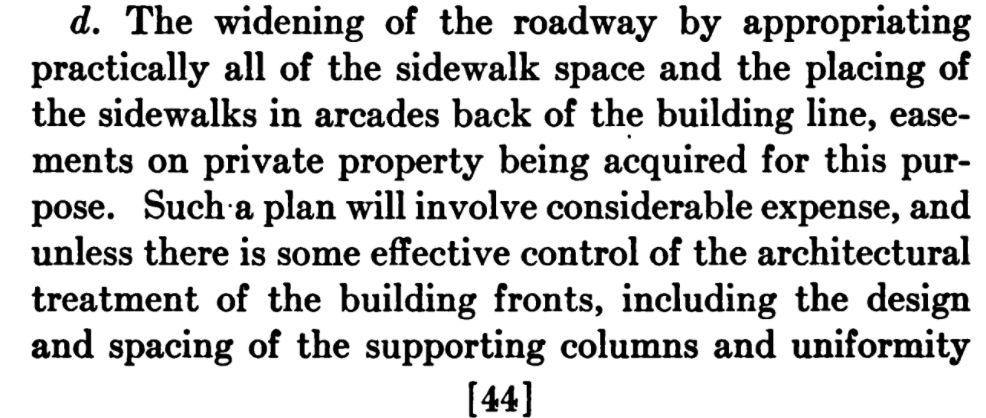 https://abs.twimg.com/emoji/v2/... draggable="false" alt="🚘" title="Entgegenkommendes Auto" aria-label="Emoji: Entgegenkommendes Auto">https://abs.twimg.com/emoji/v2/... draggable="false" alt="🚘" title="Entgegenkommendes Auto" aria-label="Emoji: Entgegenkommendes Auto">" title="Fourth, eliminate safe pedestrian space on the public street entirely and force property owners to make space for people walking in "arcades". This is expensive, but it could work if there was "effective control of the architectural treatment of the building fronts". https://abs.twimg.com/emoji/v2/... draggable="false" alt="🚘" title="Entgegenkommendes Auto" aria-label="Emoji: Entgegenkommendes Auto">https://abs.twimg.com/emoji/v2/... draggable="false" alt="🚘" title="Entgegenkommendes Auto" aria-label="Emoji: Entgegenkommendes Auto">https://abs.twimg.com/emoji/v2/... draggable="false" alt="🚘" title="Entgegenkommendes Auto" aria-label="Emoji: Entgegenkommendes Auto">" class="img-responsive" style="max-width:100%;"/>
https://abs.twimg.com/emoji/v2/... draggable="false" alt="🚘" title="Entgegenkommendes Auto" aria-label="Emoji: Entgegenkommendes Auto">https://abs.twimg.com/emoji/v2/... draggable="false" alt="🚘" title="Entgegenkommendes Auto" aria-label="Emoji: Entgegenkommendes Auto">" title="Fourth, eliminate safe pedestrian space on the public street entirely and force property owners to make space for people walking in "arcades". This is expensive, but it could work if there was "effective control of the architectural treatment of the building fronts". https://abs.twimg.com/emoji/v2/... draggable="false" alt="🚘" title="Entgegenkommendes Auto" aria-label="Emoji: Entgegenkommendes Auto">https://abs.twimg.com/emoji/v2/... draggable="false" alt="🚘" title="Entgegenkommendes Auto" aria-label="Emoji: Entgegenkommendes Auto">https://abs.twimg.com/emoji/v2/... draggable="false" alt="🚘" title="Entgegenkommendes Auto" aria-label="Emoji: Entgegenkommendes Auto">" class="img-responsive" style="max-width:100%;"/>

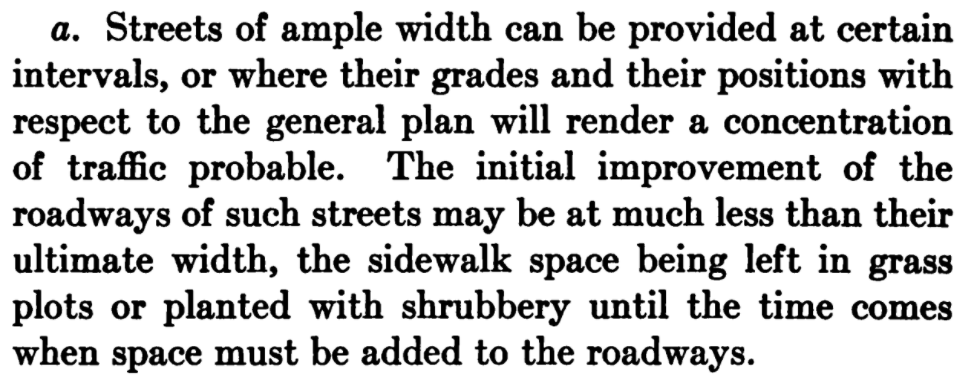
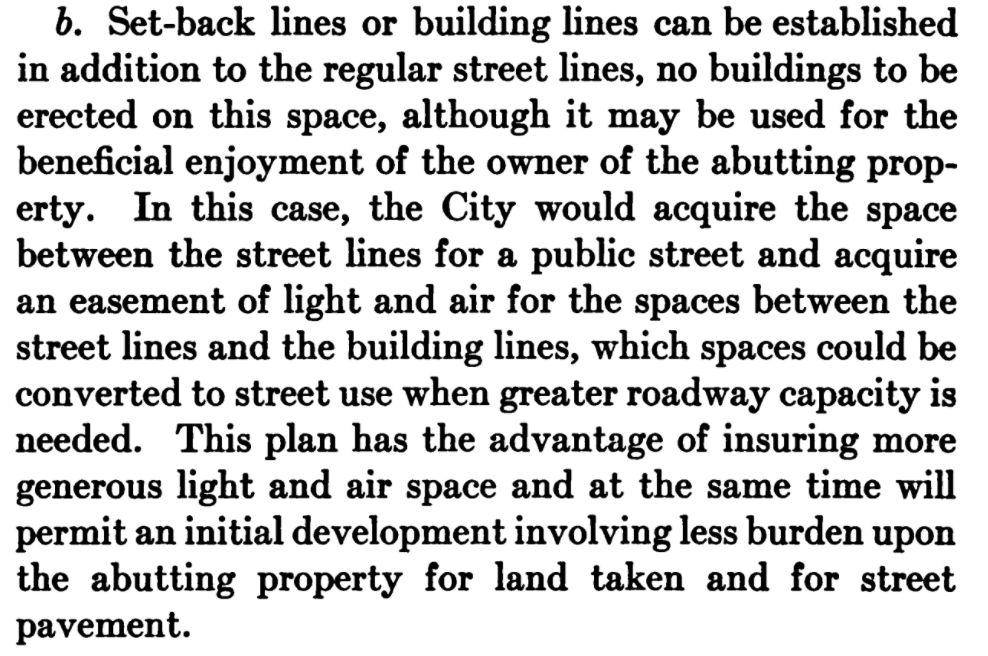 https://abs.twimg.com/emoji/v2/... draggable="false" alt="🚘" title="Entgegenkommendes Auto" aria-label="Emoji: Entgegenkommendes Auto">https://abs.twimg.com/emoji/v2/... draggable="false" alt="🚘" title="Entgegenkommendes Auto" aria-label="Emoji: Entgegenkommendes Auto">" title="Second, what if we established "set-back lines" where people aren& #39;t allowed to build on their own property, so the city can come and buy it later to make more space for cars when the drivers show up? What a notion. https://abs.twimg.com/emoji/v2/... draggable="false" alt="🚘" title="Entgegenkommendes Auto" aria-label="Emoji: Entgegenkommendes Auto">https://abs.twimg.com/emoji/v2/... draggable="false" alt="🚘" title="Entgegenkommendes Auto" aria-label="Emoji: Entgegenkommendes Auto">https://abs.twimg.com/emoji/v2/... draggable="false" alt="🚘" title="Entgegenkommendes Auto" aria-label="Emoji: Entgegenkommendes Auto">" class="img-responsive" style="max-width:100%;"/>
https://abs.twimg.com/emoji/v2/... draggable="false" alt="🚘" title="Entgegenkommendes Auto" aria-label="Emoji: Entgegenkommendes Auto">https://abs.twimg.com/emoji/v2/... draggable="false" alt="🚘" title="Entgegenkommendes Auto" aria-label="Emoji: Entgegenkommendes Auto">" title="Second, what if we established "set-back lines" where people aren& #39;t allowed to build on their own property, so the city can come and buy it later to make more space for cars when the drivers show up? What a notion. https://abs.twimg.com/emoji/v2/... draggable="false" alt="🚘" title="Entgegenkommendes Auto" aria-label="Emoji: Entgegenkommendes Auto">https://abs.twimg.com/emoji/v2/... draggable="false" alt="🚘" title="Entgegenkommendes Auto" aria-label="Emoji: Entgegenkommendes Auto">https://abs.twimg.com/emoji/v2/... draggable="false" alt="🚘" title="Entgegenkommendes Auto" aria-label="Emoji: Entgegenkommendes Auto">" class="img-responsive" style="max-width:100%;"/>

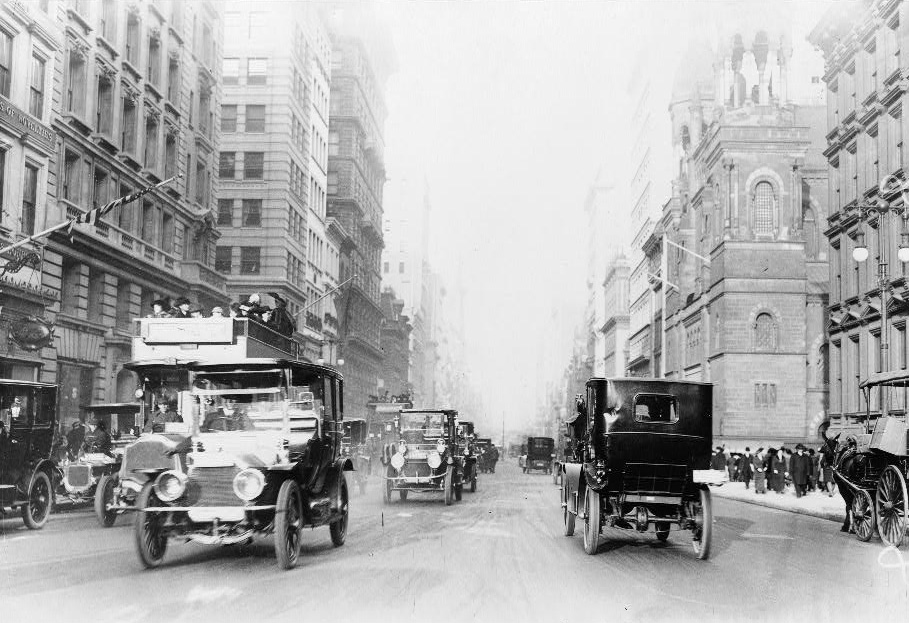

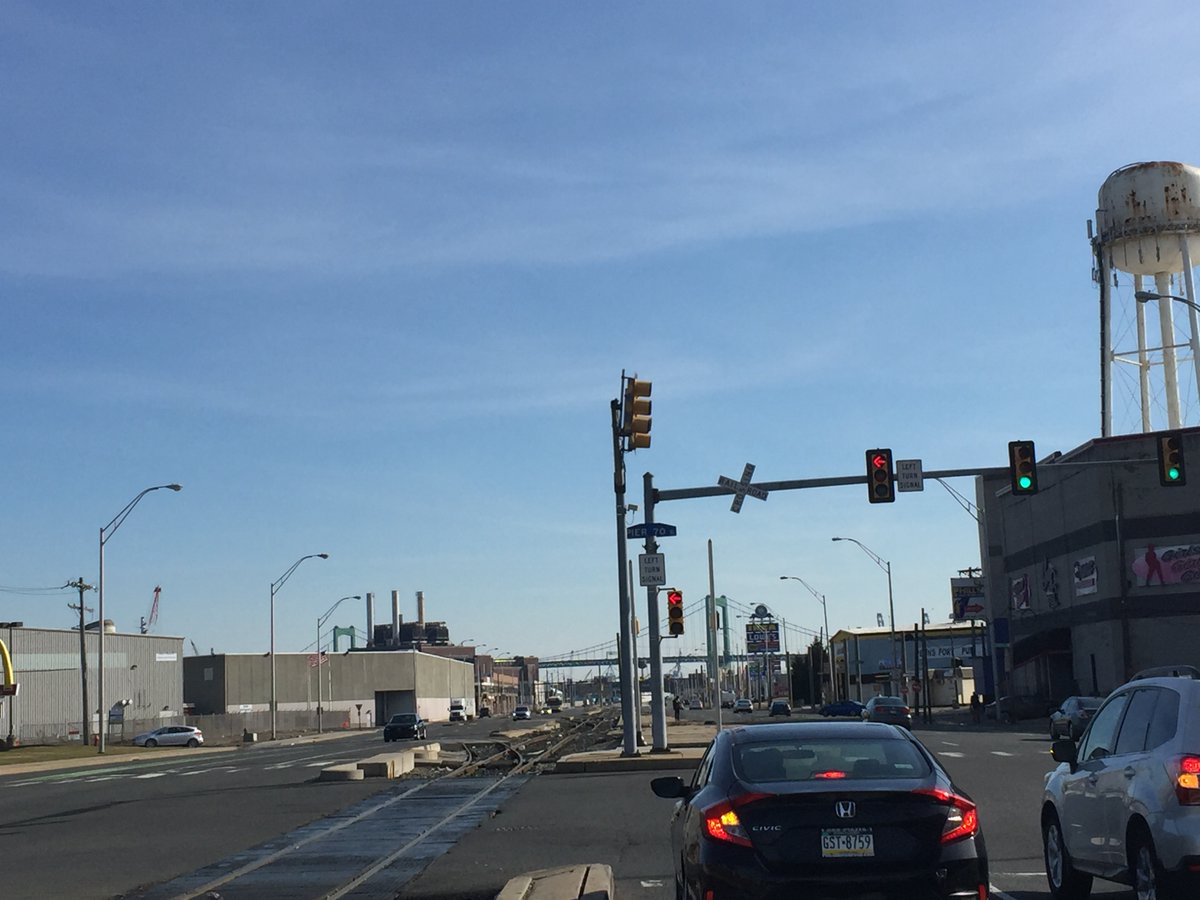


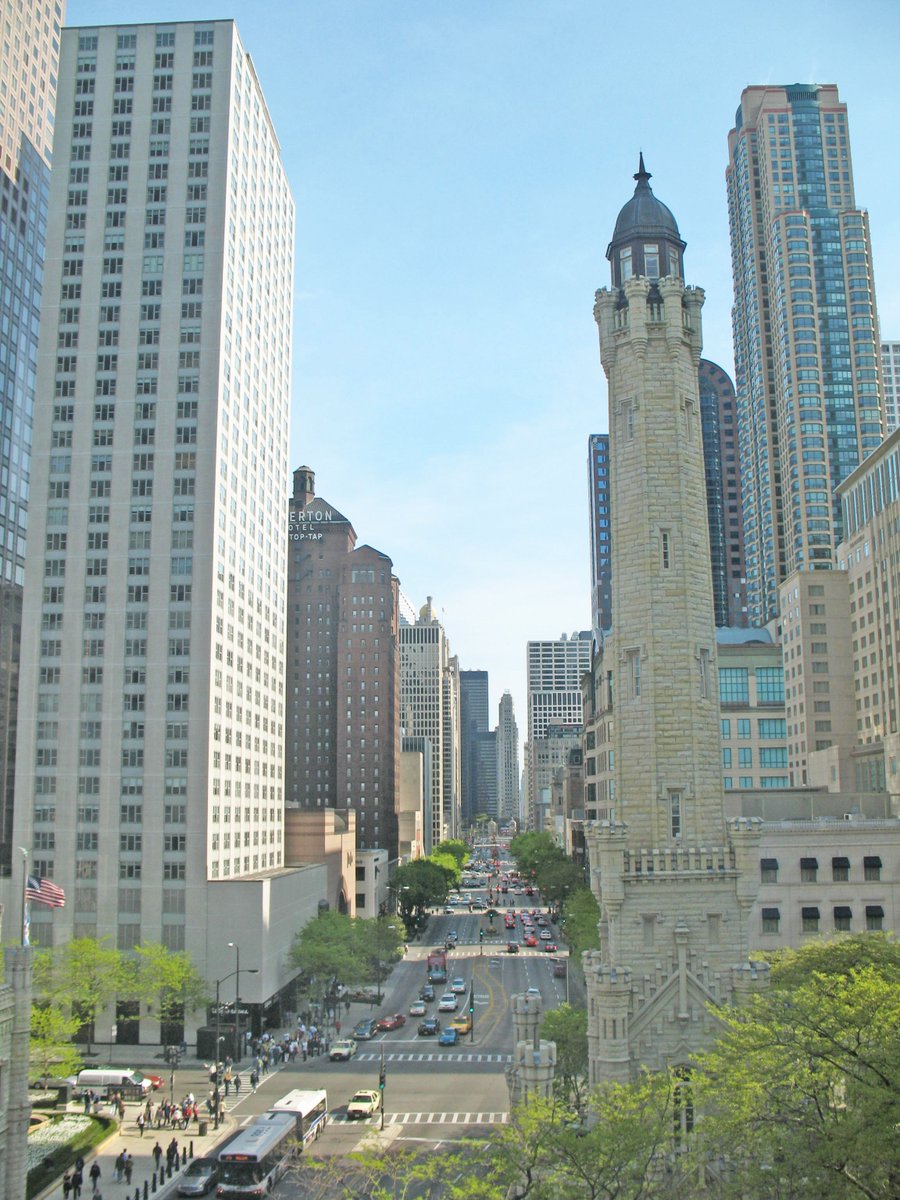

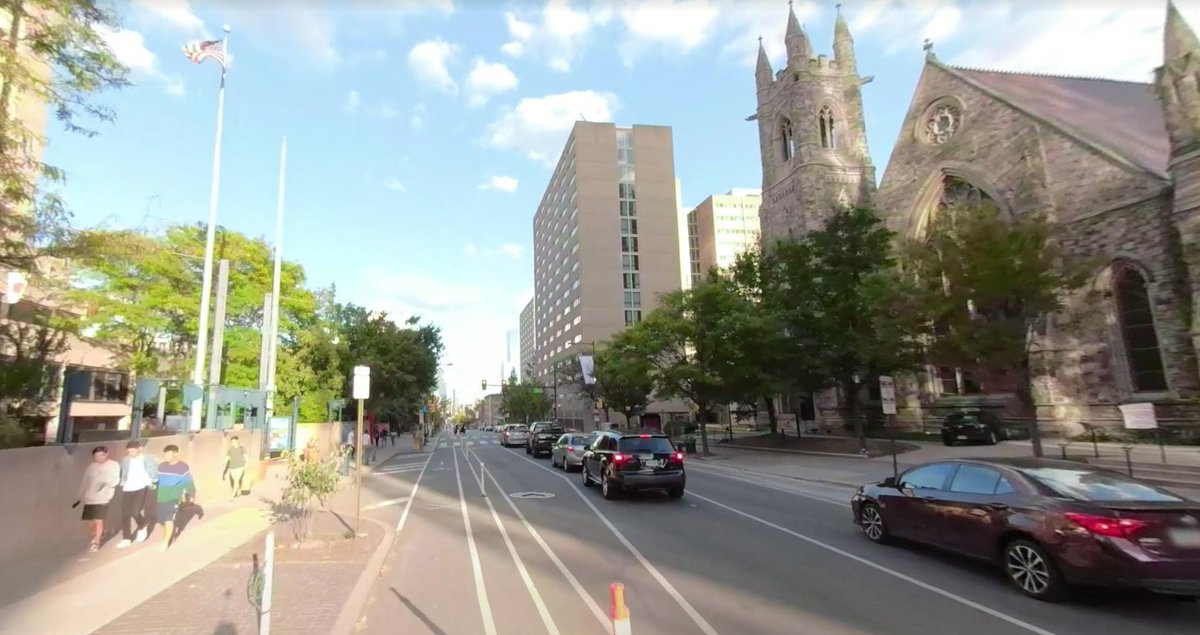
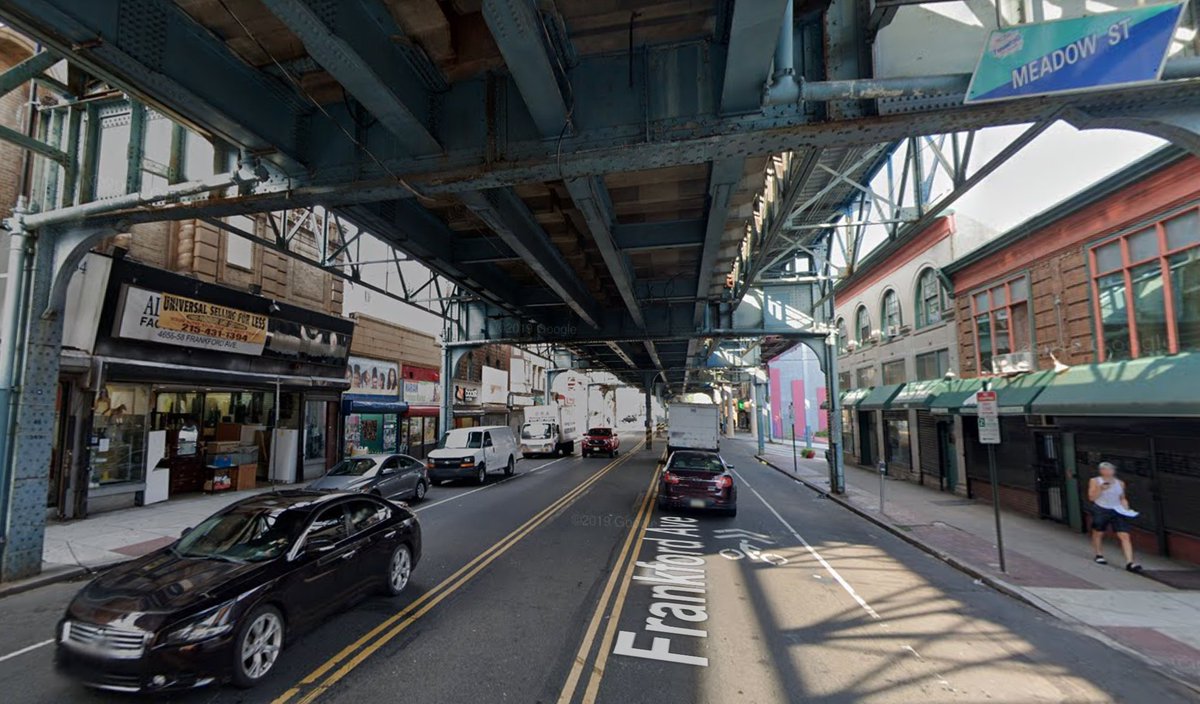
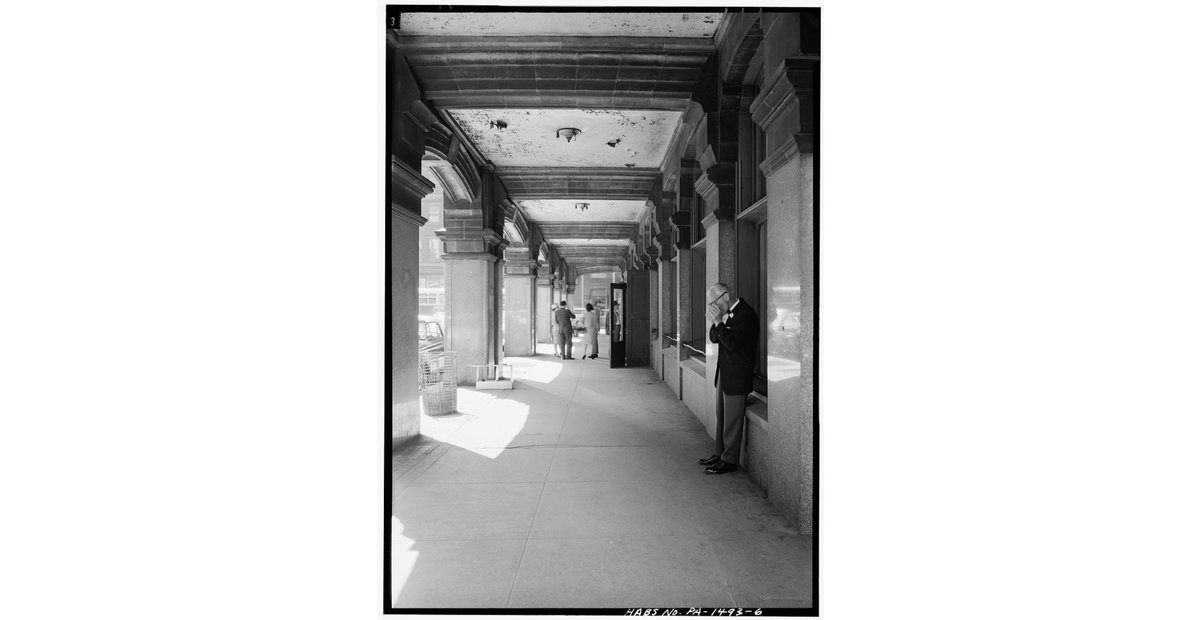
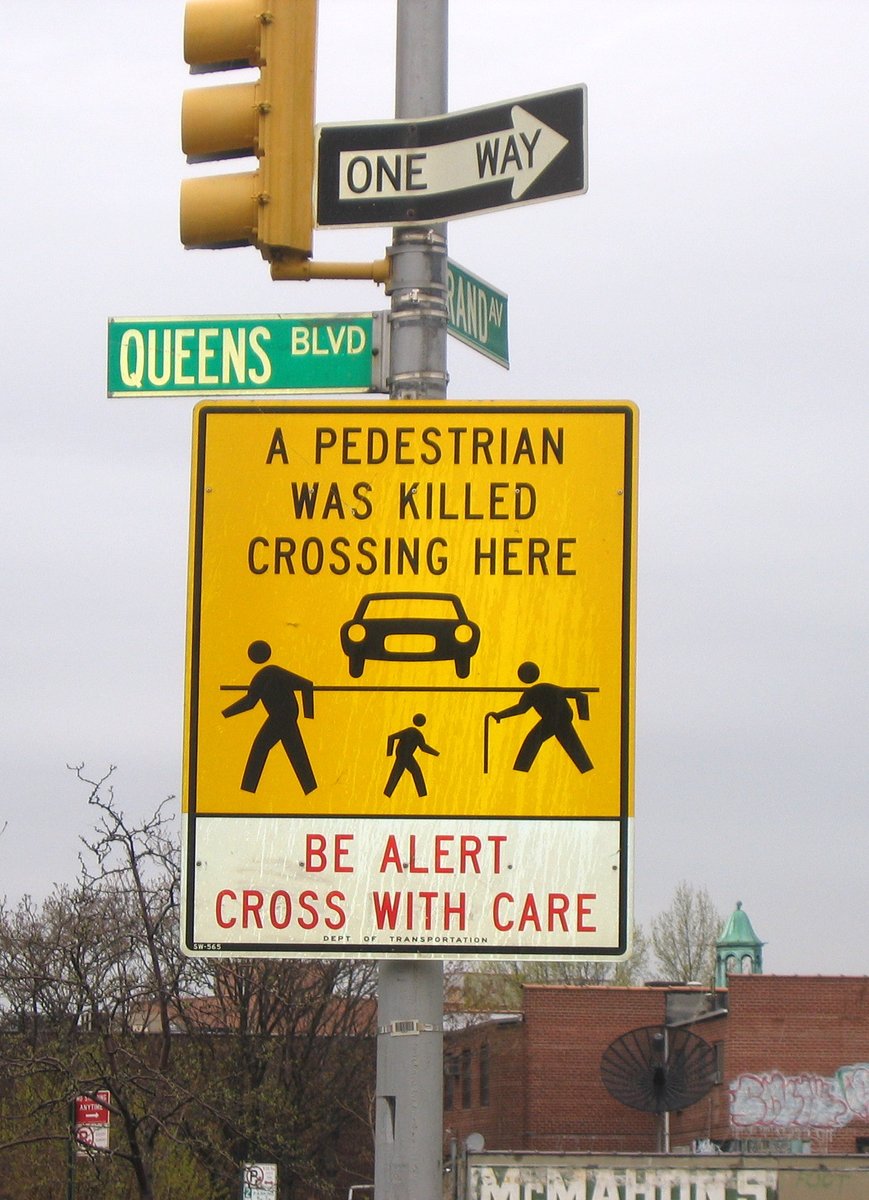

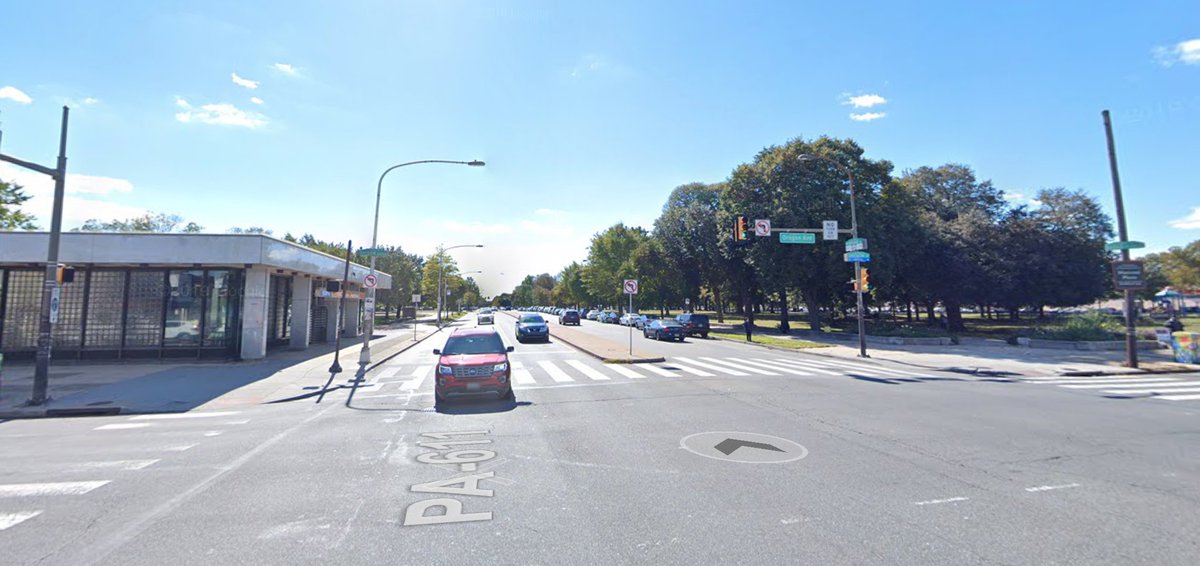

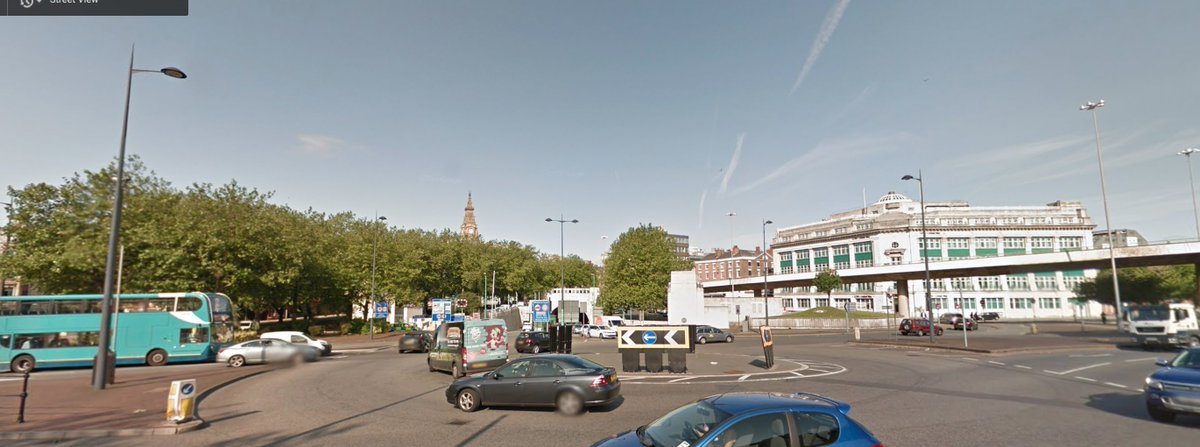 https://abs.twimg.com/emoji/v2/... draggable="false" alt="🚘" title="Entgegenkommendes Auto" aria-label="Emoji: Entgegenkommendes Auto">https://abs.twimg.com/emoji/v2/... draggable="false" alt="🚘" title="Entgegenkommendes Auto" aria-label="Emoji: Entgegenkommendes Auto">" title="For situations where the public won& #39;t support unneeded street widenings, Liverpool in the UK offers the solution, requiring buildings to be set back far from the street "without any compensation to the owners of the property". https://abs.twimg.com/emoji/v2/... draggable="false" alt="🚘" title="Entgegenkommendes Auto" aria-label="Emoji: Entgegenkommendes Auto">https://abs.twimg.com/emoji/v2/... draggable="false" alt="🚘" title="Entgegenkommendes Auto" aria-label="Emoji: Entgegenkommendes Auto">https://abs.twimg.com/emoji/v2/... draggable="false" alt="🚘" title="Entgegenkommendes Auto" aria-label="Emoji: Entgegenkommendes Auto">" class="img-responsive" style="max-width:100%;"/>
https://abs.twimg.com/emoji/v2/... draggable="false" alt="🚘" title="Entgegenkommendes Auto" aria-label="Emoji: Entgegenkommendes Auto">https://abs.twimg.com/emoji/v2/... draggable="false" alt="🚘" title="Entgegenkommendes Auto" aria-label="Emoji: Entgegenkommendes Auto">" title="For situations where the public won& #39;t support unneeded street widenings, Liverpool in the UK offers the solution, requiring buildings to be set back far from the street "without any compensation to the owners of the property". https://abs.twimg.com/emoji/v2/... draggable="false" alt="🚘" title="Entgegenkommendes Auto" aria-label="Emoji: Entgegenkommendes Auto">https://abs.twimg.com/emoji/v2/... draggable="false" alt="🚘" title="Entgegenkommendes Auto" aria-label="Emoji: Entgegenkommendes Auto">https://abs.twimg.com/emoji/v2/... draggable="false" alt="🚘" title="Entgegenkommendes Auto" aria-label="Emoji: Entgegenkommendes Auto">" class="img-responsive" style="max-width:100%;"/>
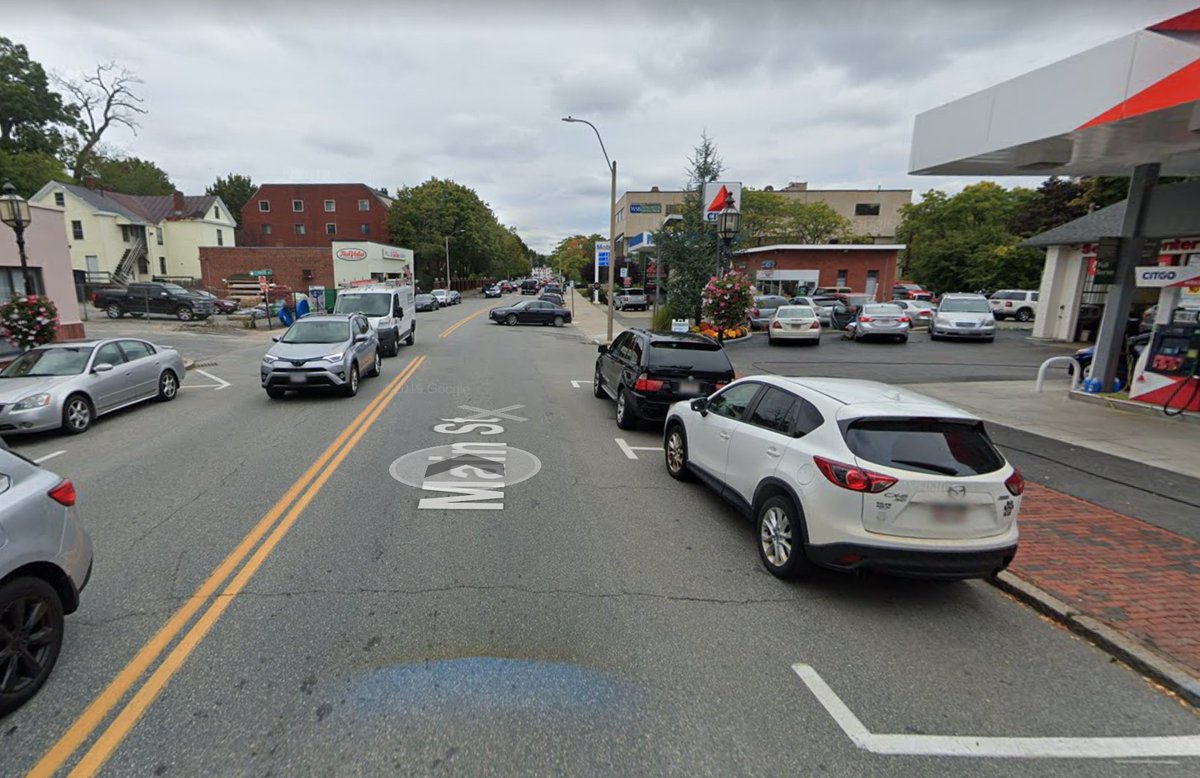
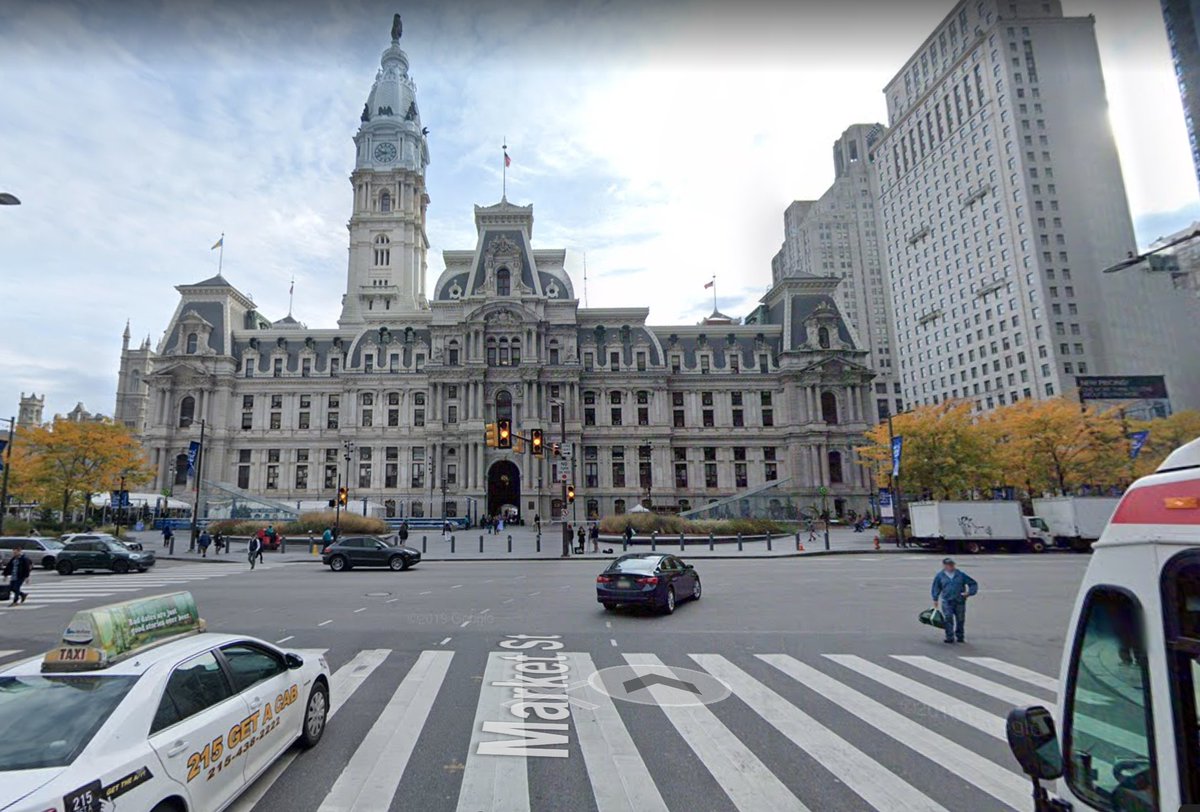
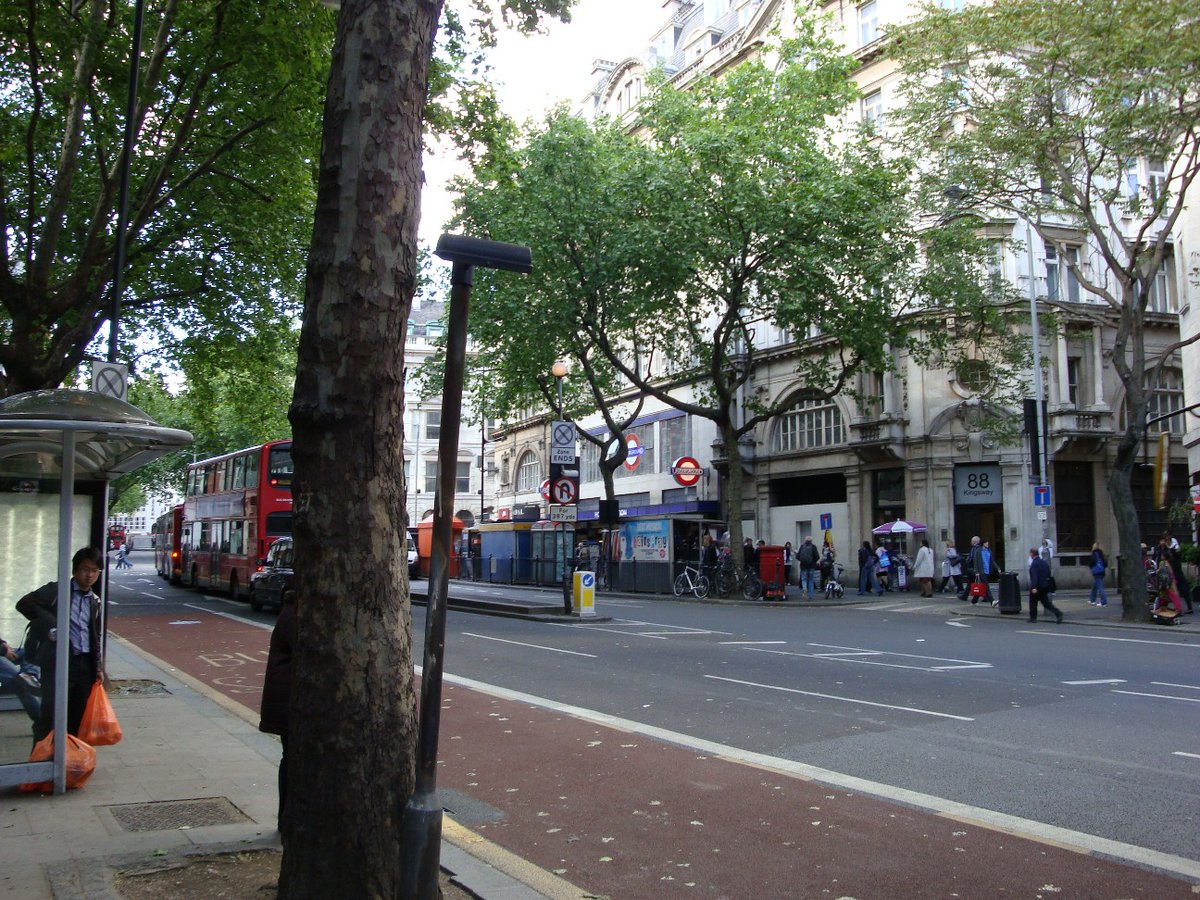


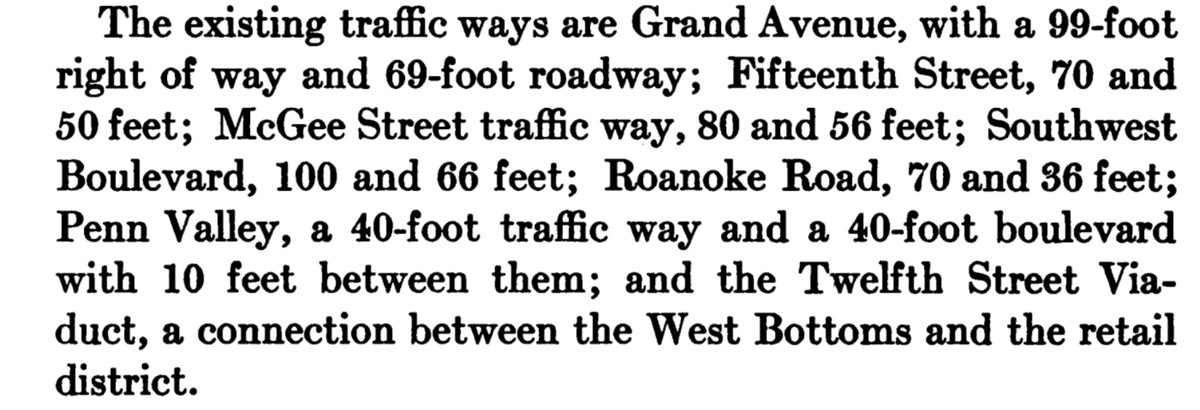
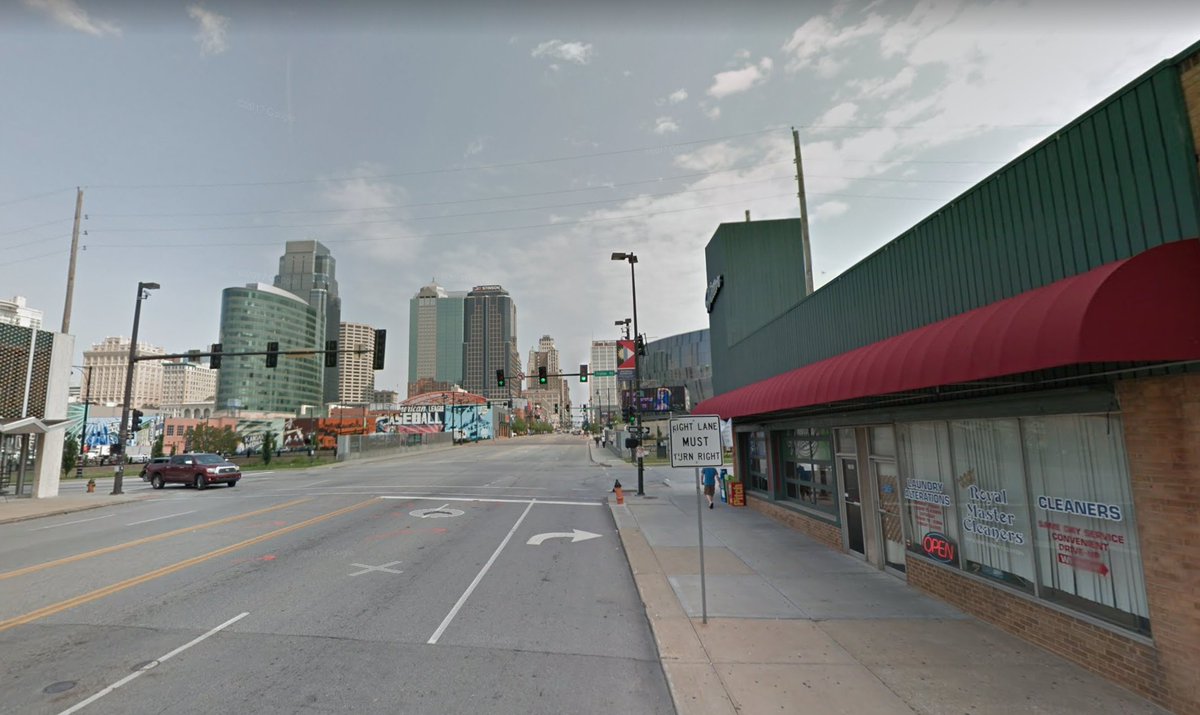



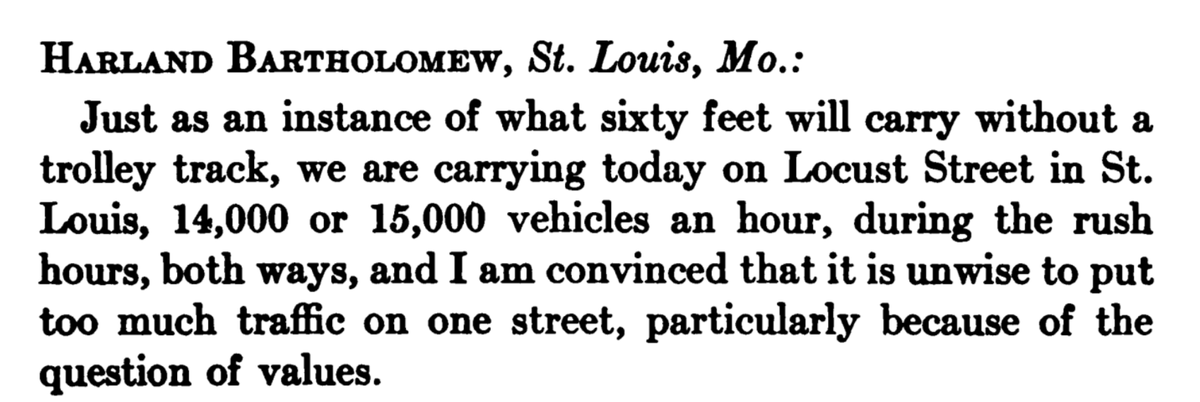


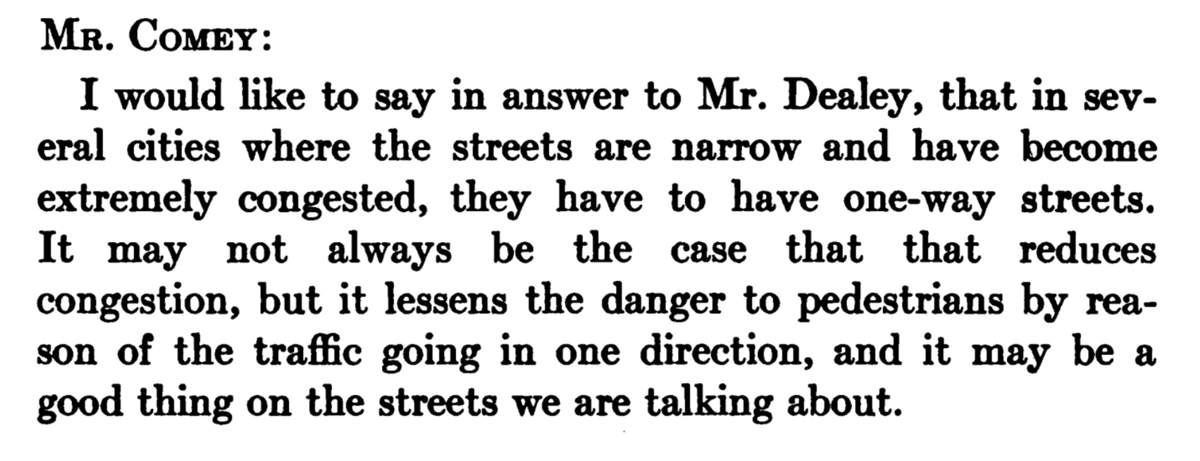

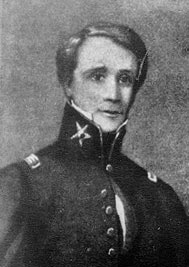




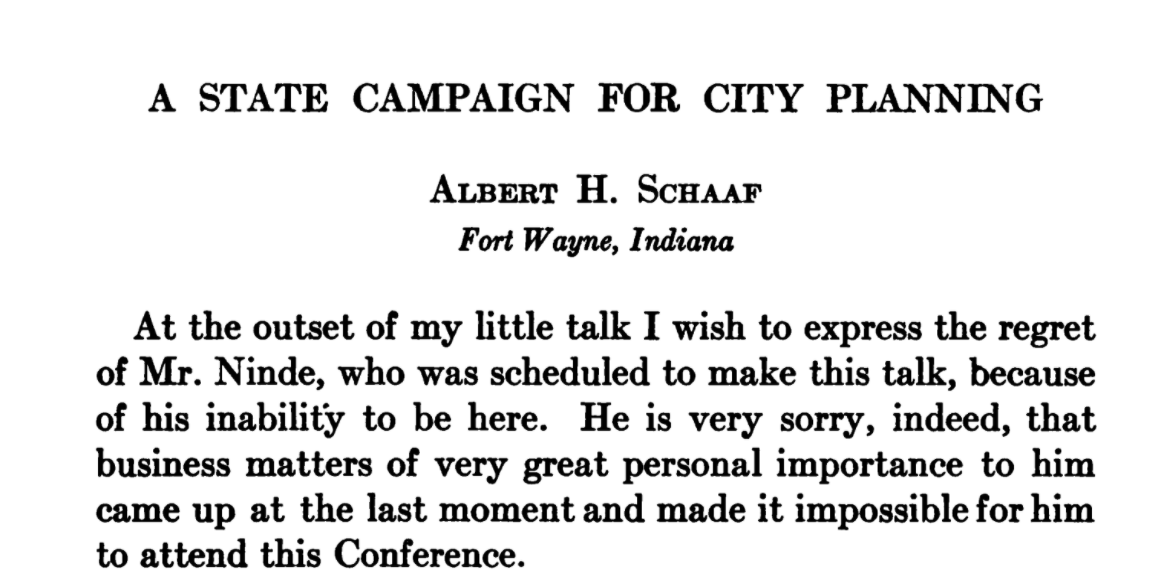
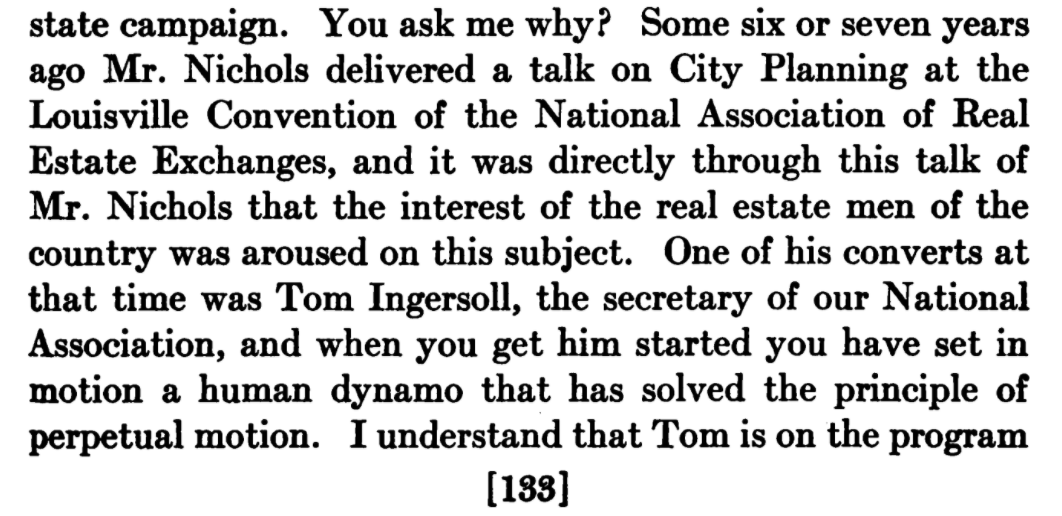
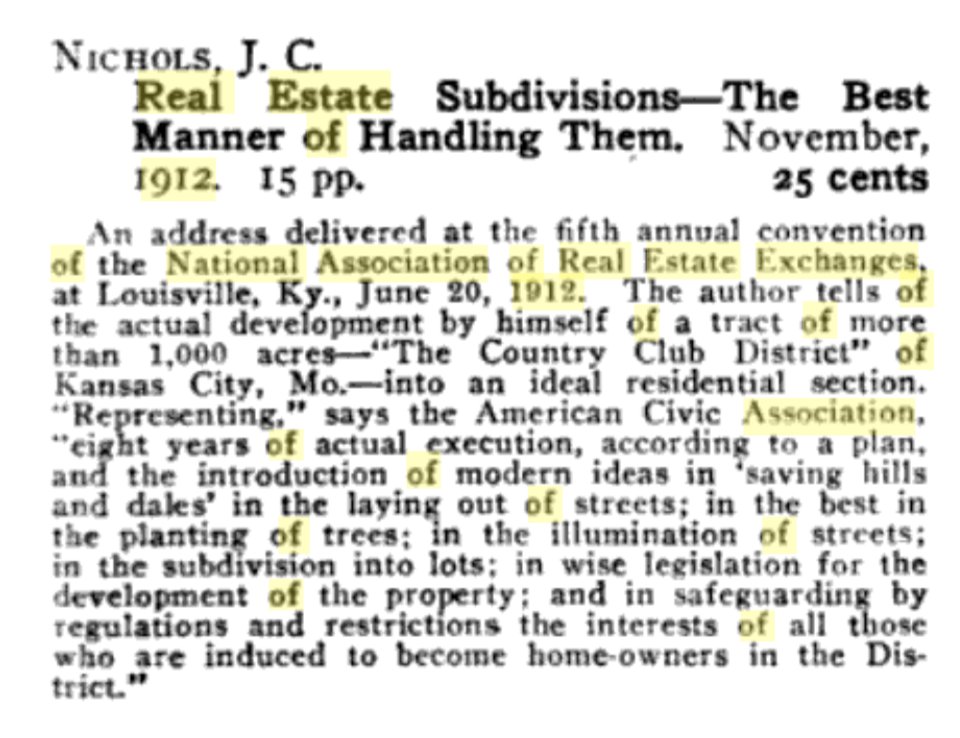
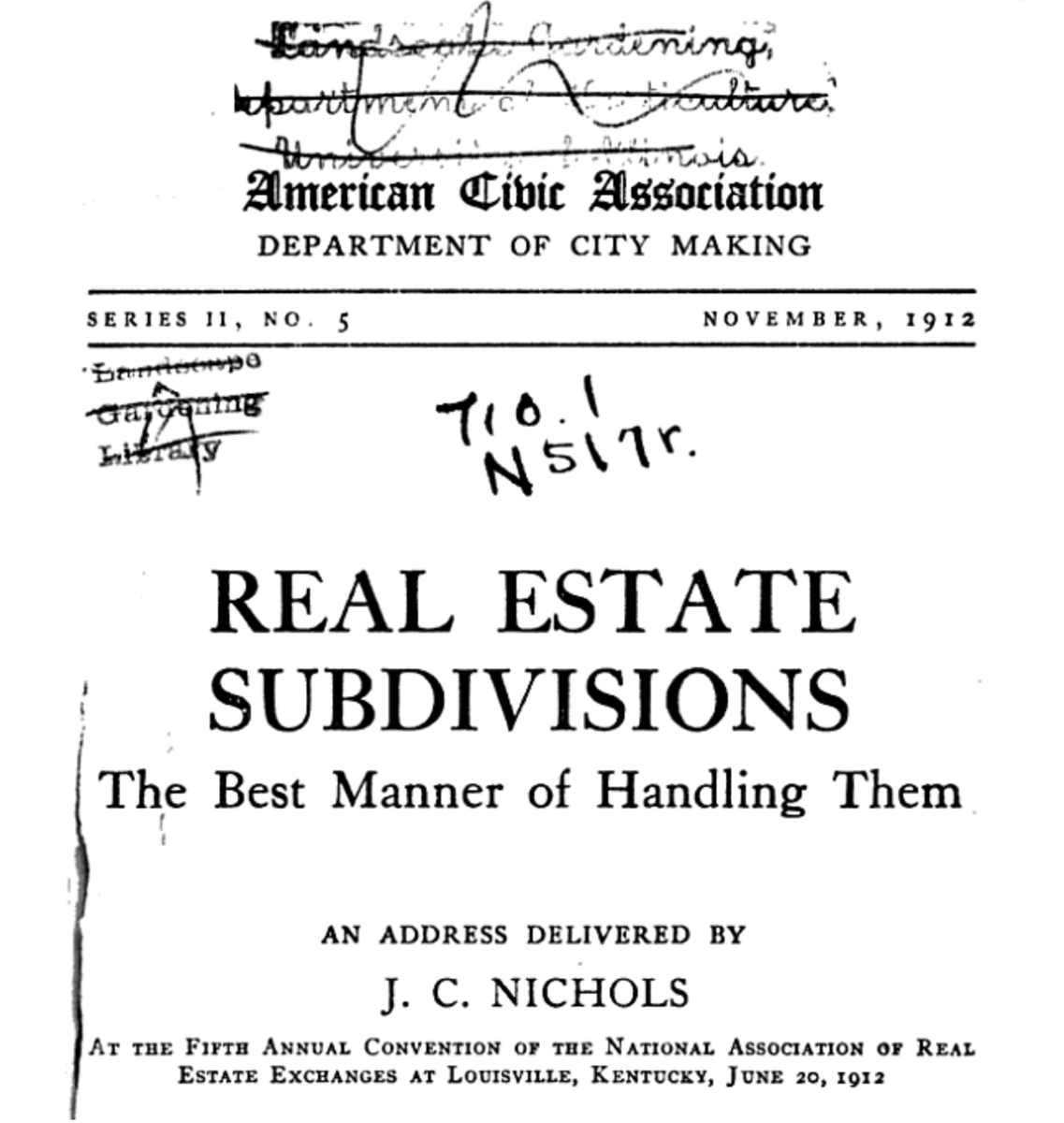
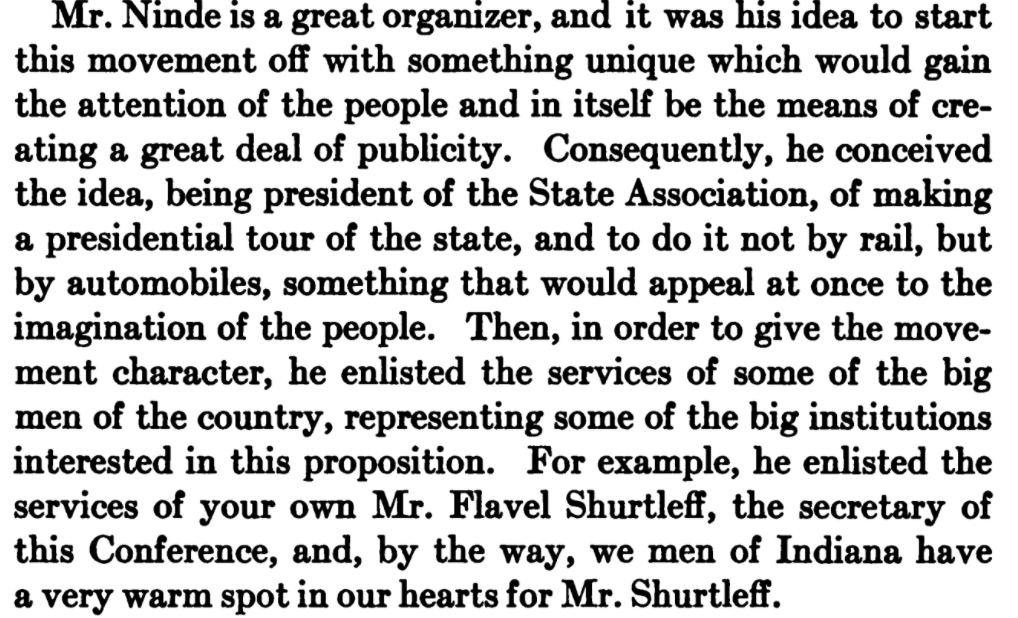

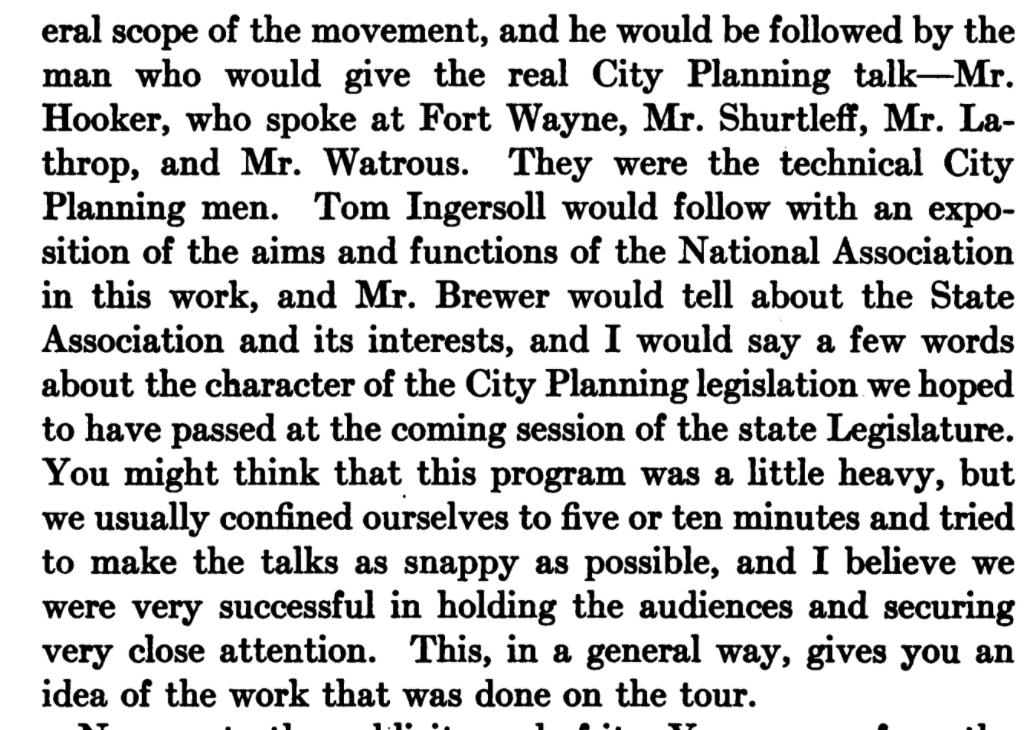
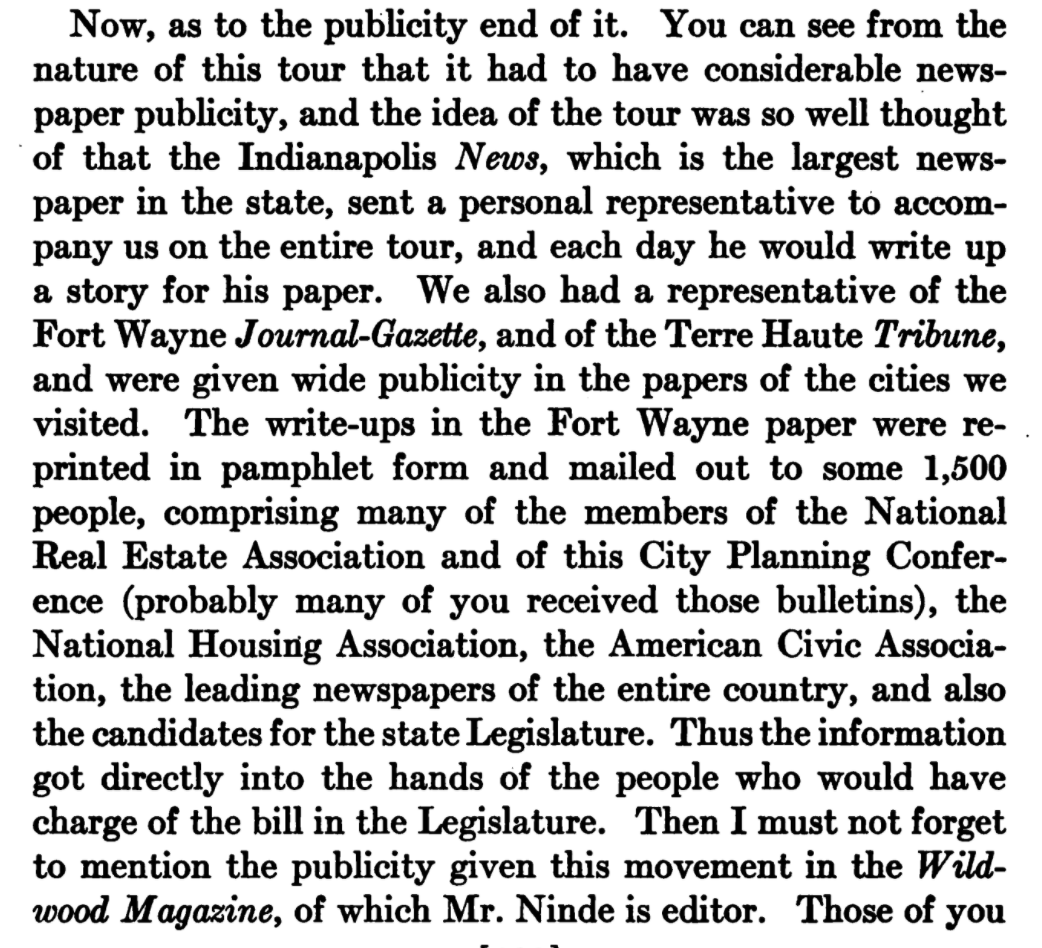
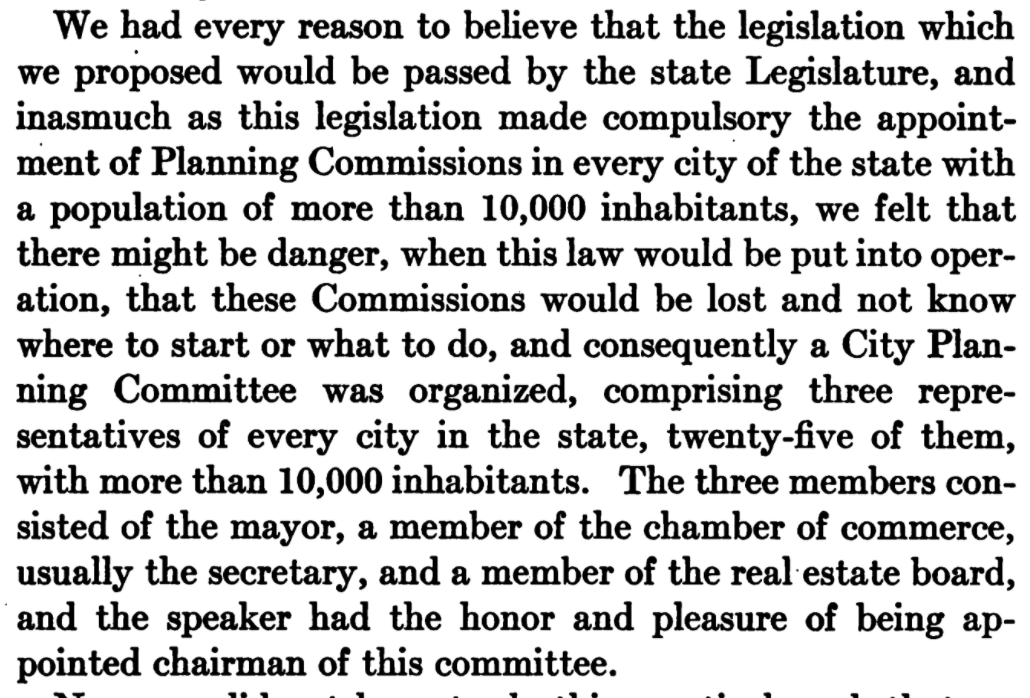

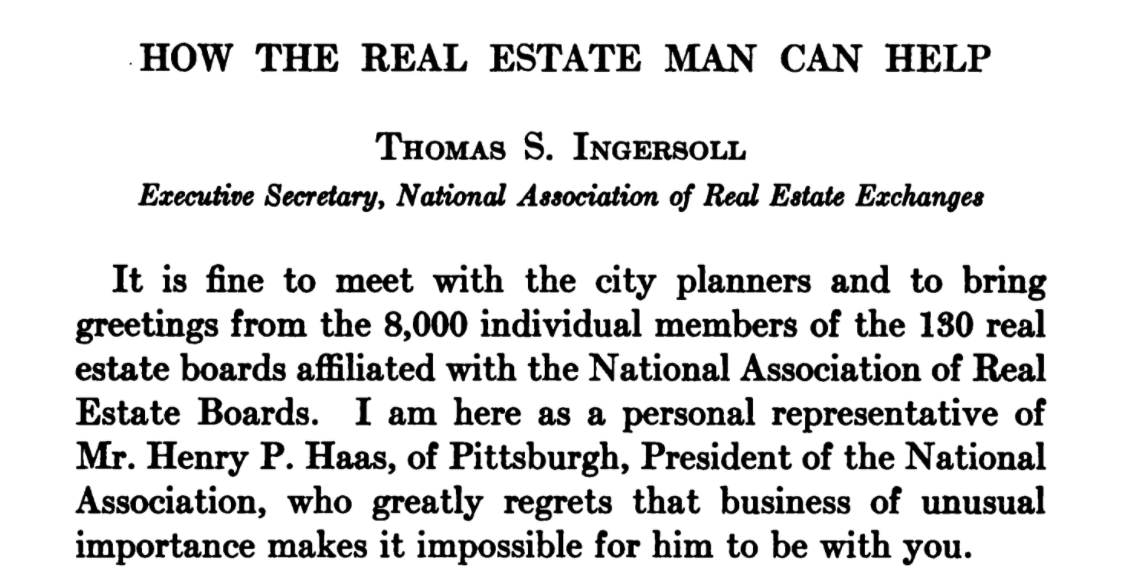

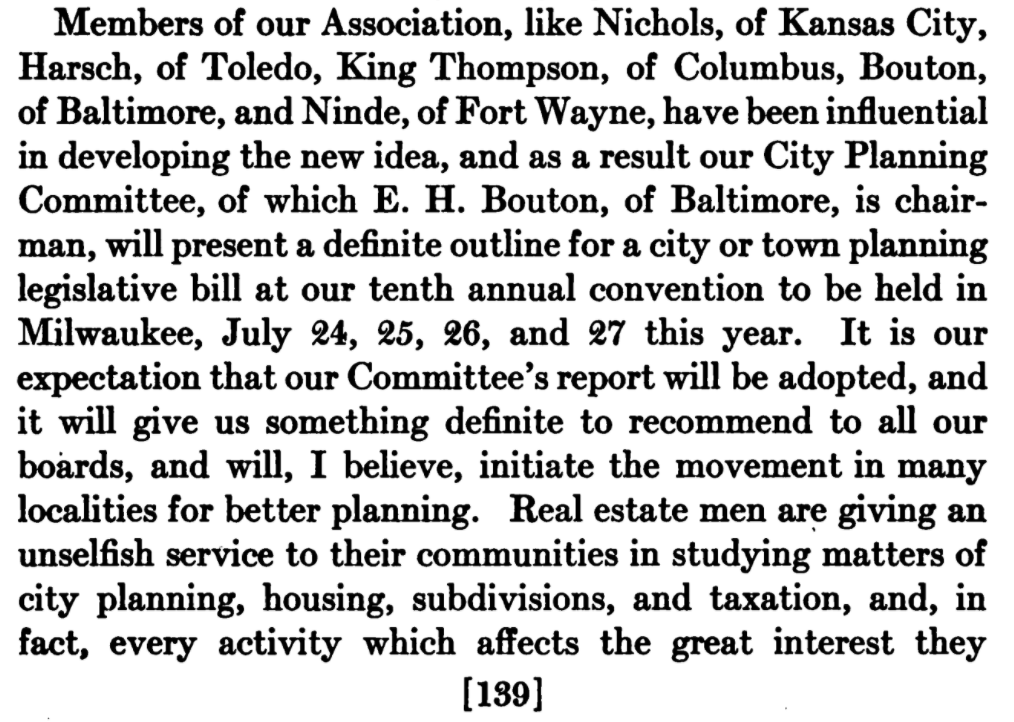
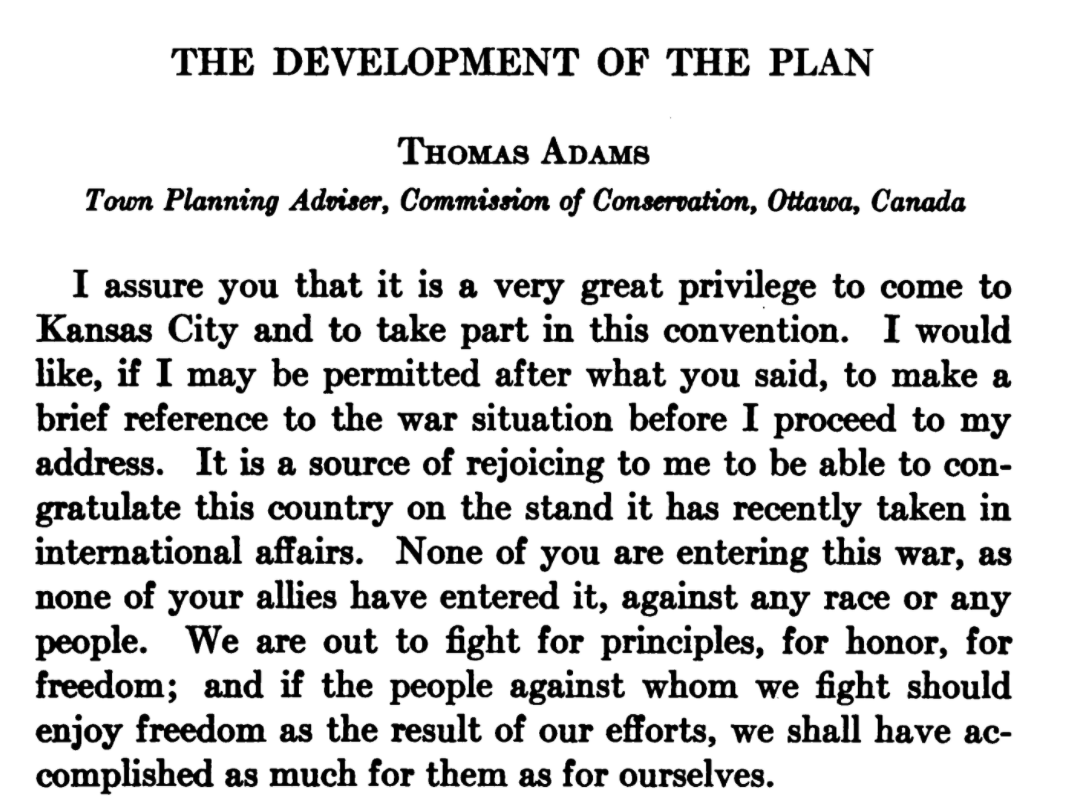
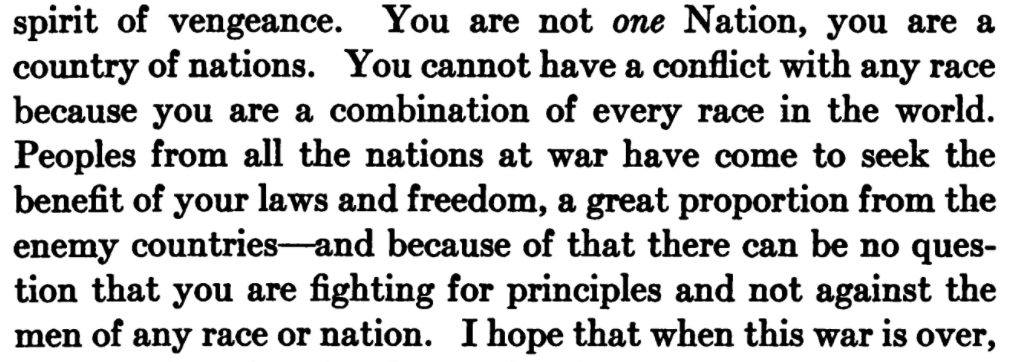



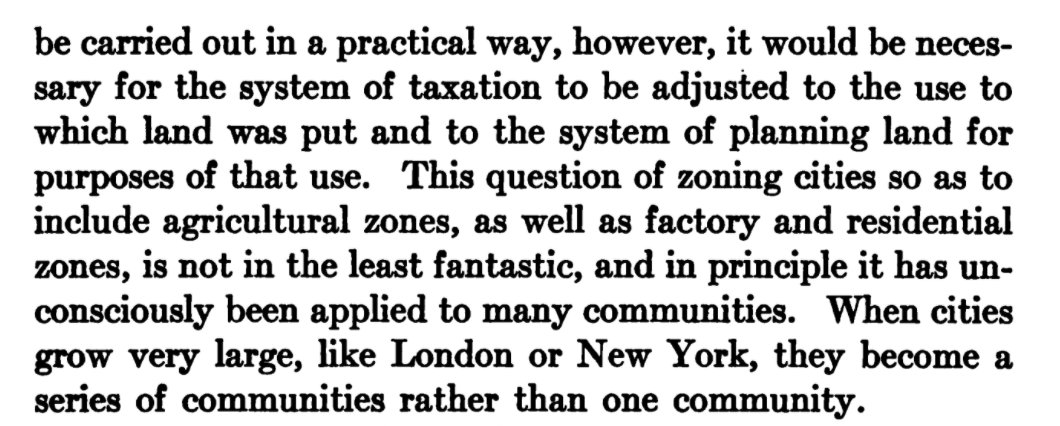








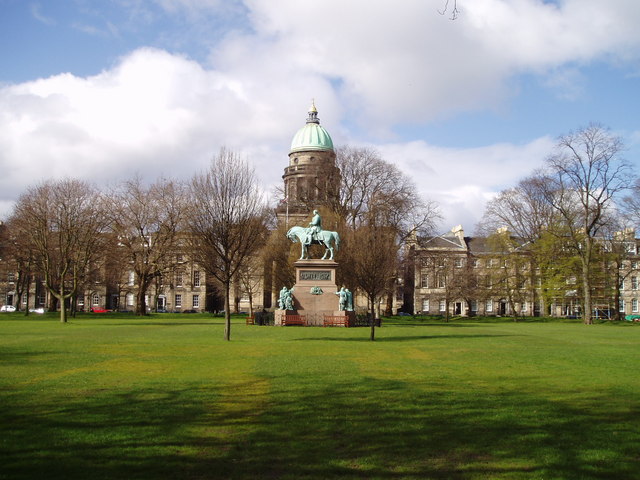

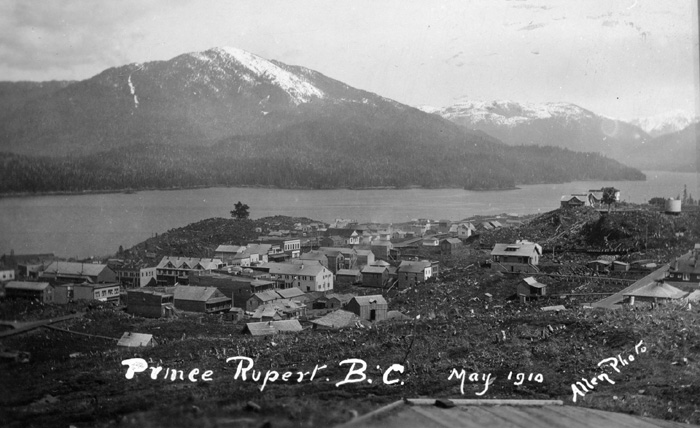

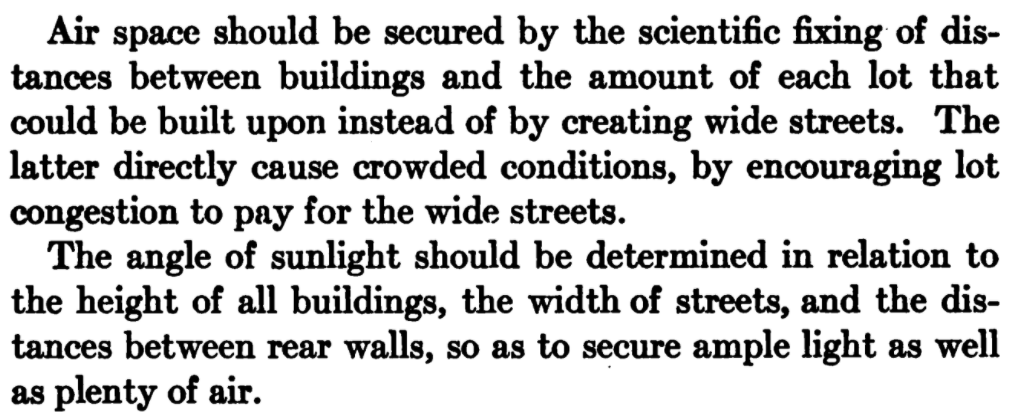

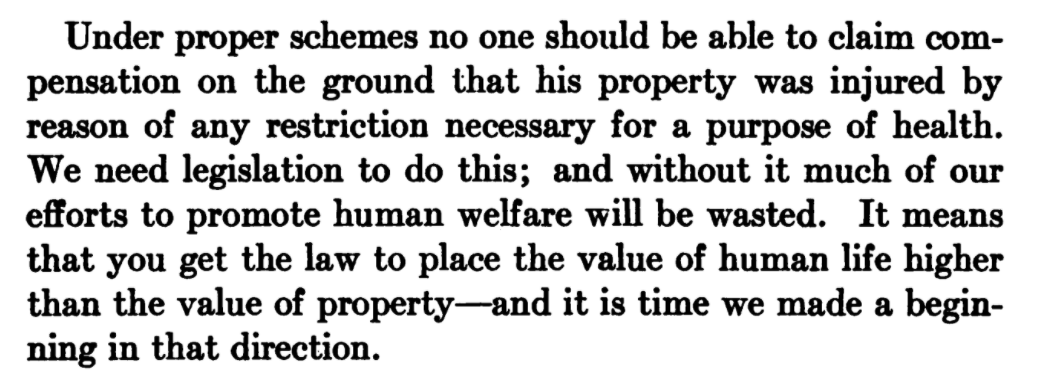
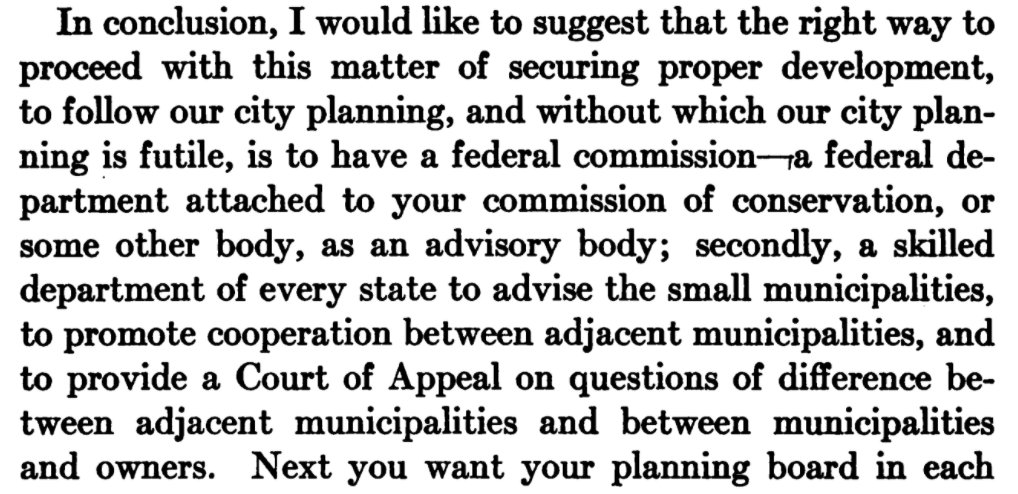
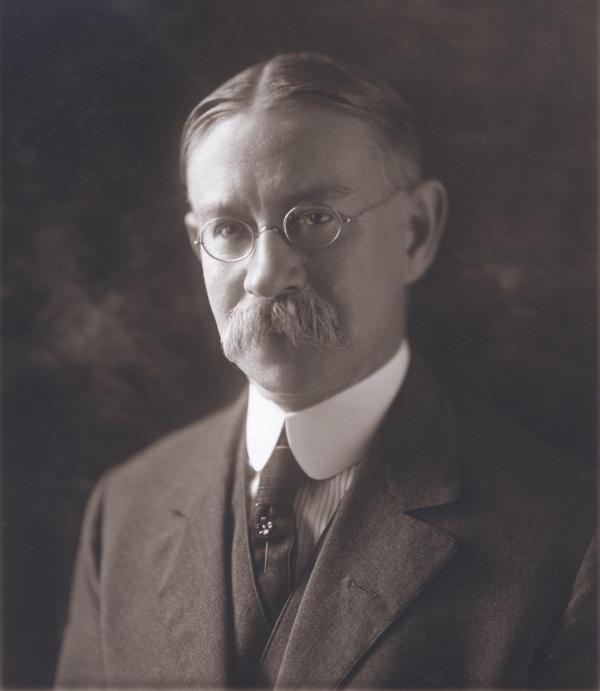




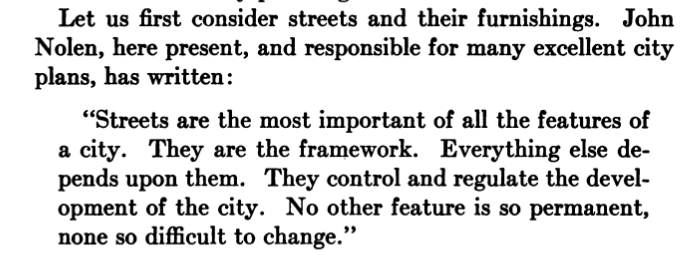
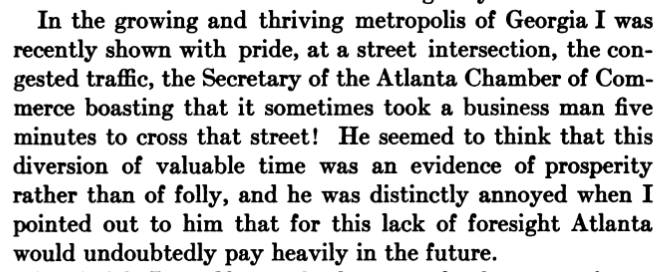
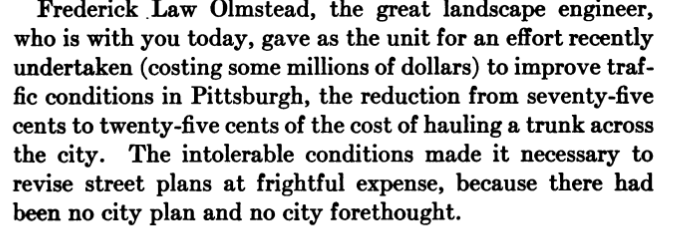


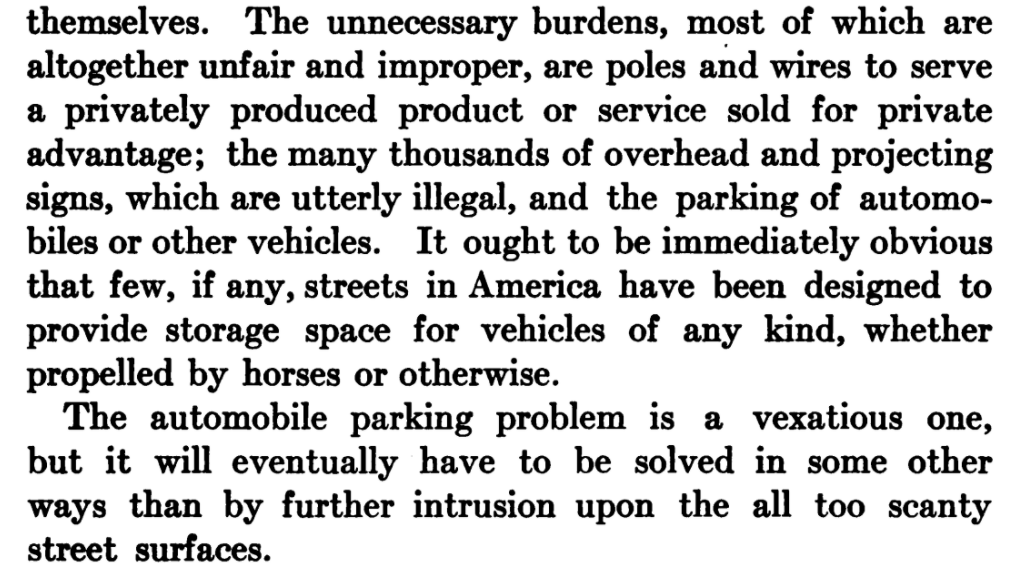



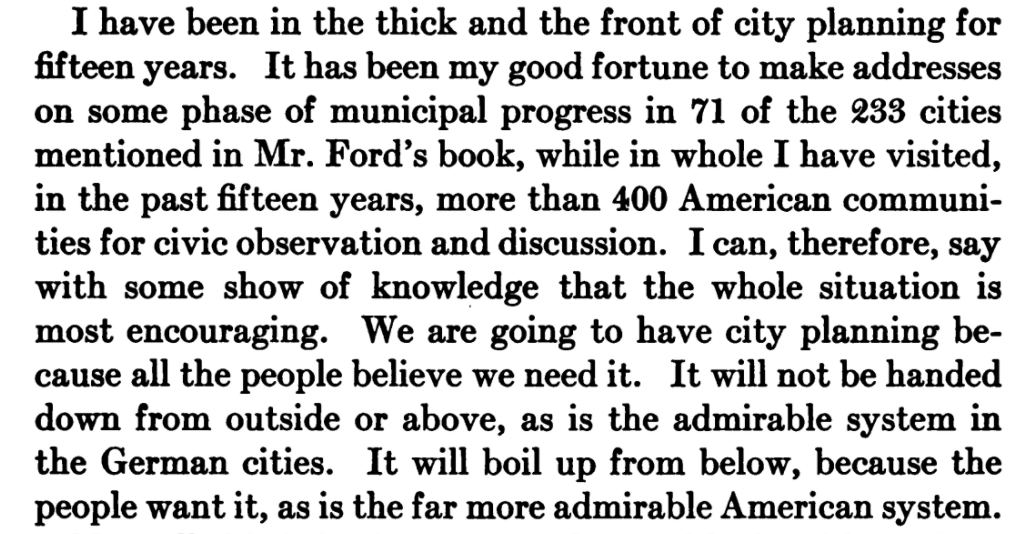
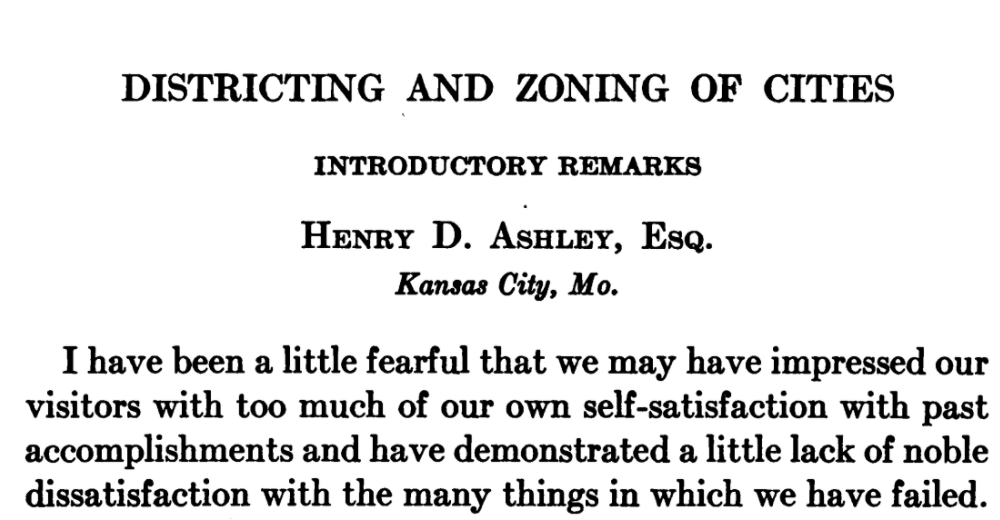

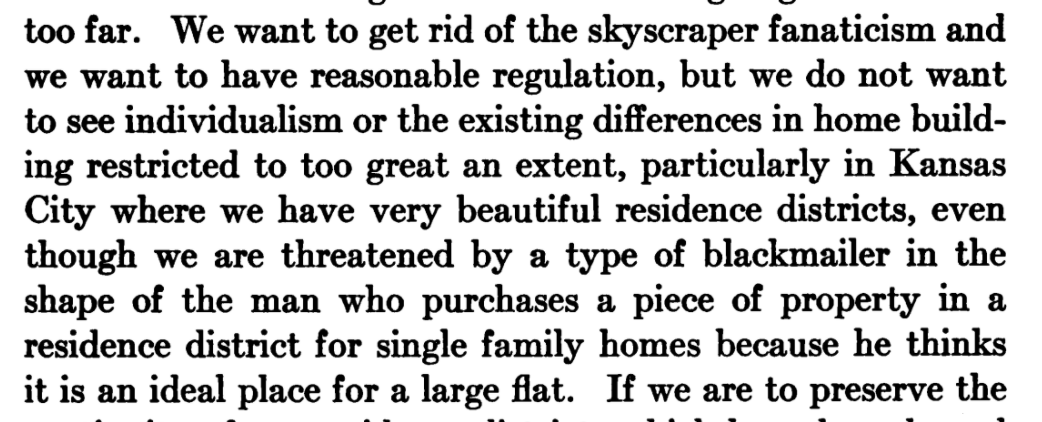
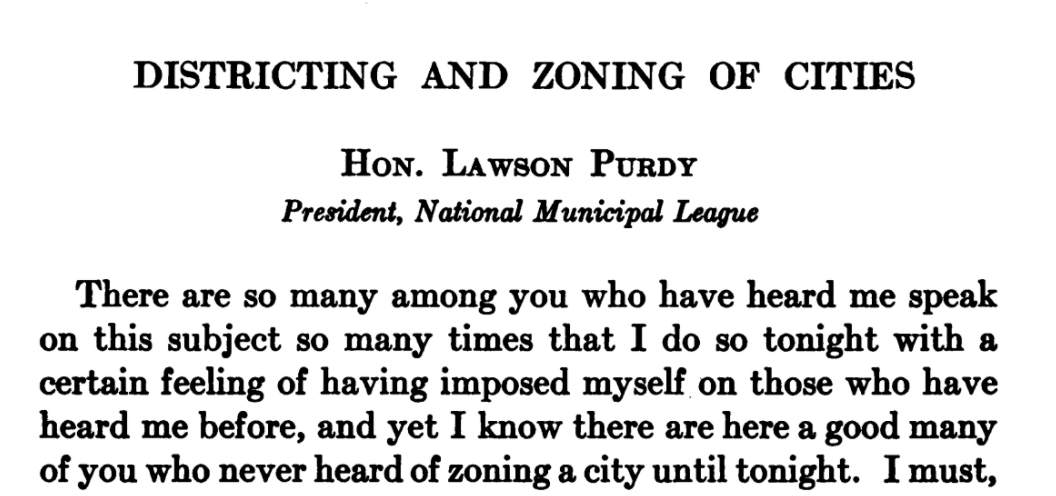


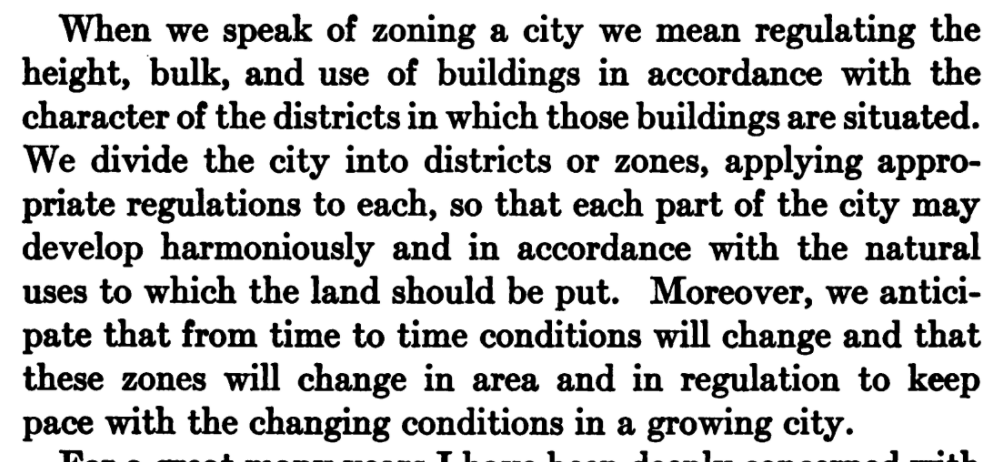
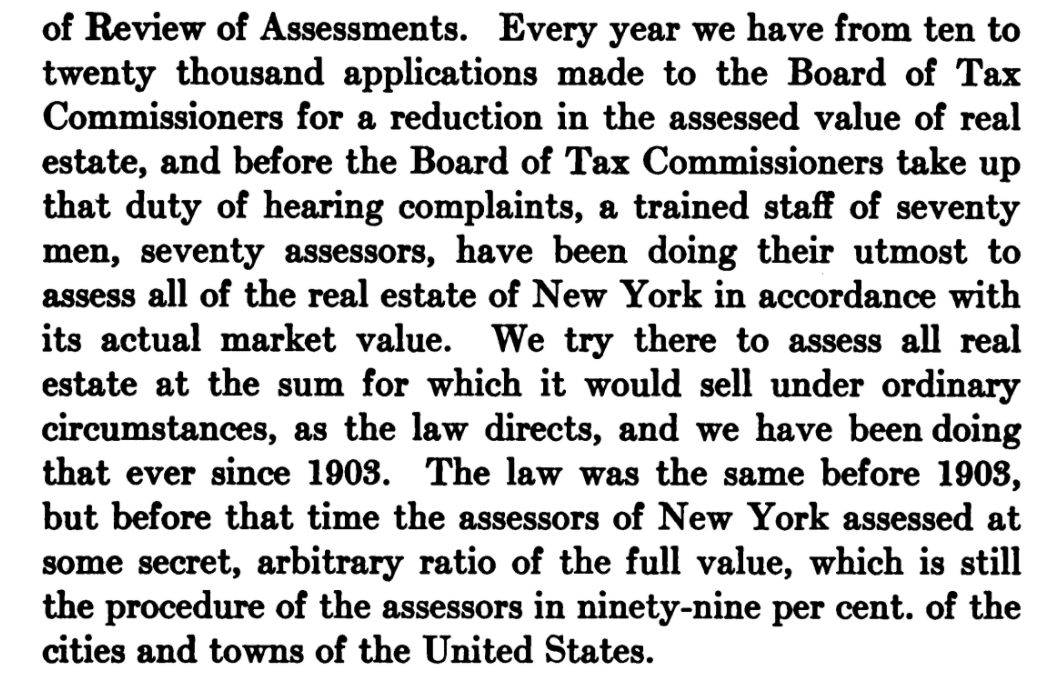

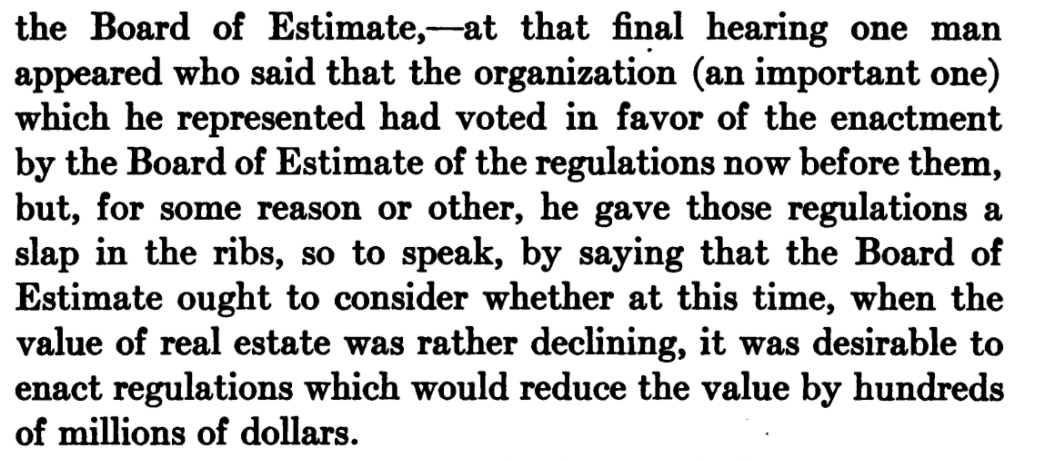
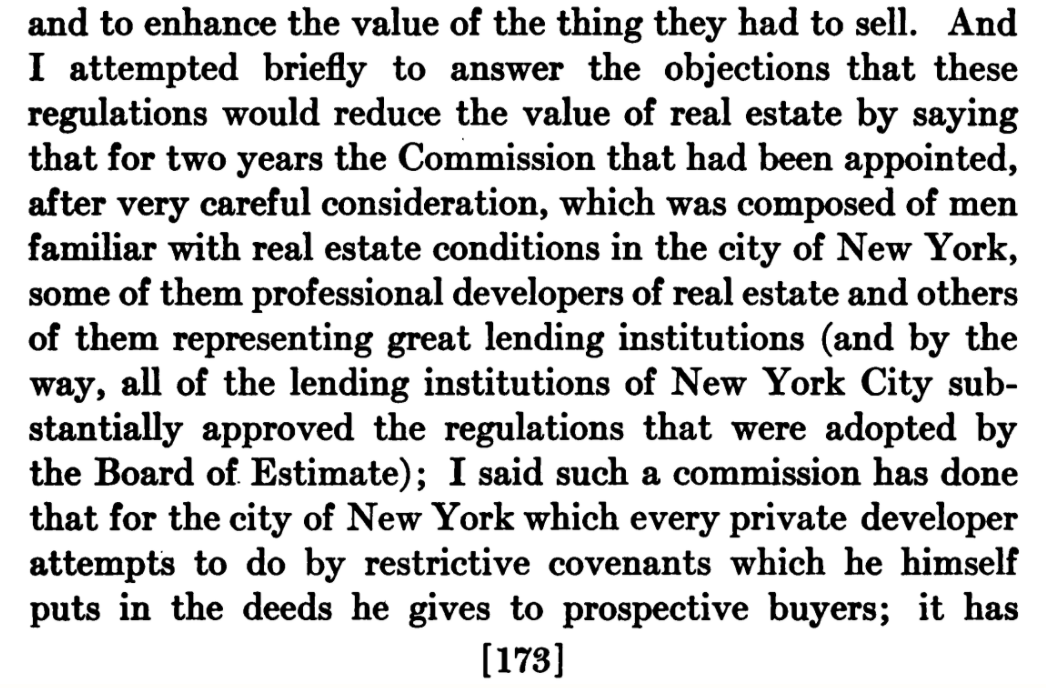
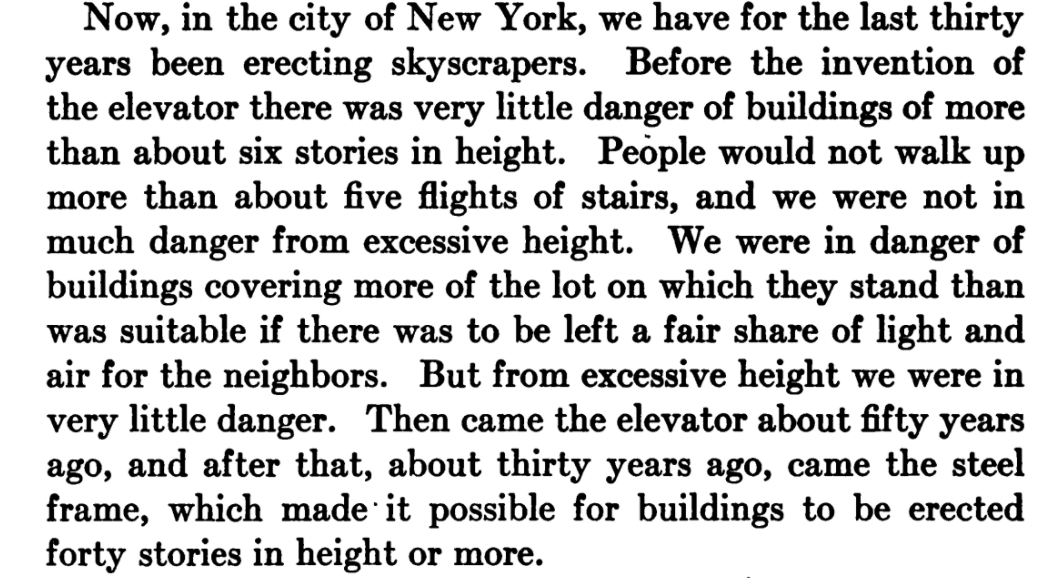
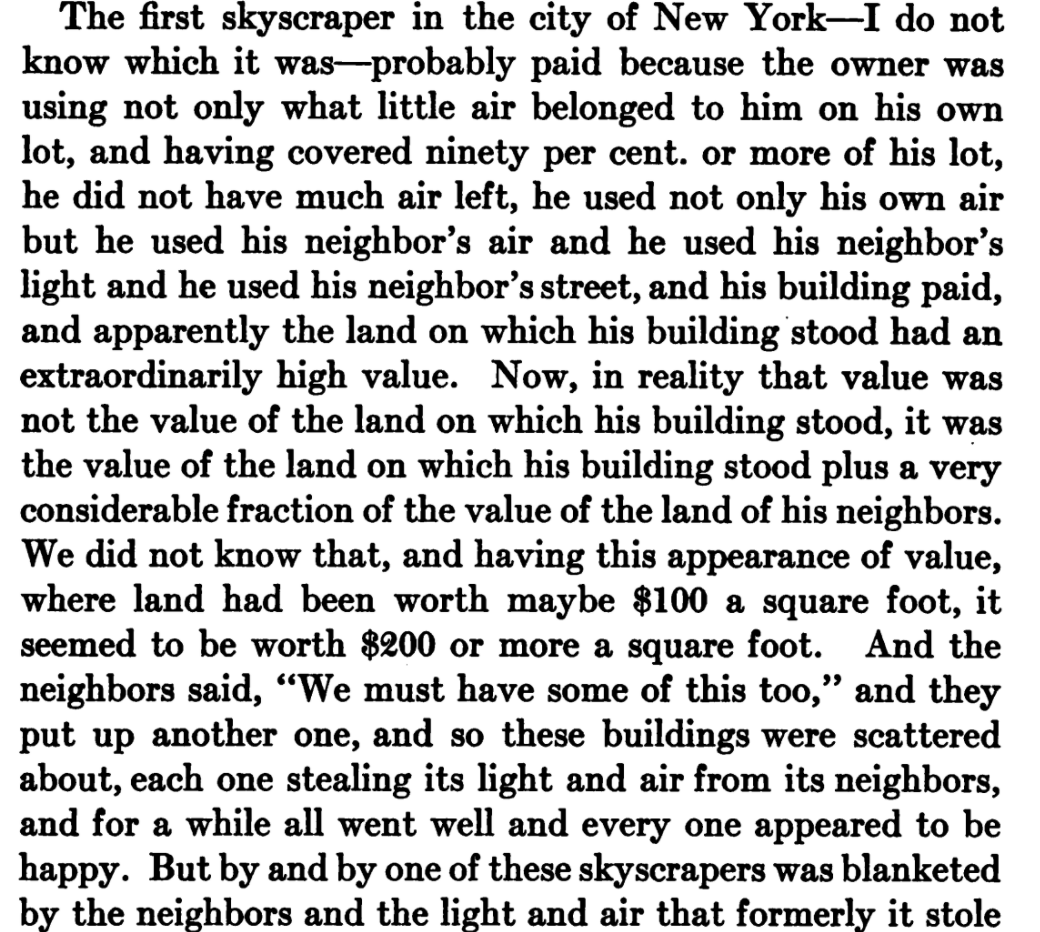 " title="Purdy lays out a horror story of skyscrapers in NYC: "For a while all went well and everyone appeared to be happy" but then too many people built homes "and the rents fell" and "there is no more light and air to steal" https://abs.twimg.com/emoji/v2/... draggable="false" alt="👻" title="Geist" aria-label="Emoji: Geist">" class="img-responsive" style="max-width:100%;"/>
" title="Purdy lays out a horror story of skyscrapers in NYC: "For a while all went well and everyone appeared to be happy" but then too many people built homes "and the rents fell" and "there is no more light and air to steal" https://abs.twimg.com/emoji/v2/... draggable="false" alt="👻" title="Geist" aria-label="Emoji: Geist">" class="img-responsive" style="max-width:100%;"/>
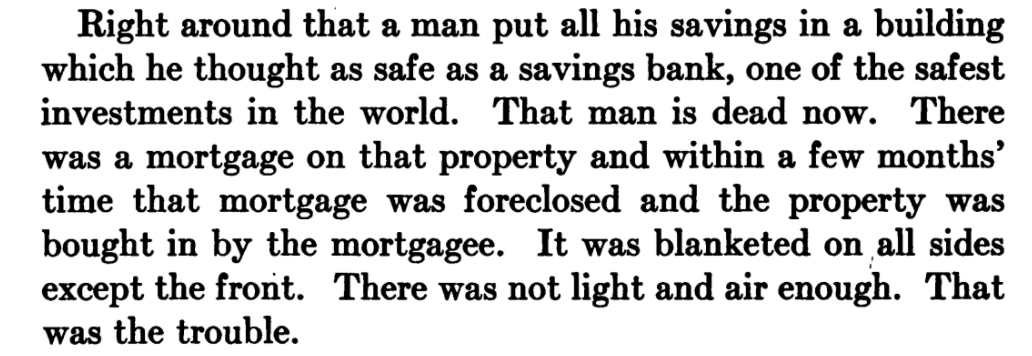
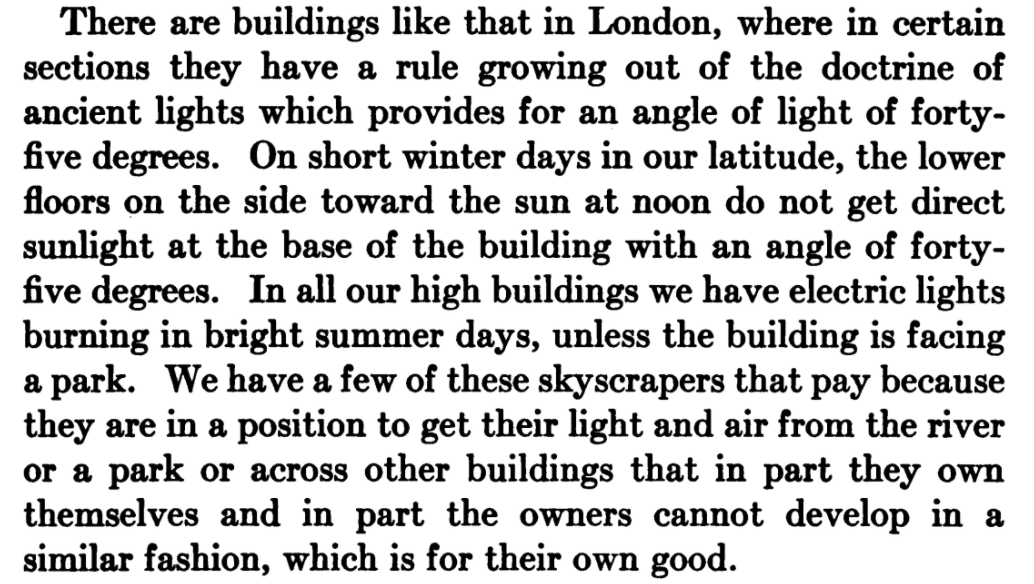
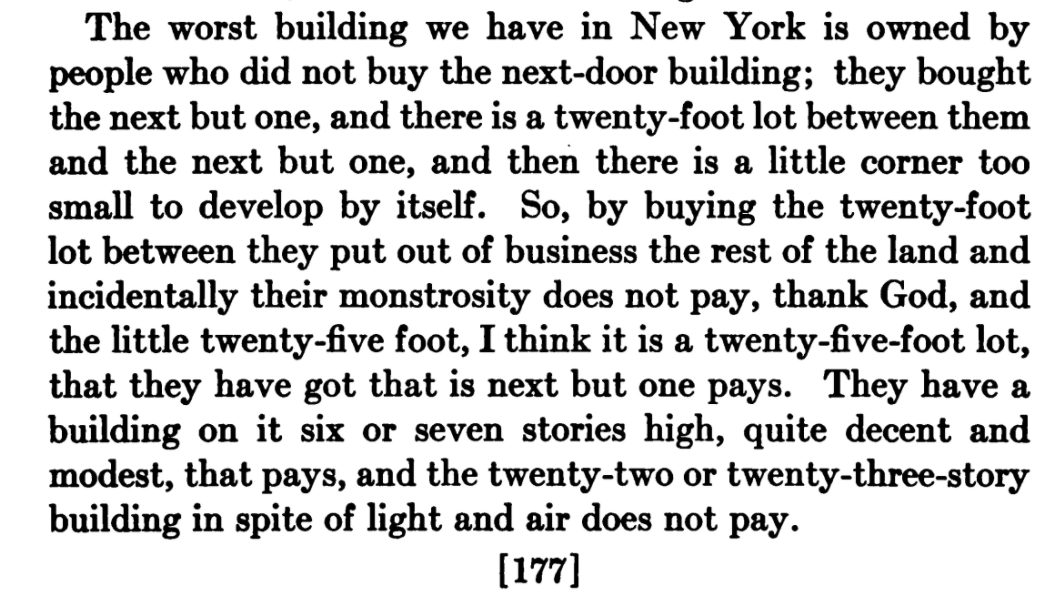


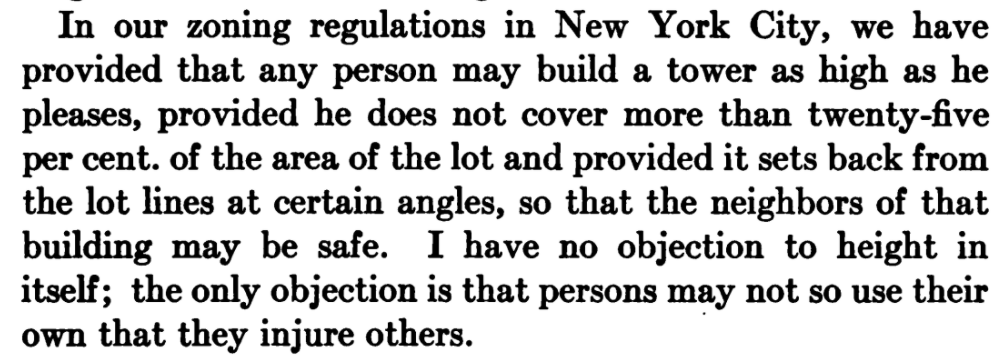

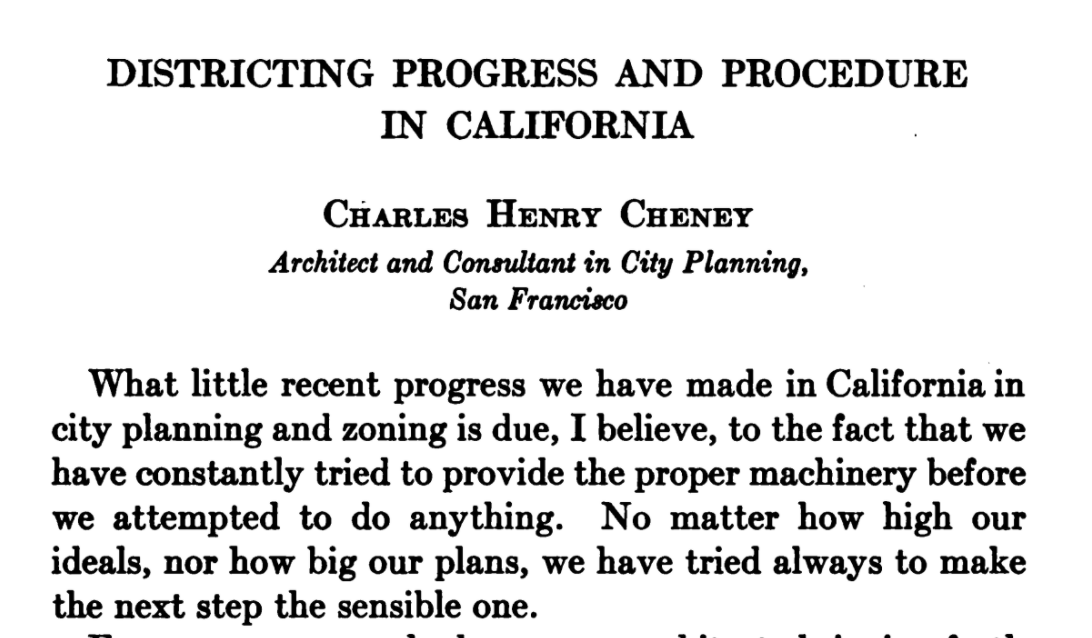
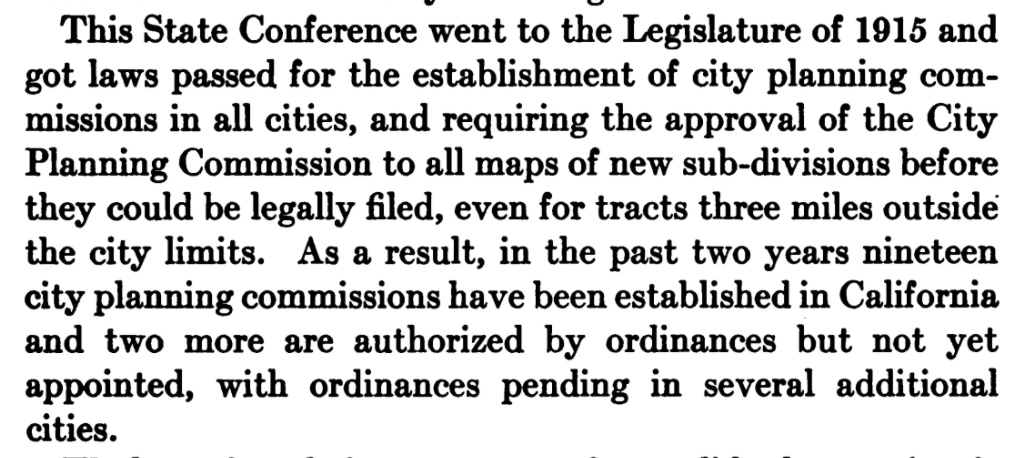


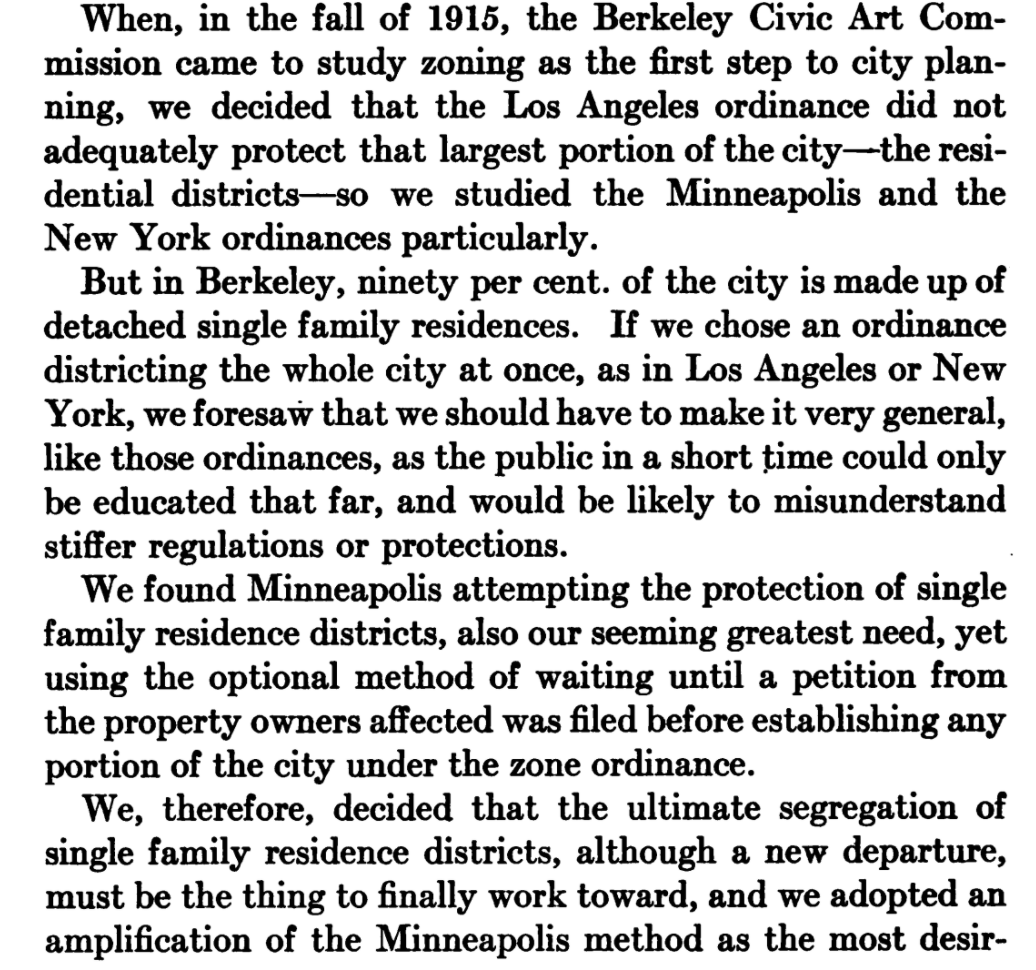
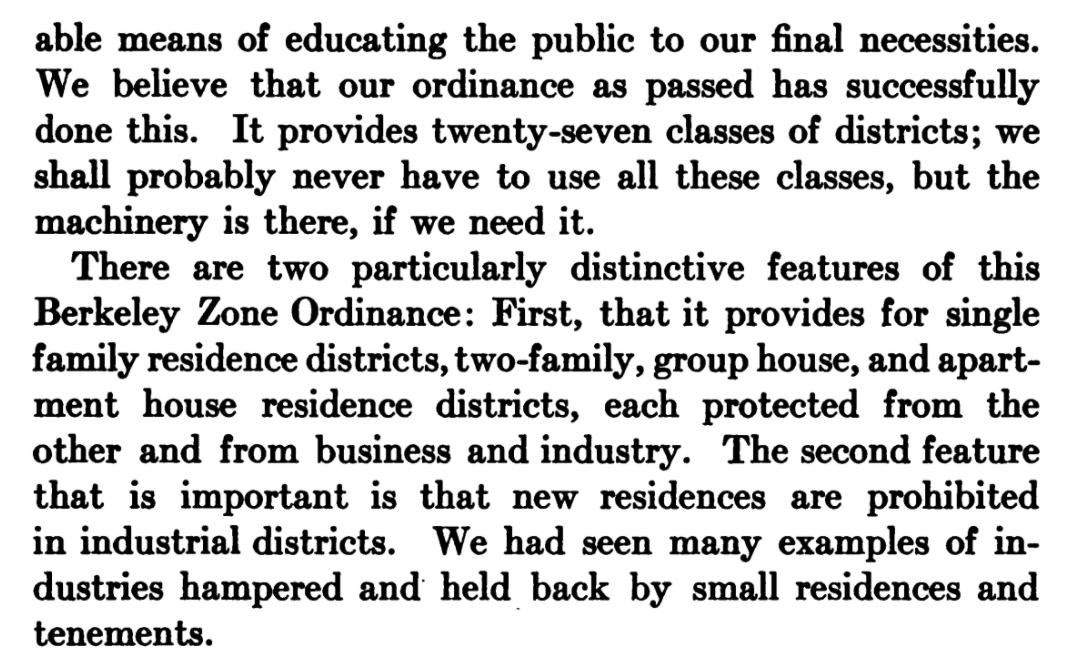

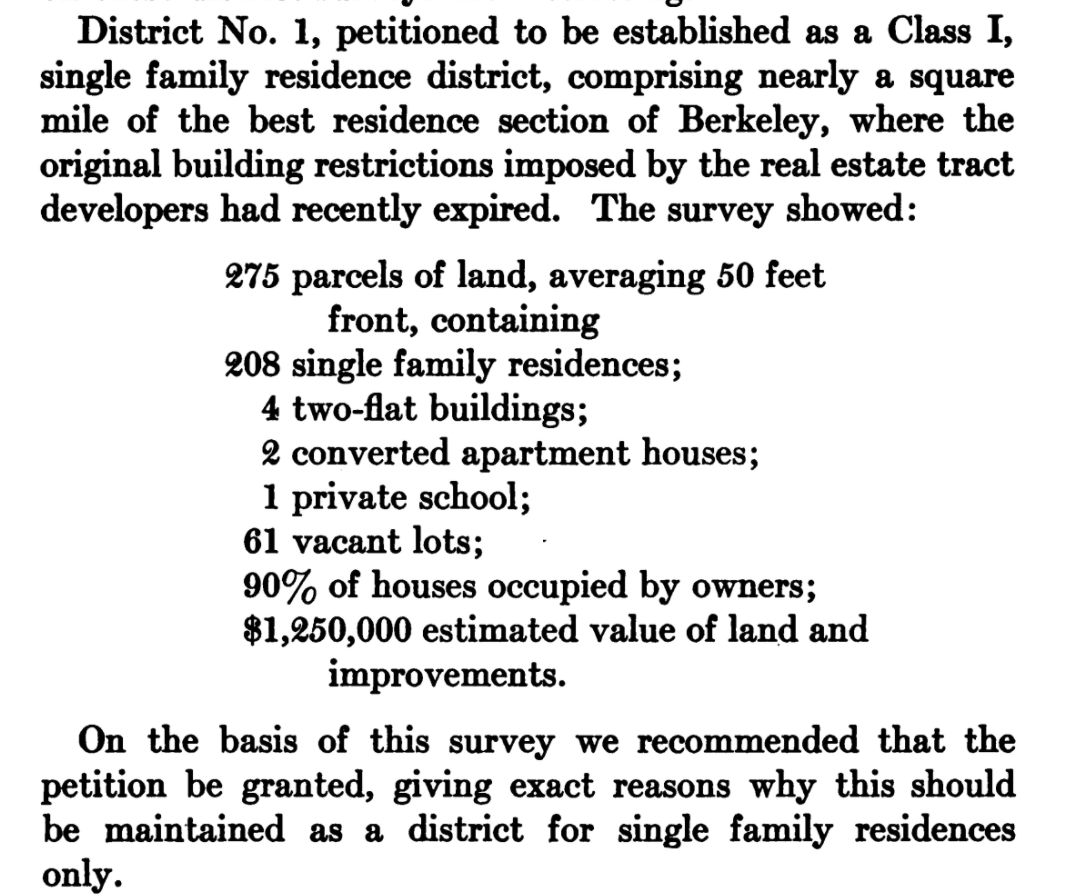
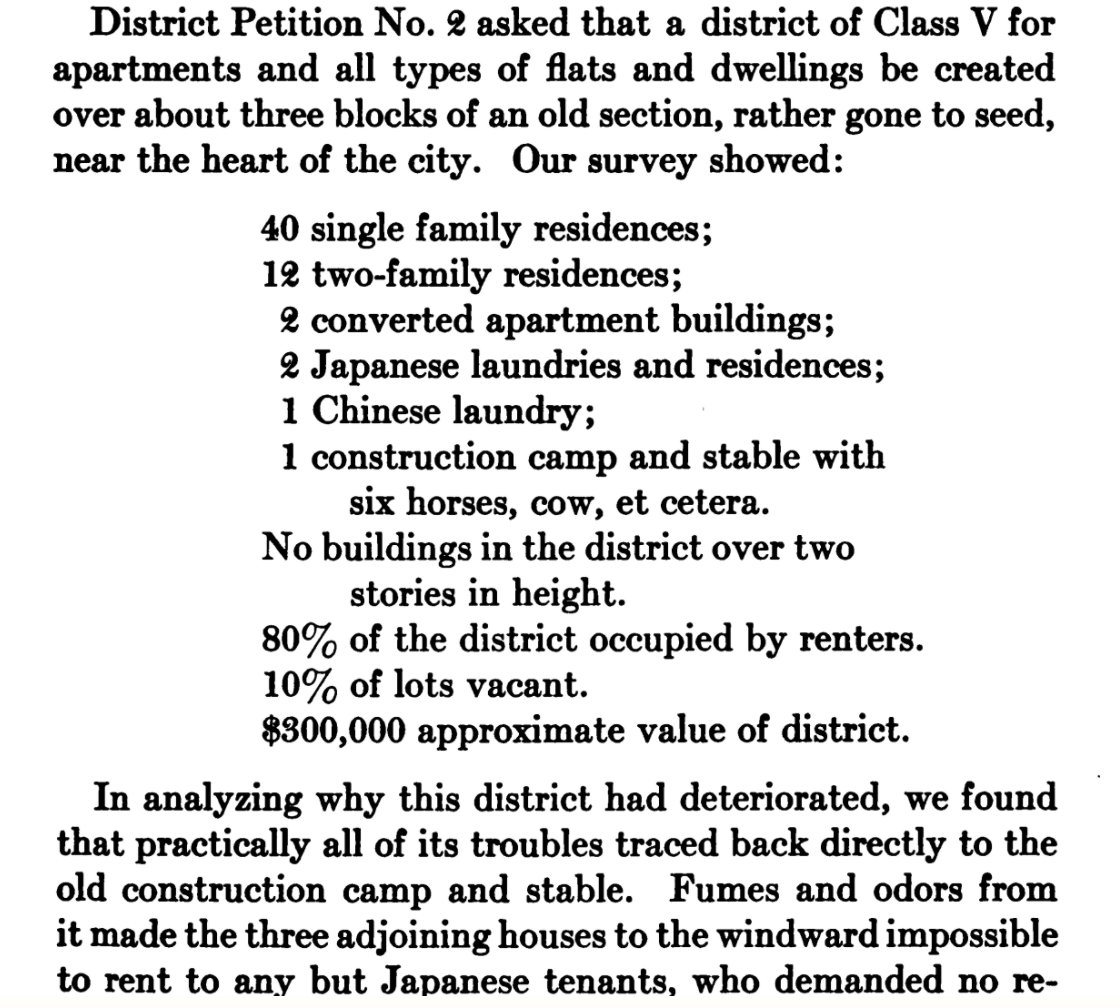

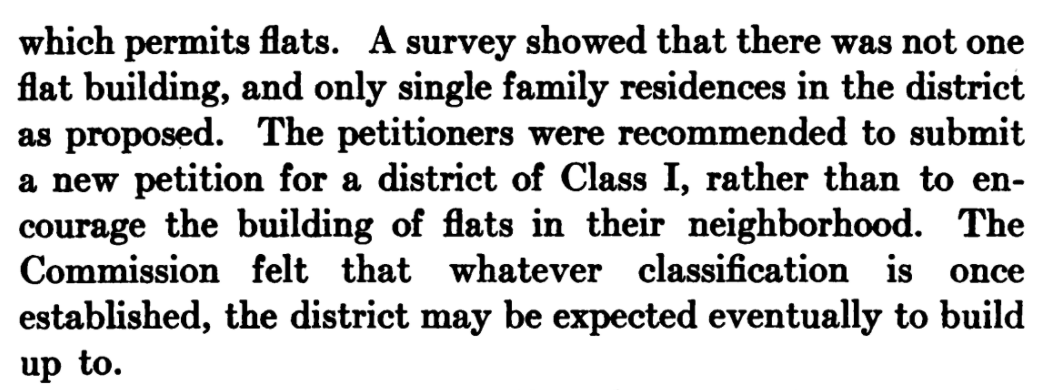



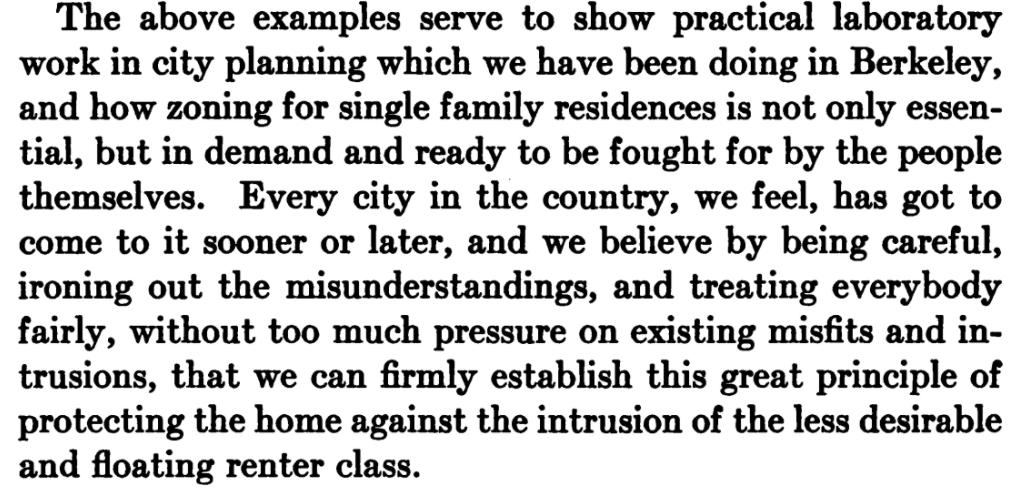
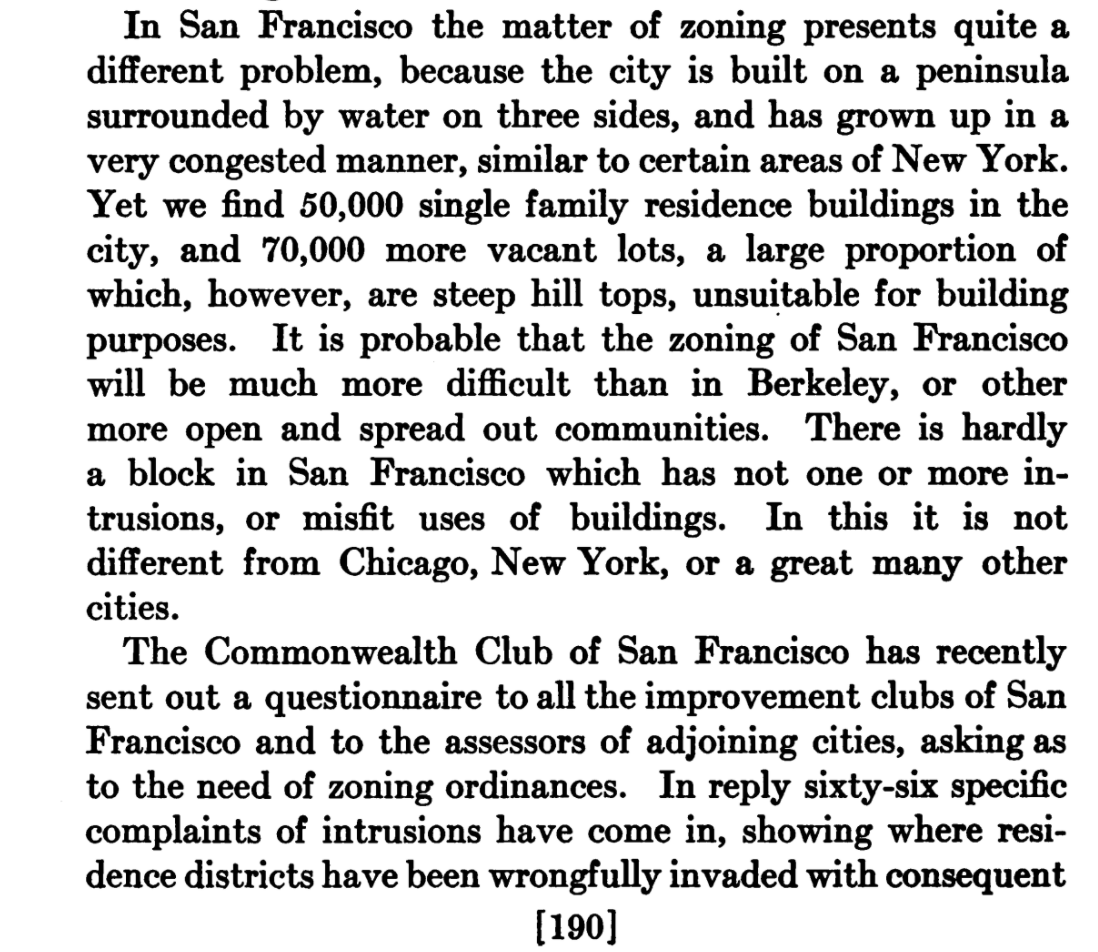
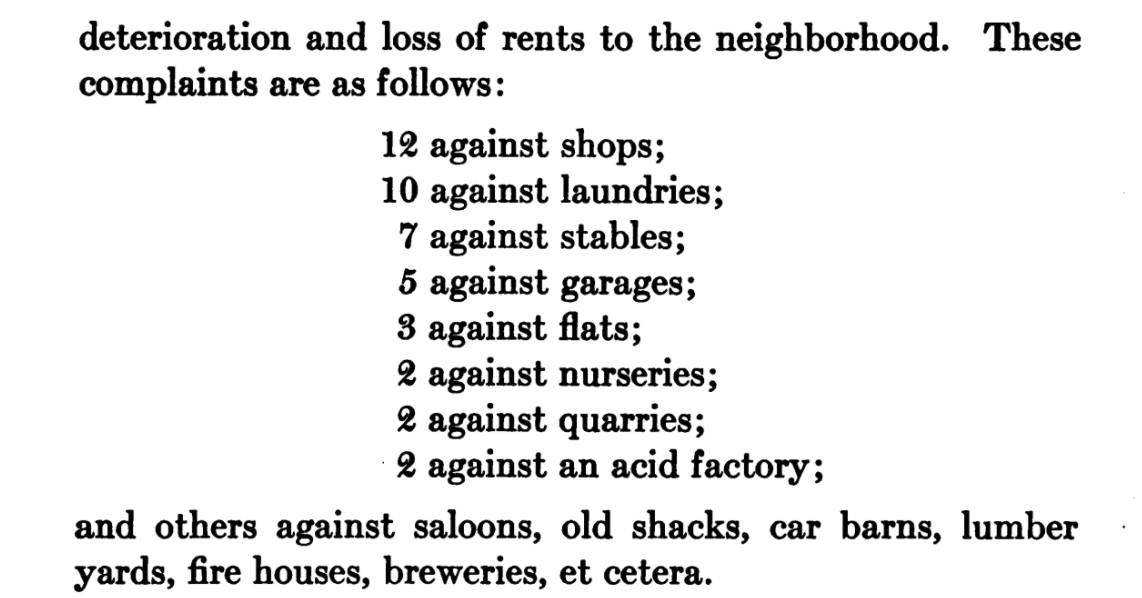
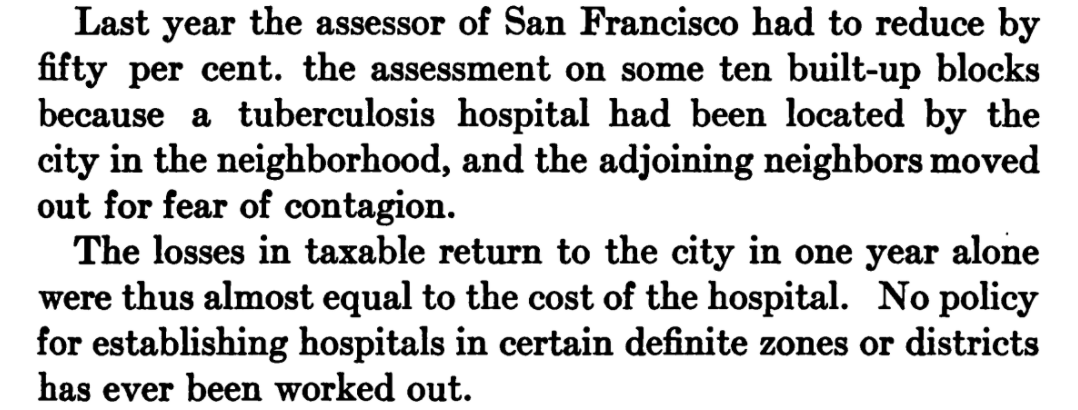
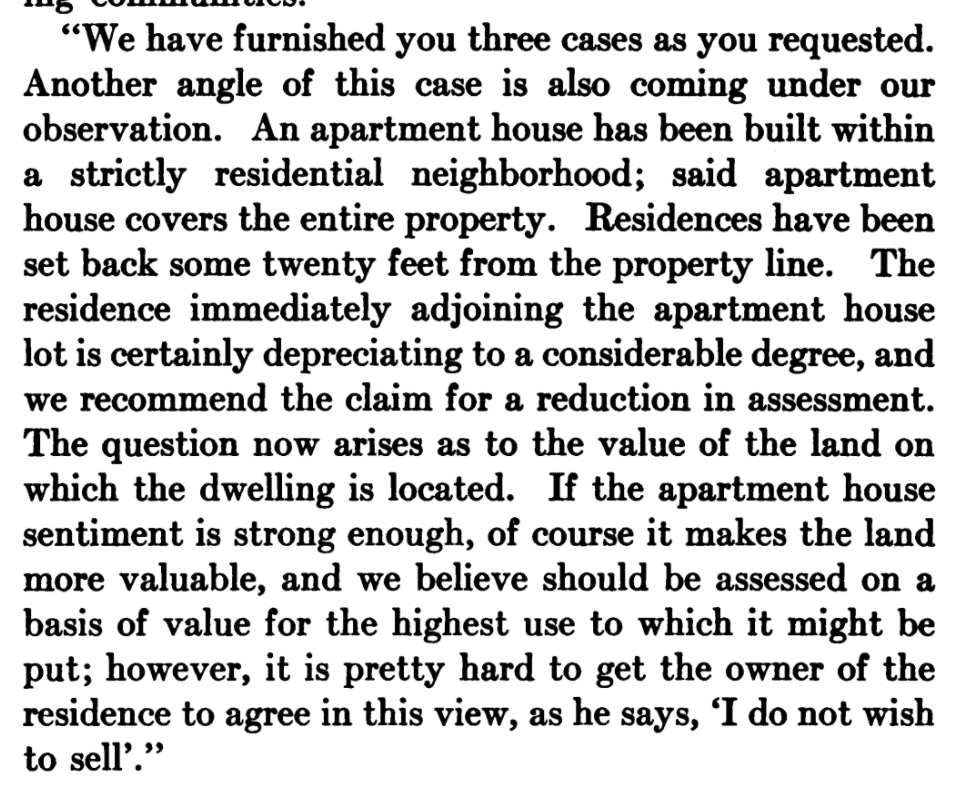
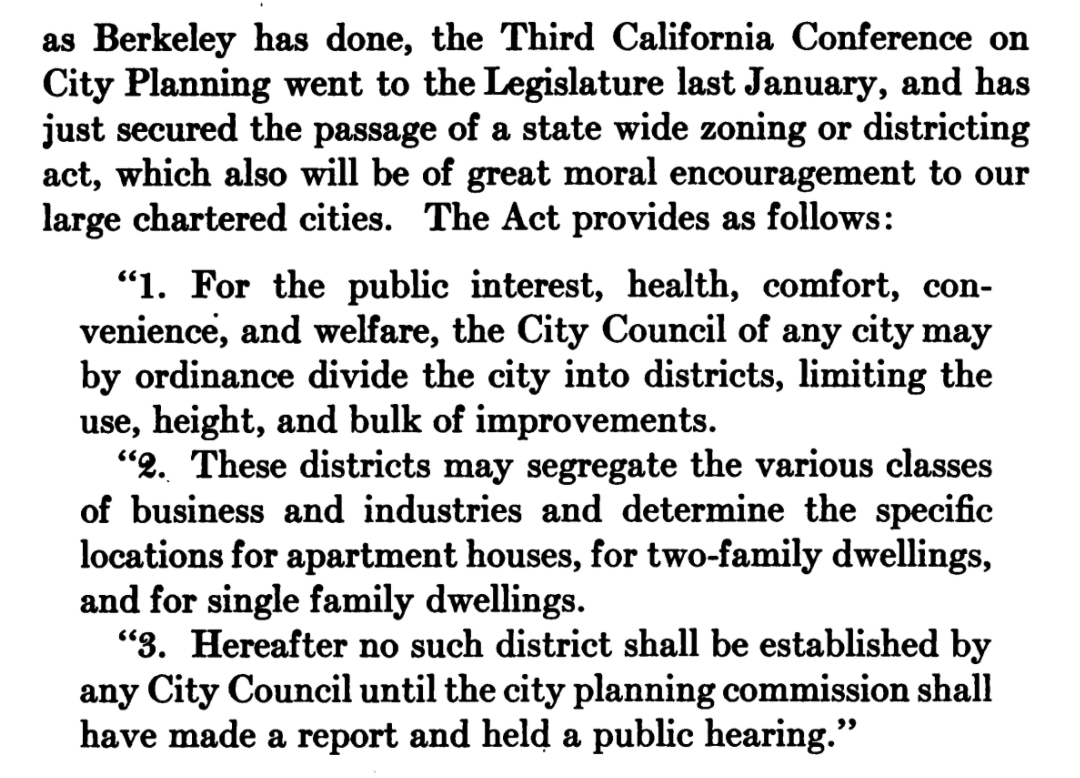

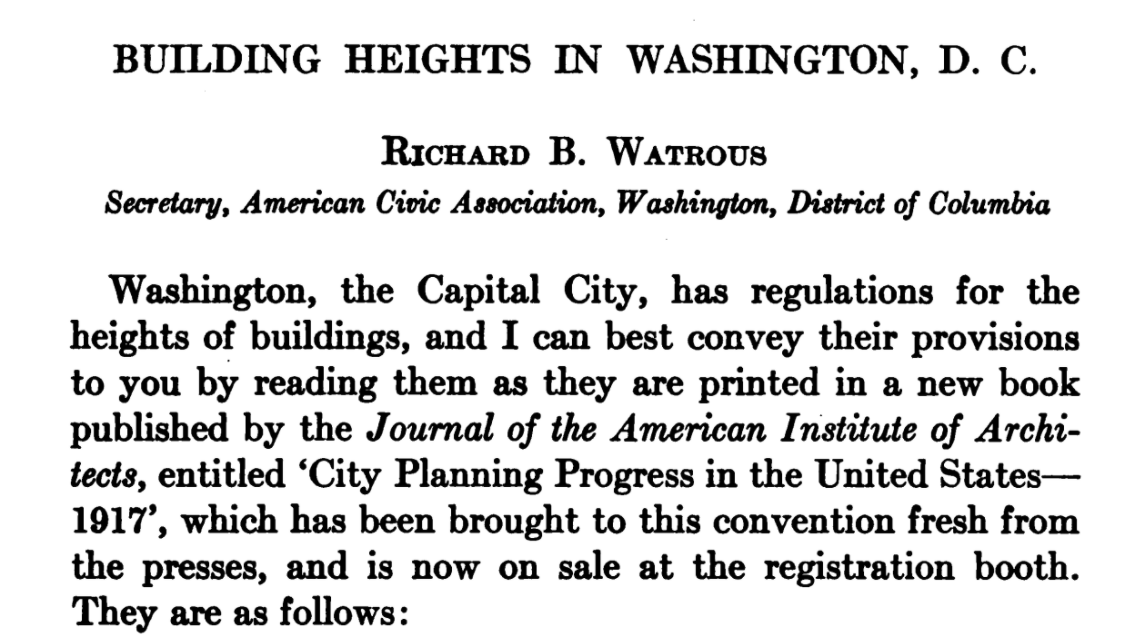

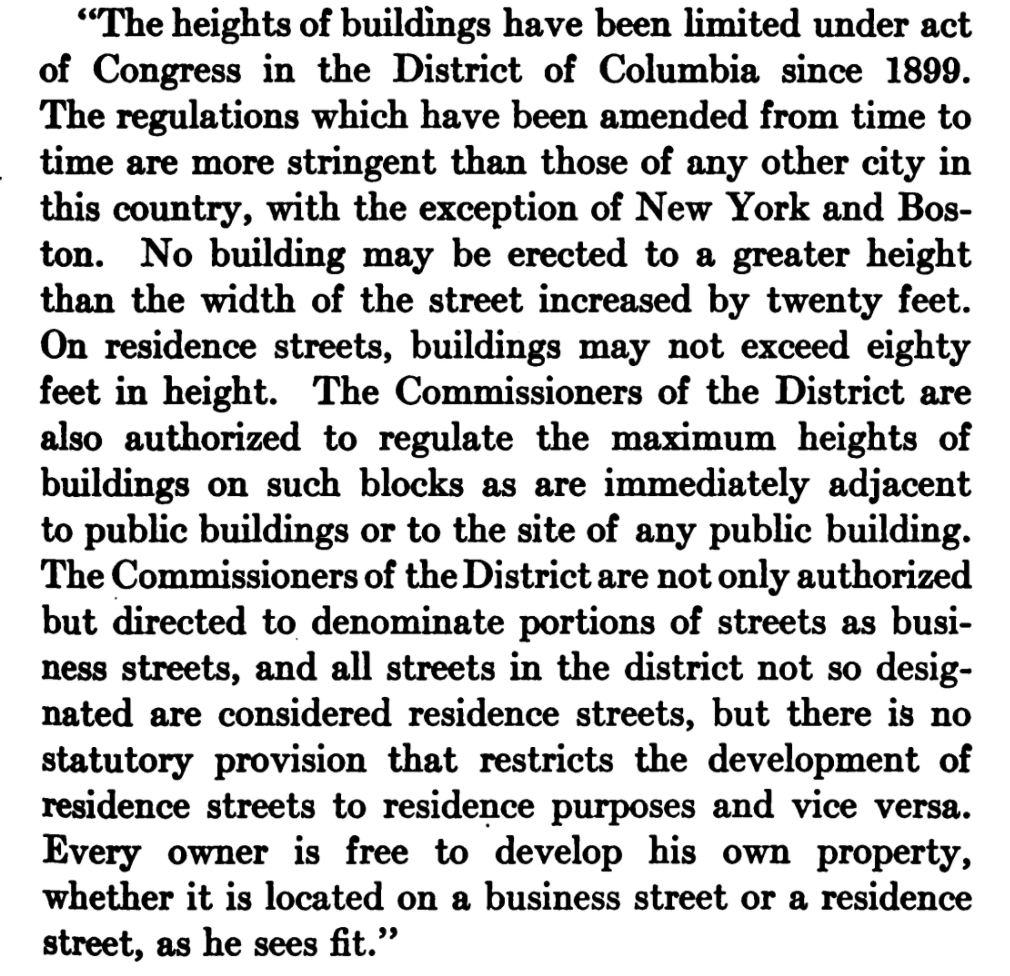

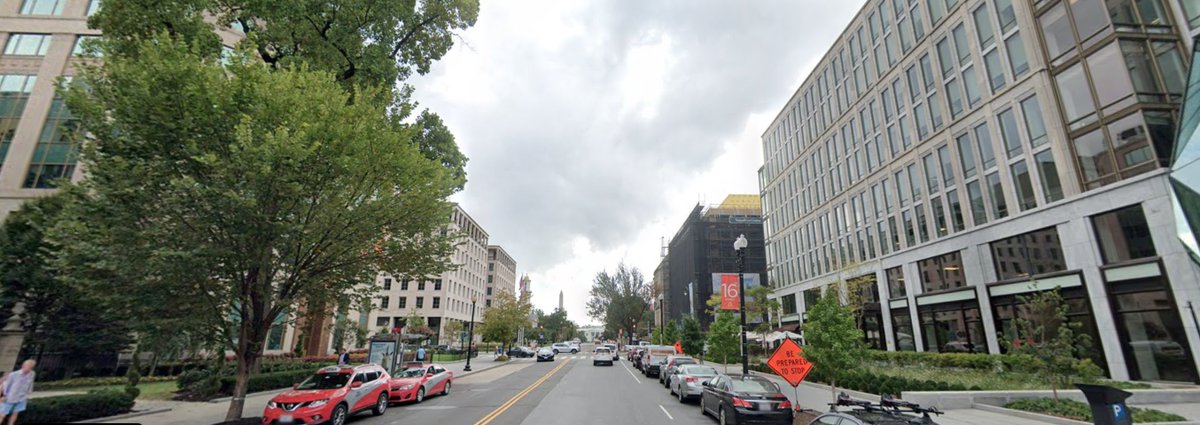
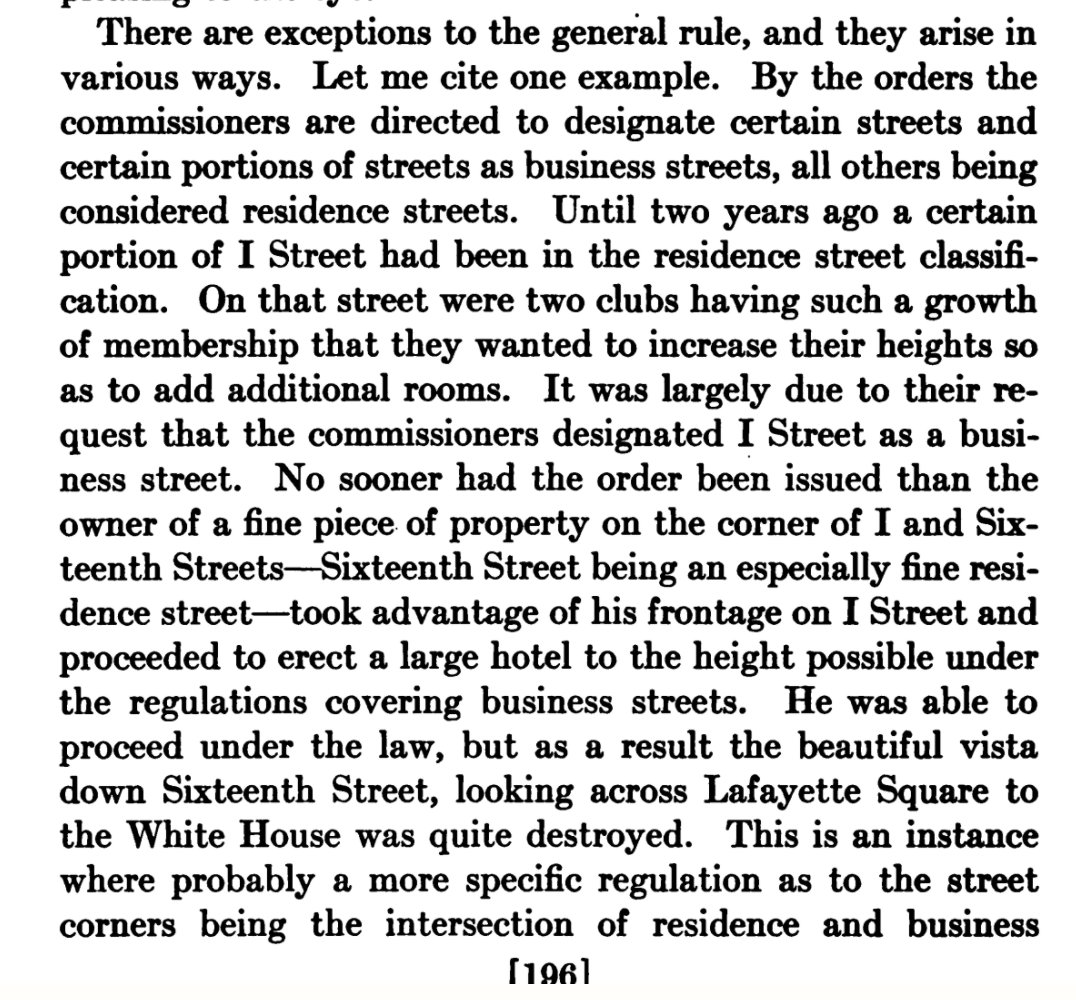

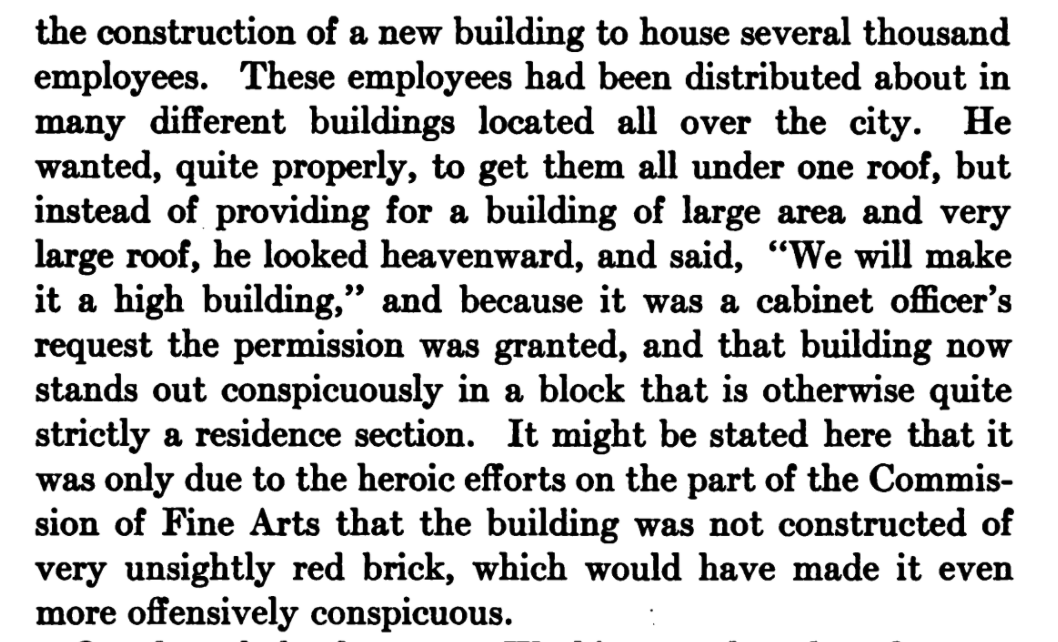 " title="Similarly there is a constant threat of Congress noticing that elevators exist and granting exceptions as needed for government buildings: "that building now stands out conspicuously" https://abs.twimg.com/emoji/v2/... draggable="false" alt="👻" title="Geist" aria-label="Emoji: Geist">" class="img-responsive" style="max-width:100%;"/>
" title="Similarly there is a constant threat of Congress noticing that elevators exist and granting exceptions as needed for government buildings: "that building now stands out conspicuously" https://abs.twimg.com/emoji/v2/... draggable="false" alt="👻" title="Geist" aria-label="Emoji: Geist">" class="img-responsive" style="max-width:100%;"/>
